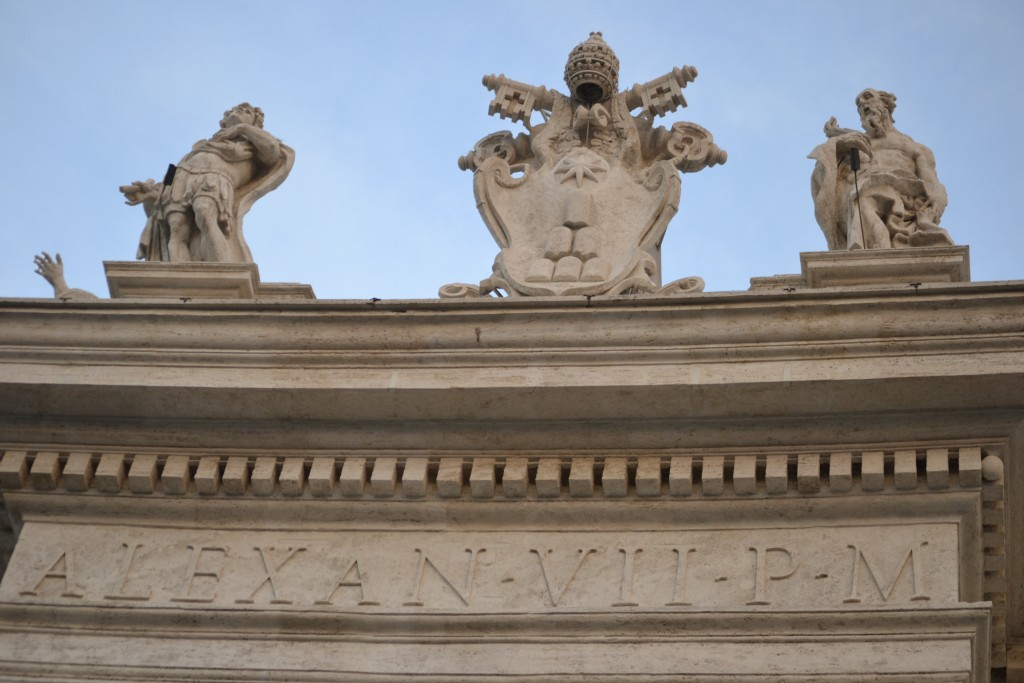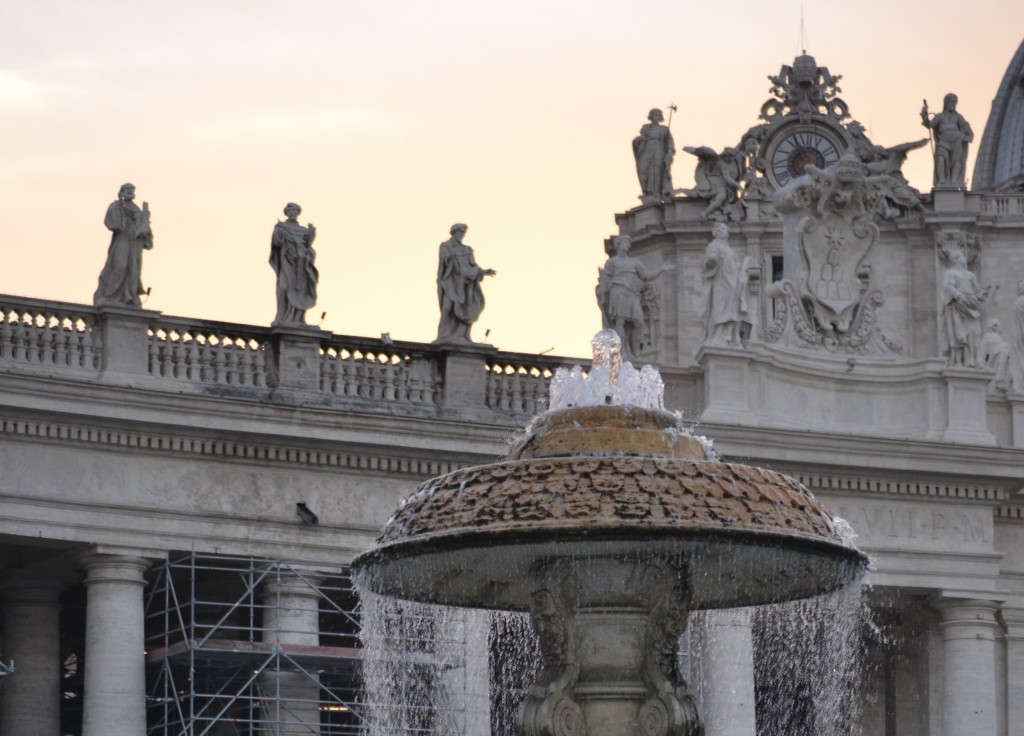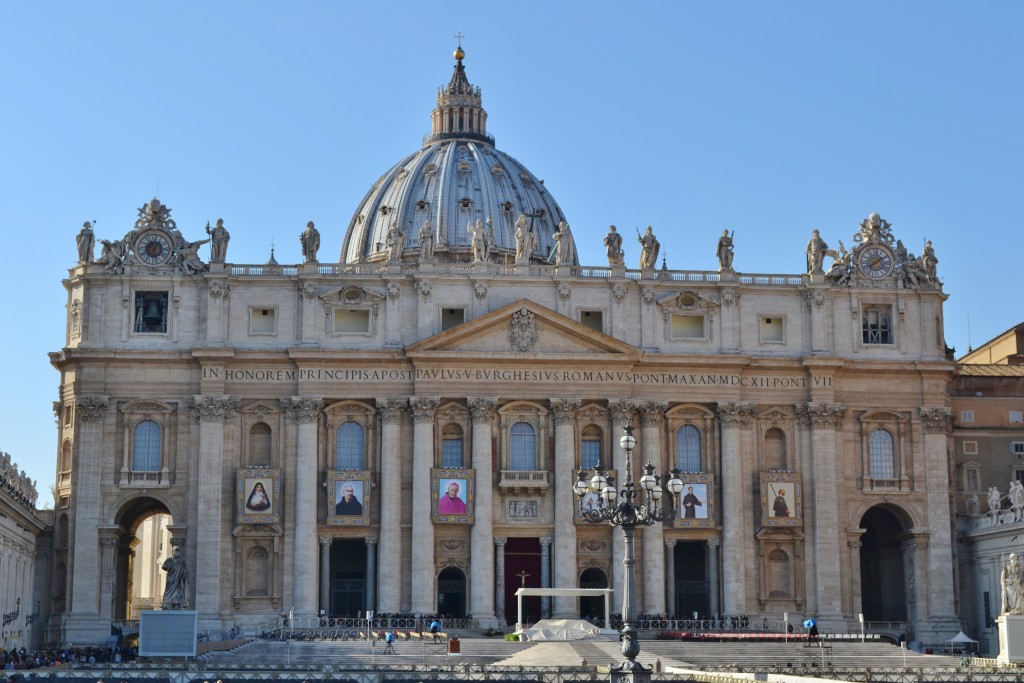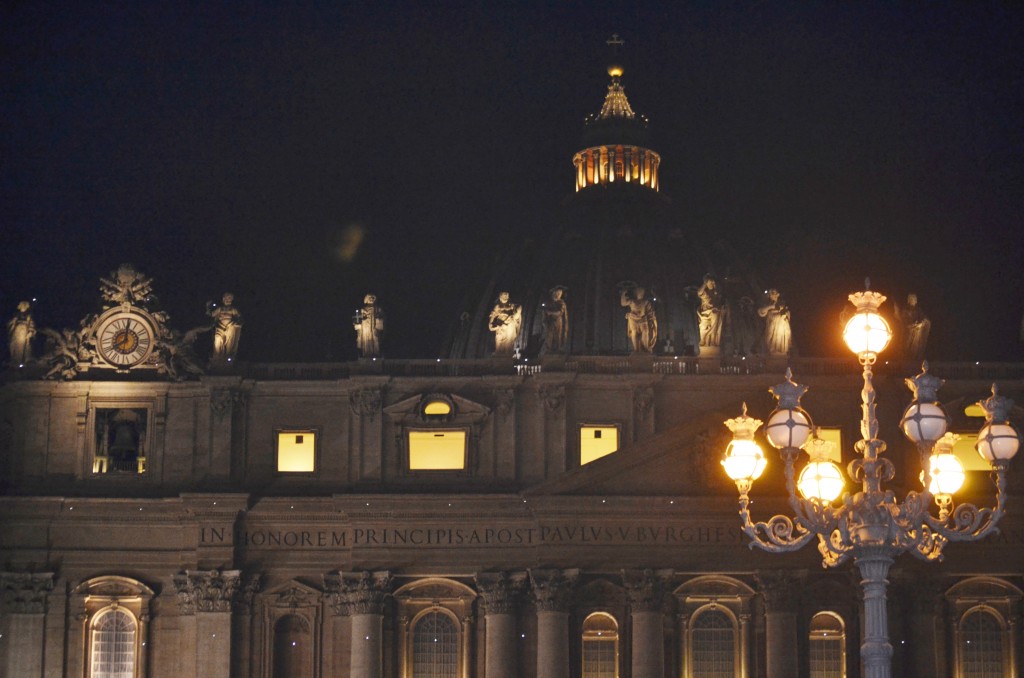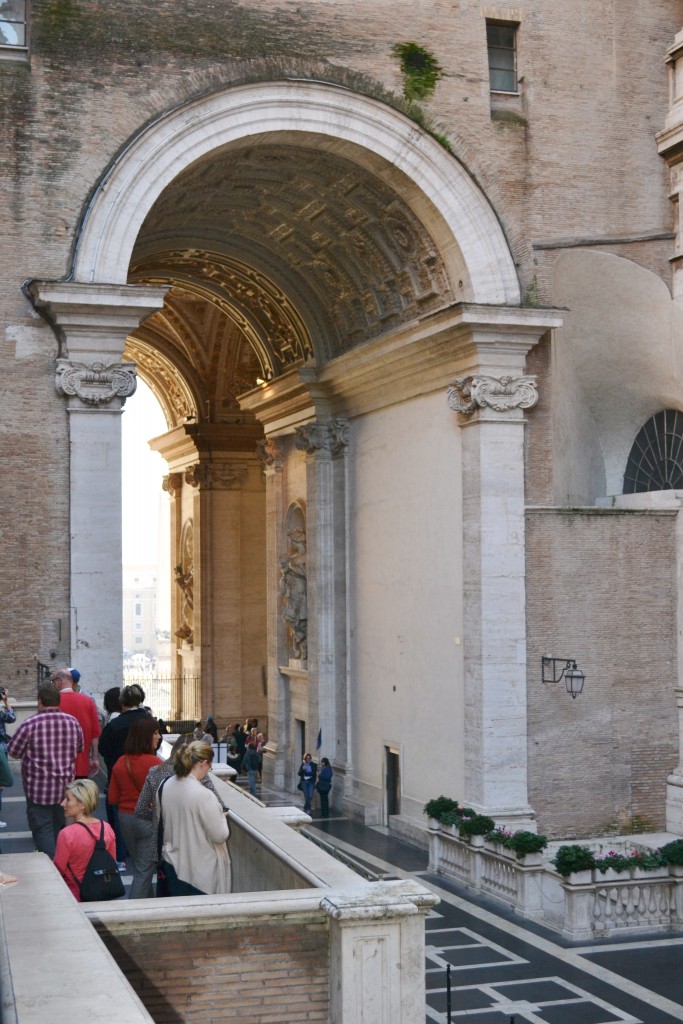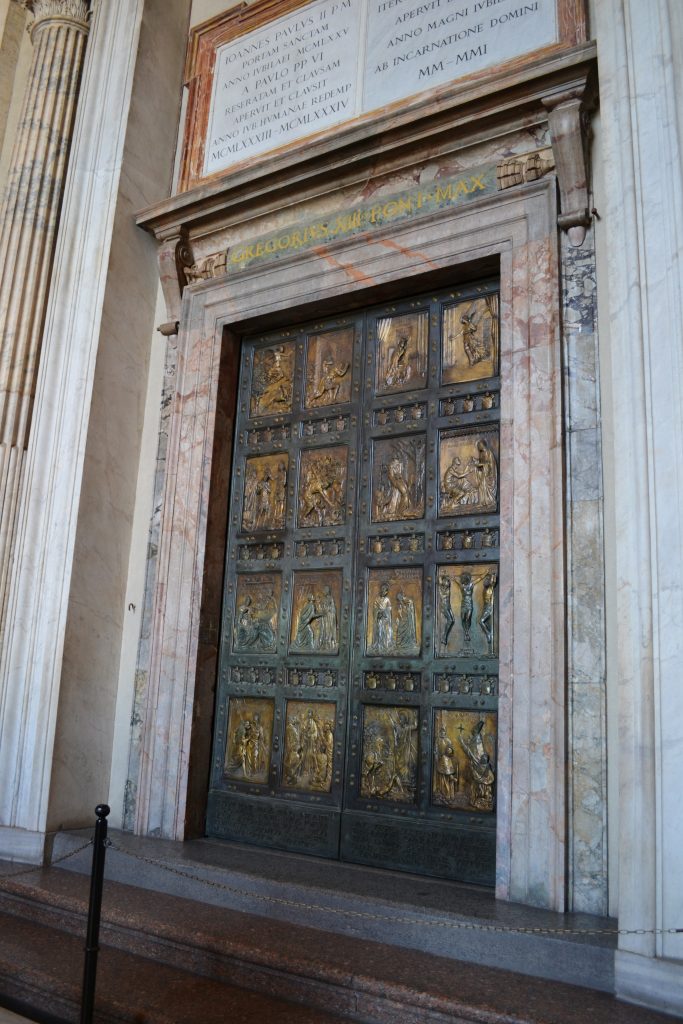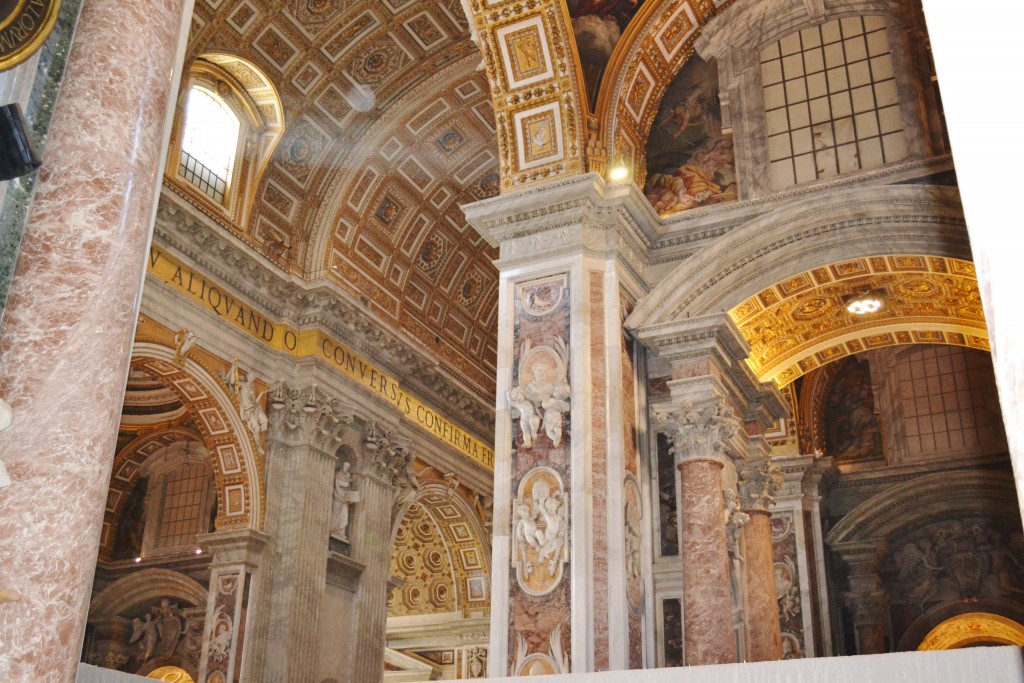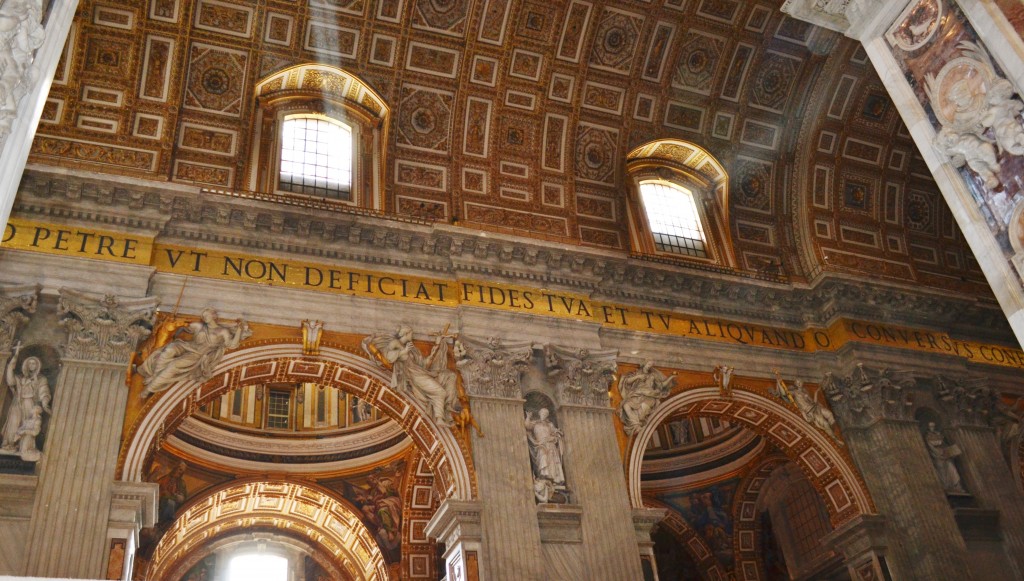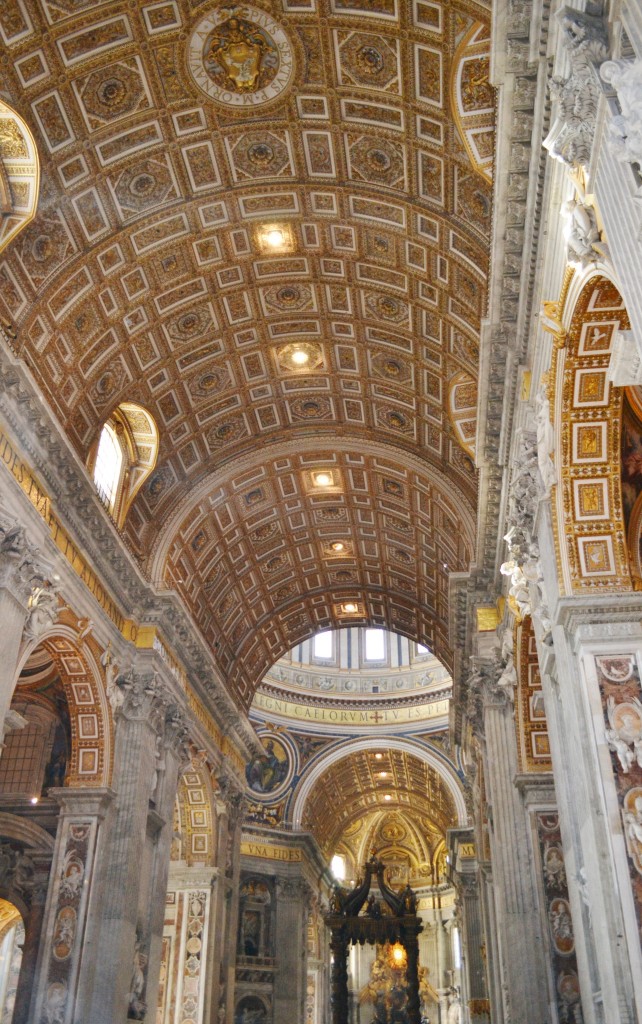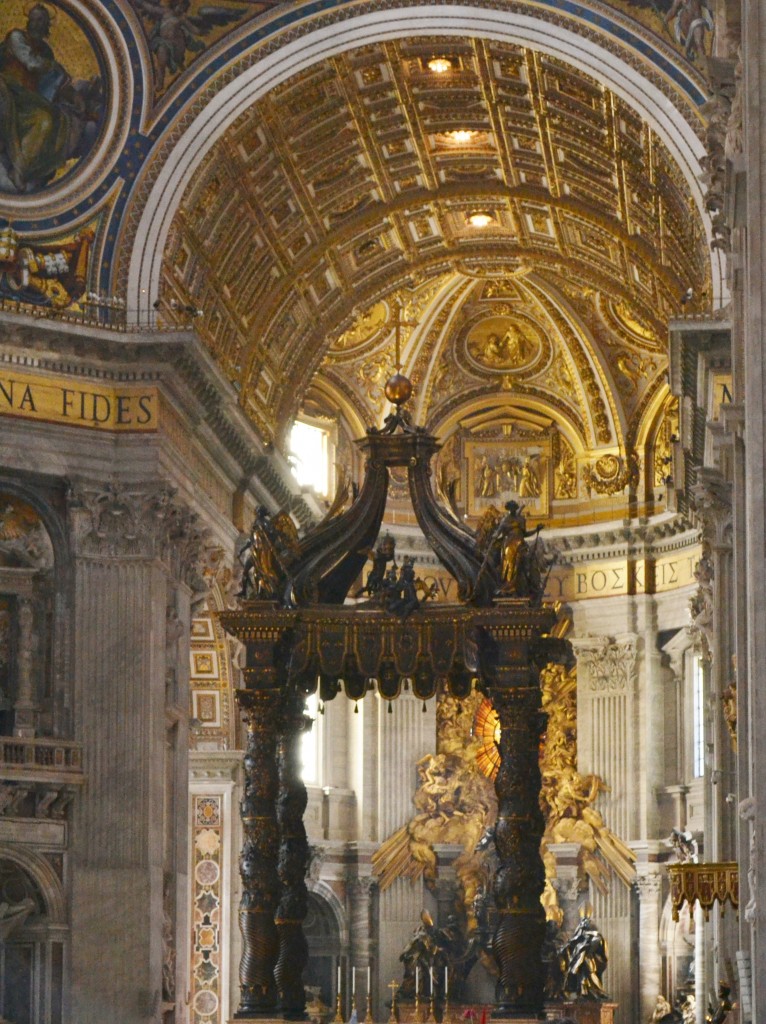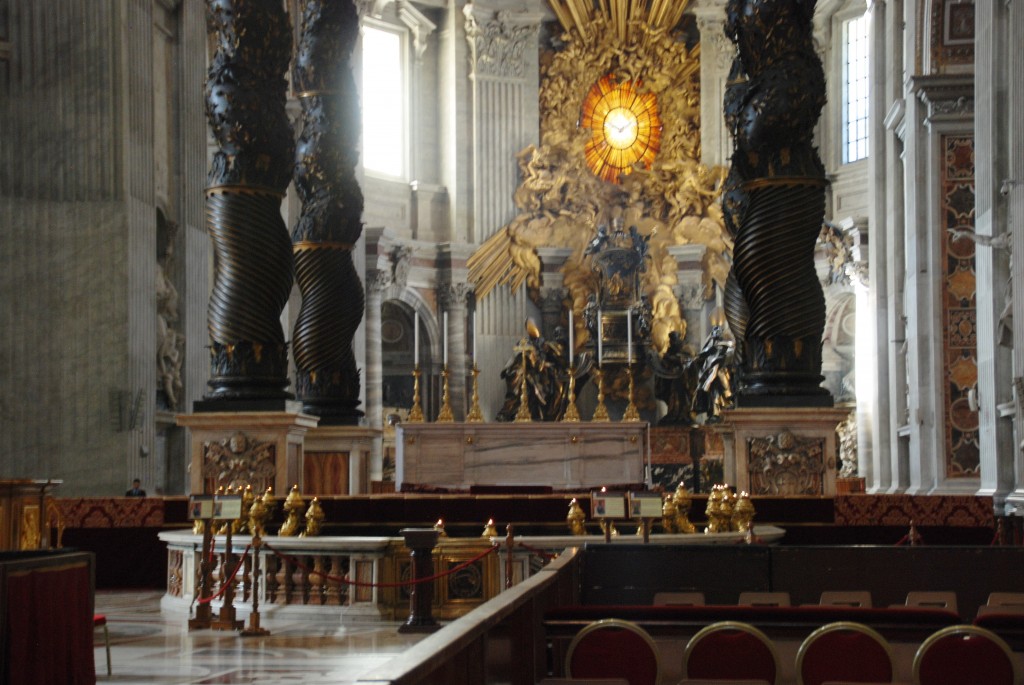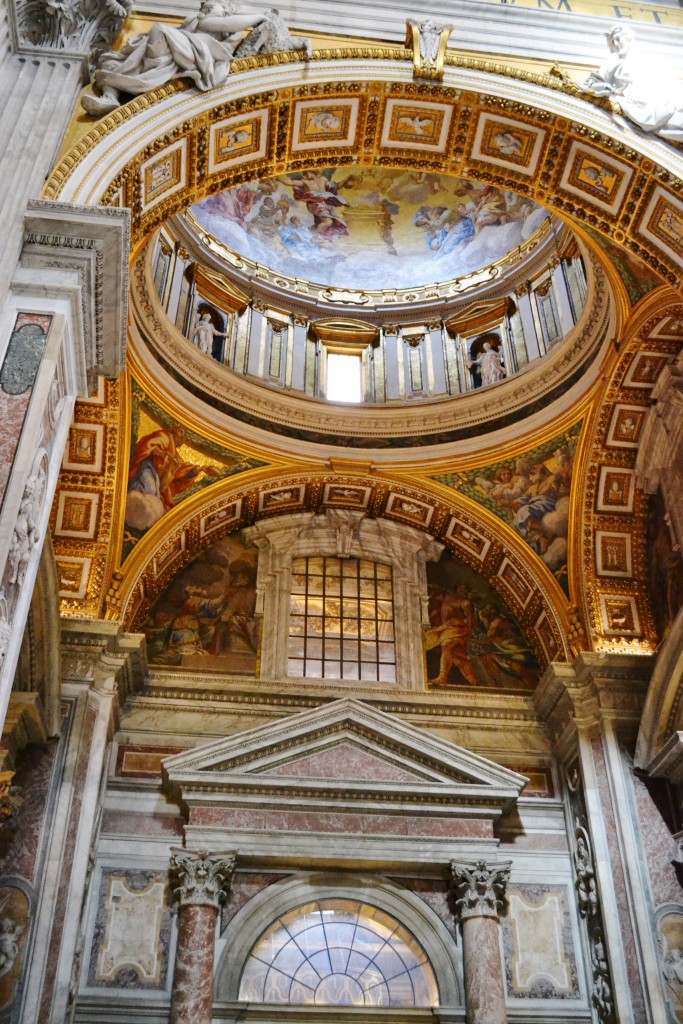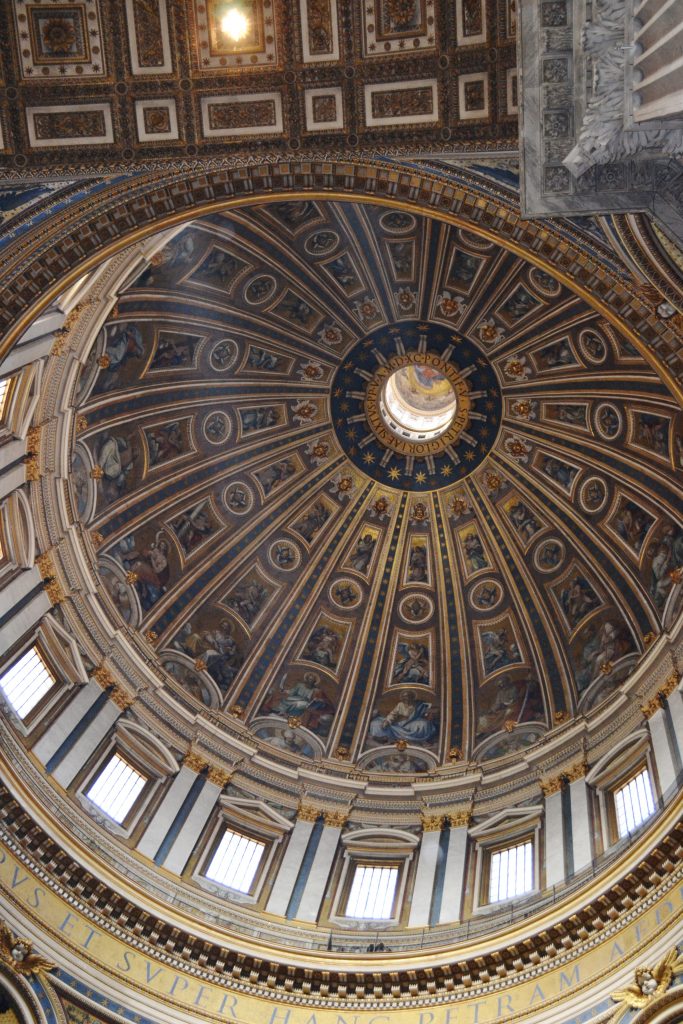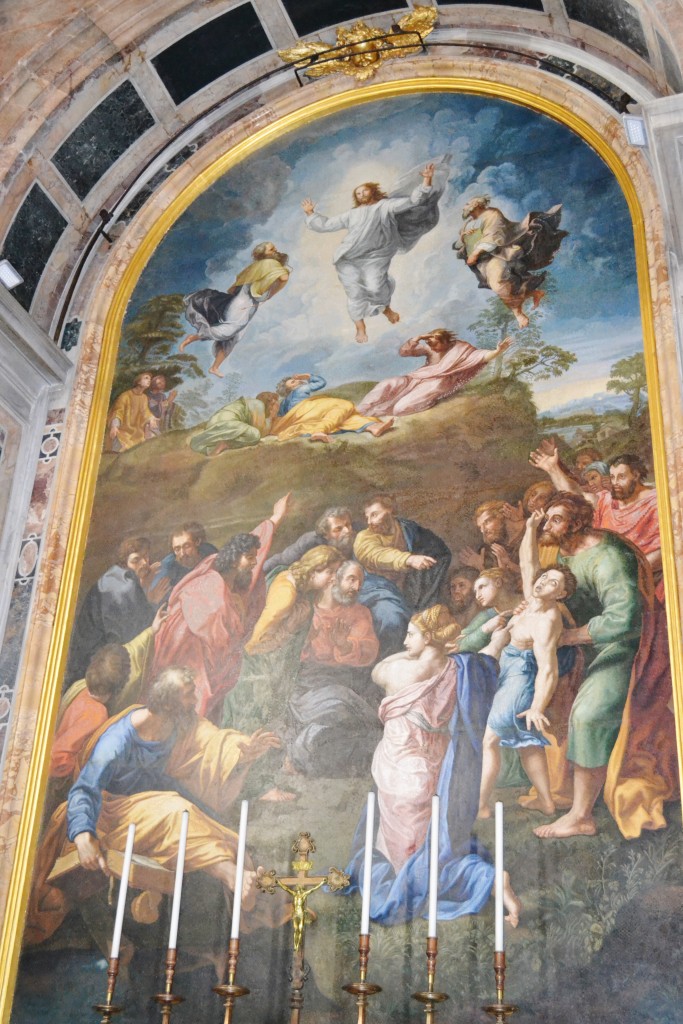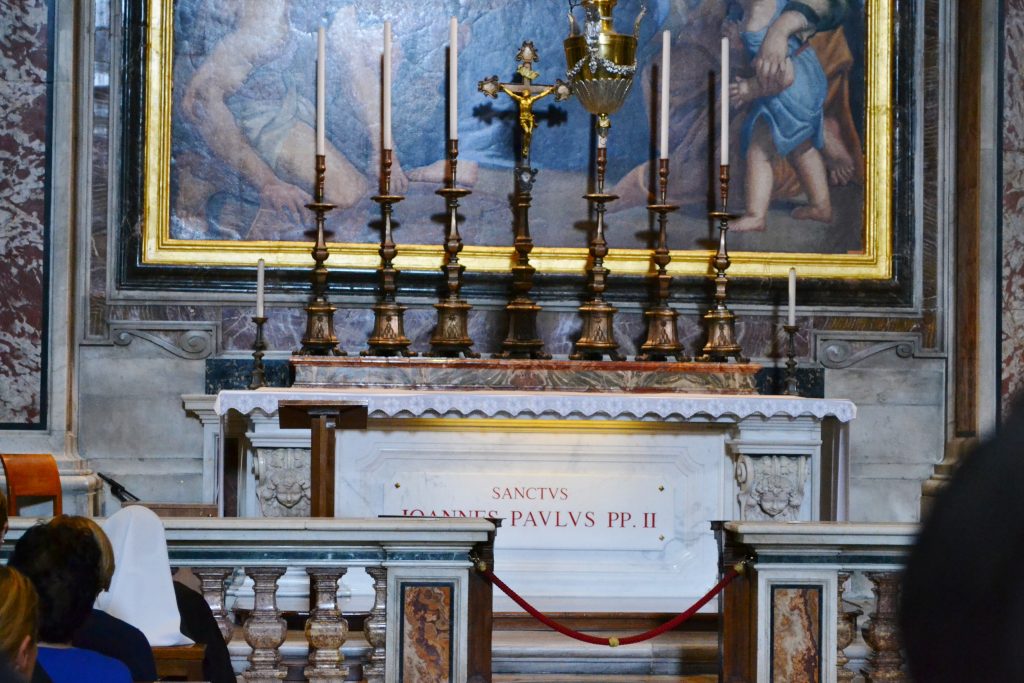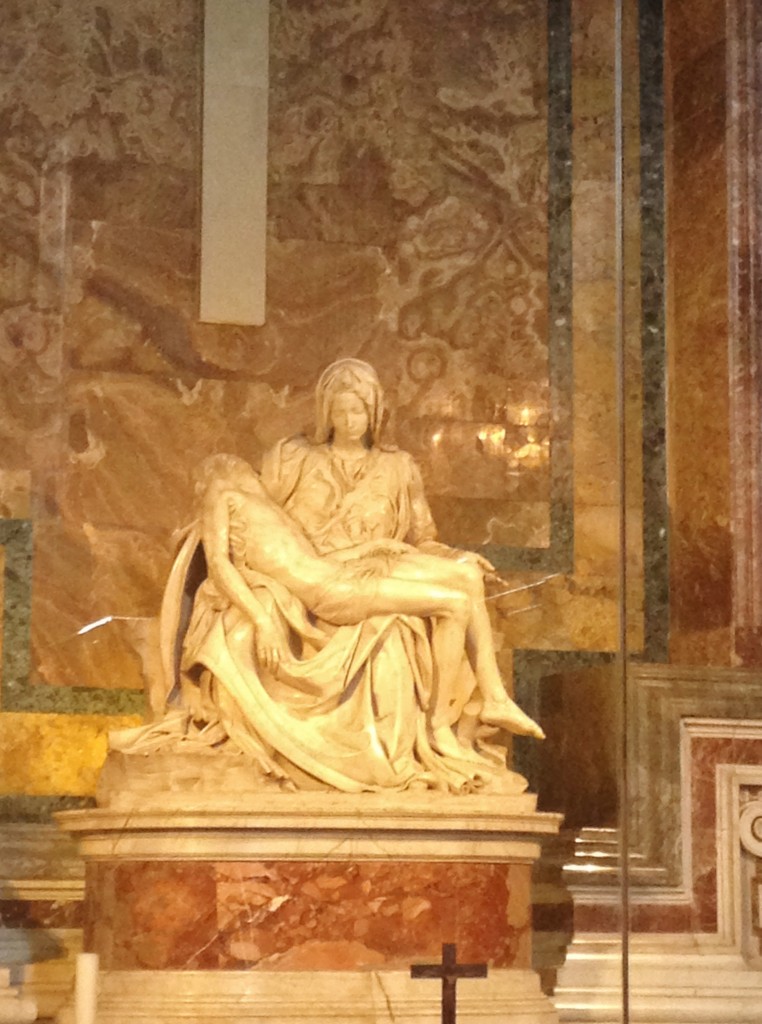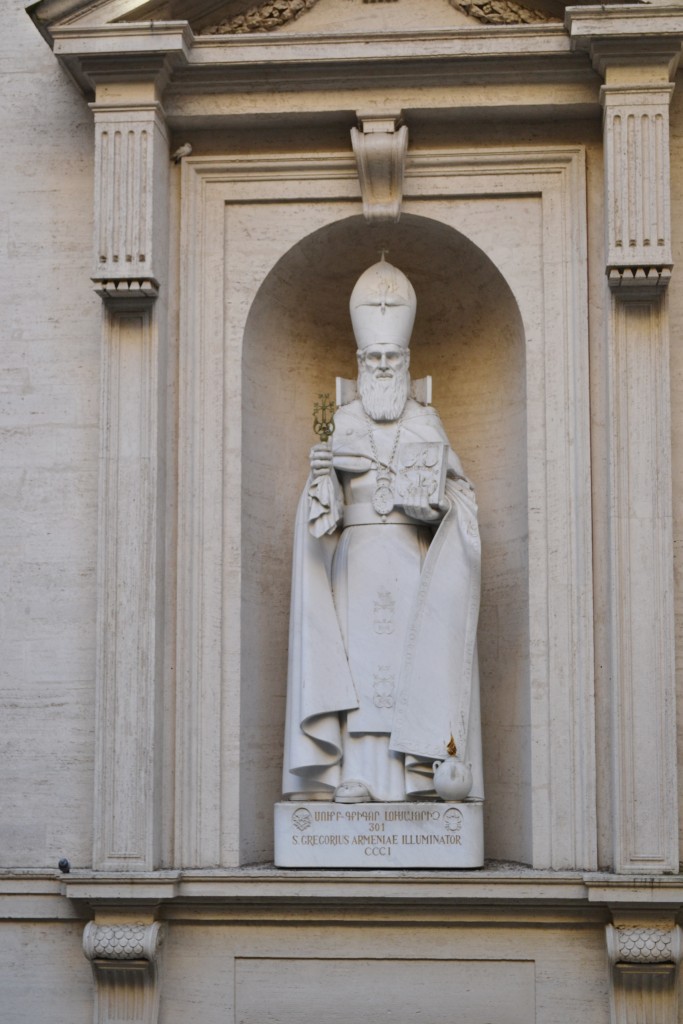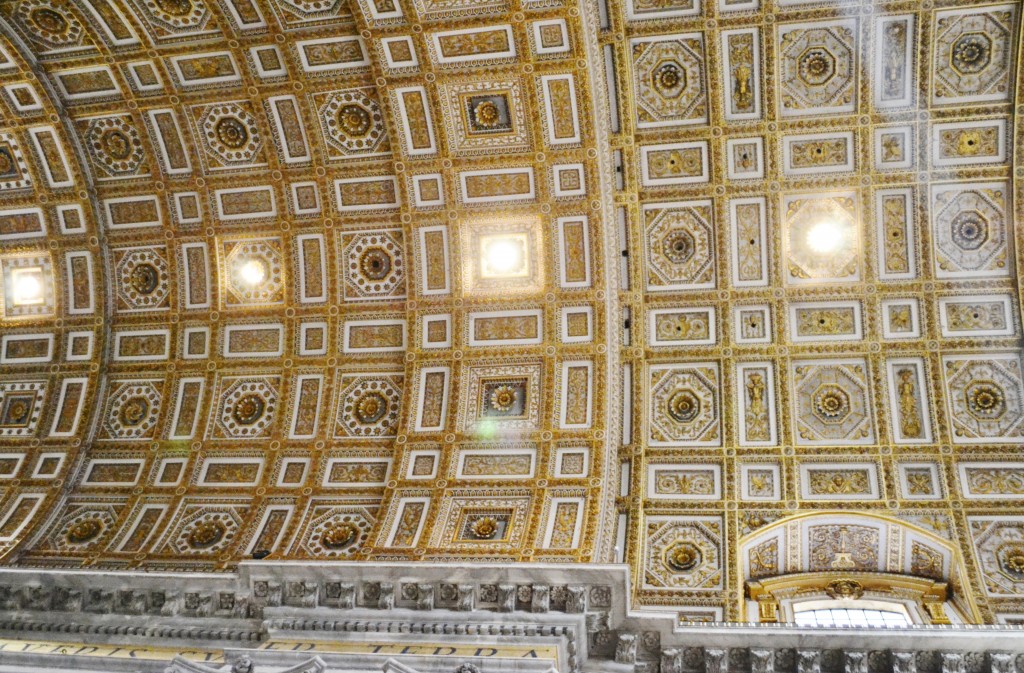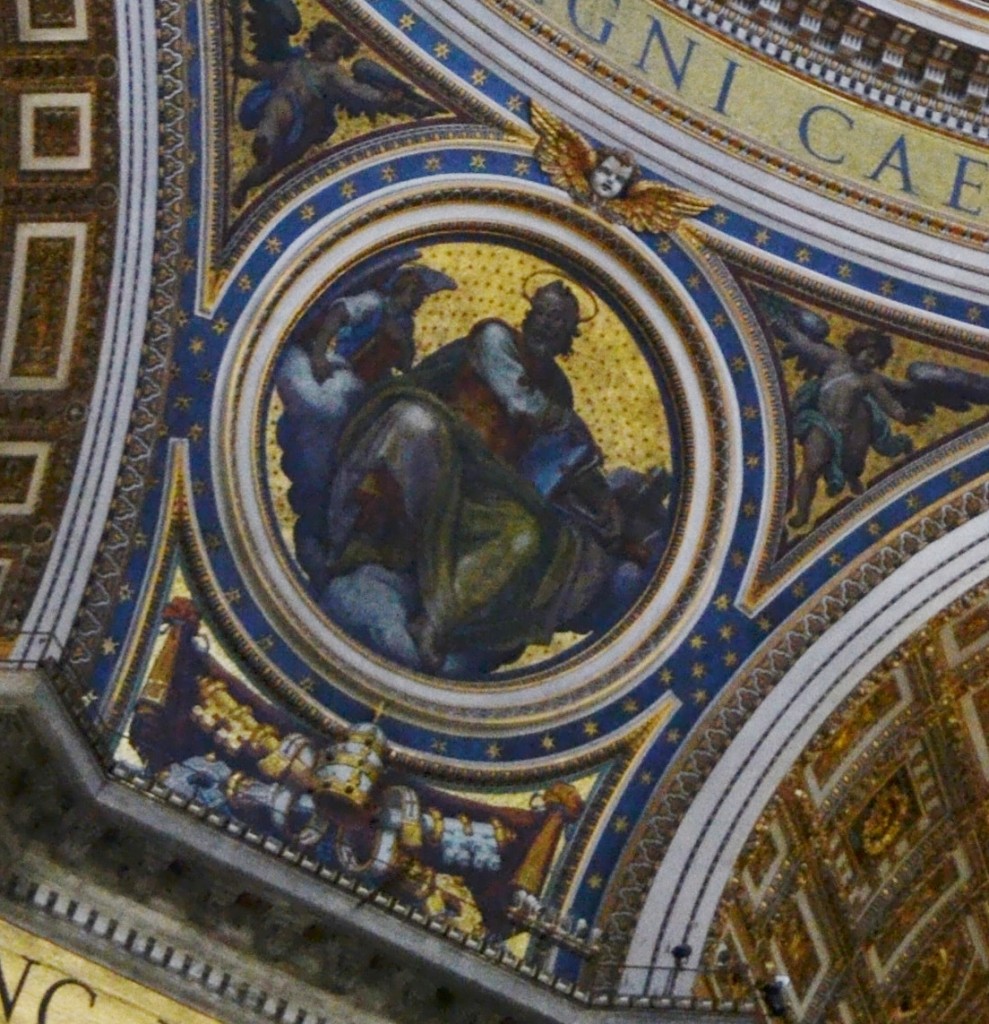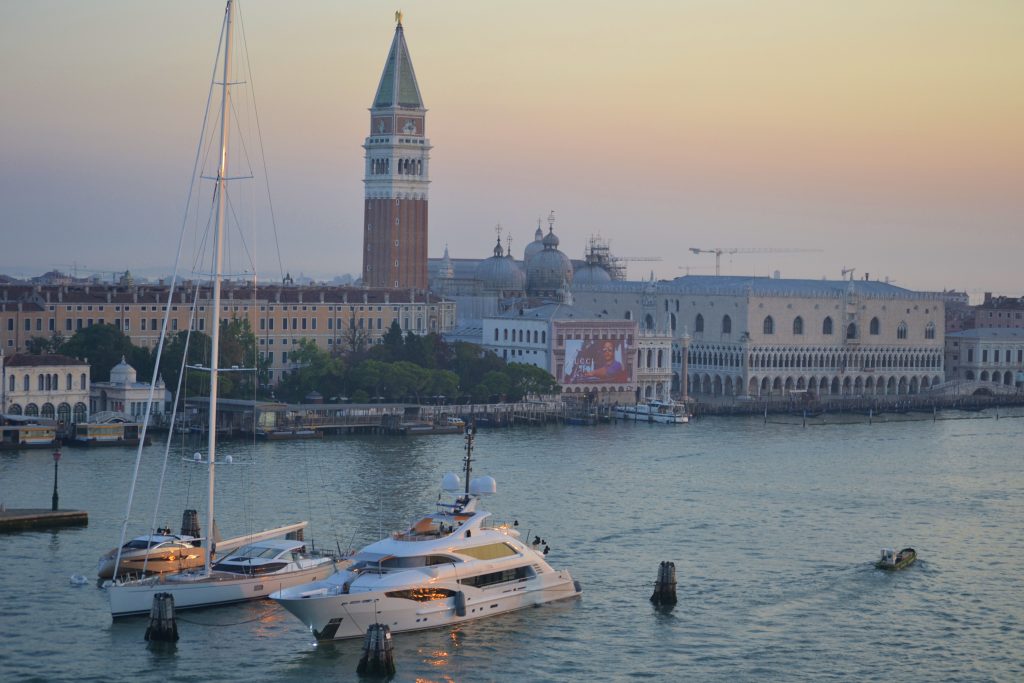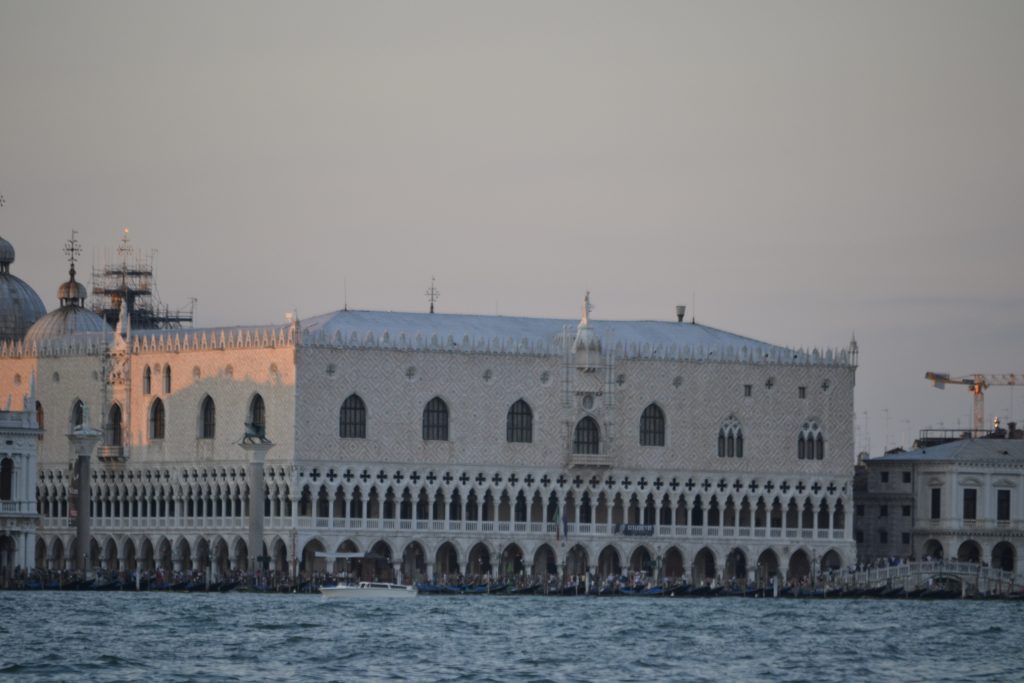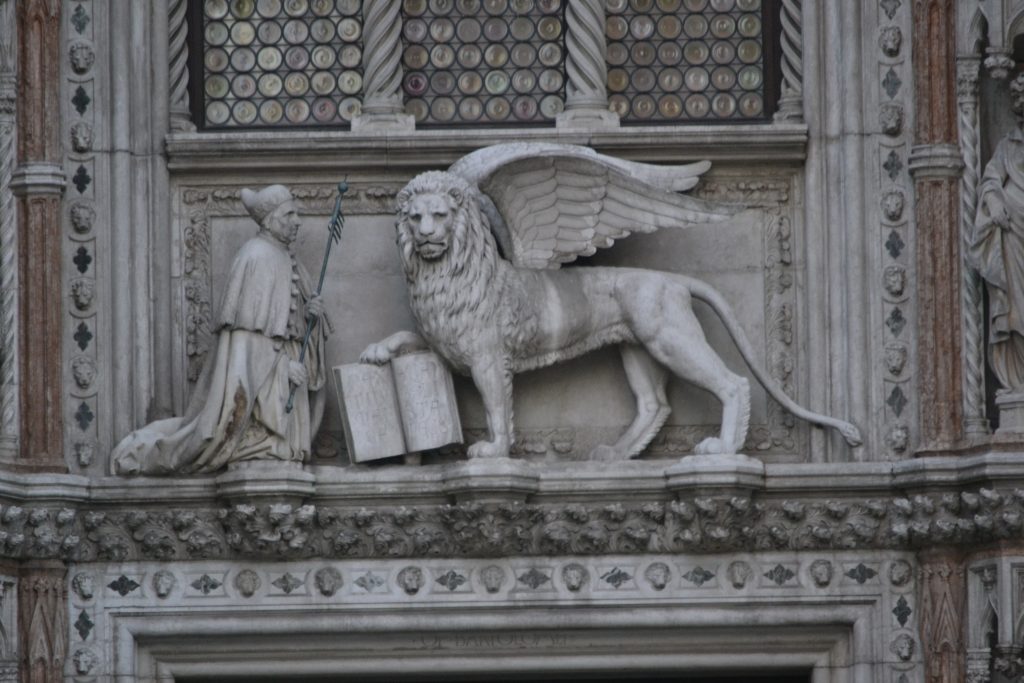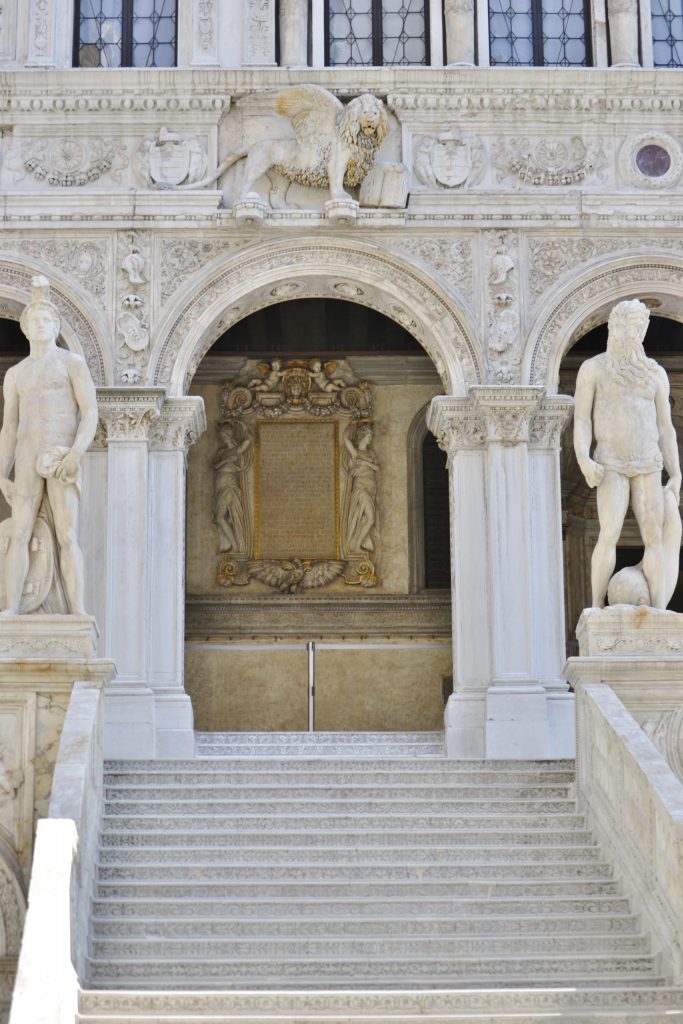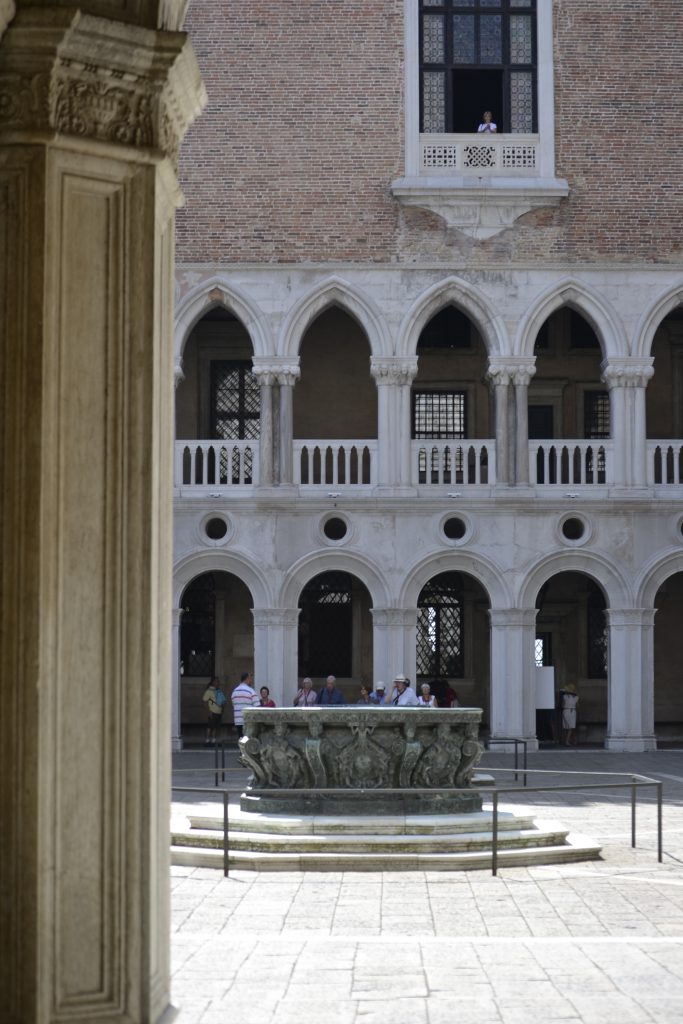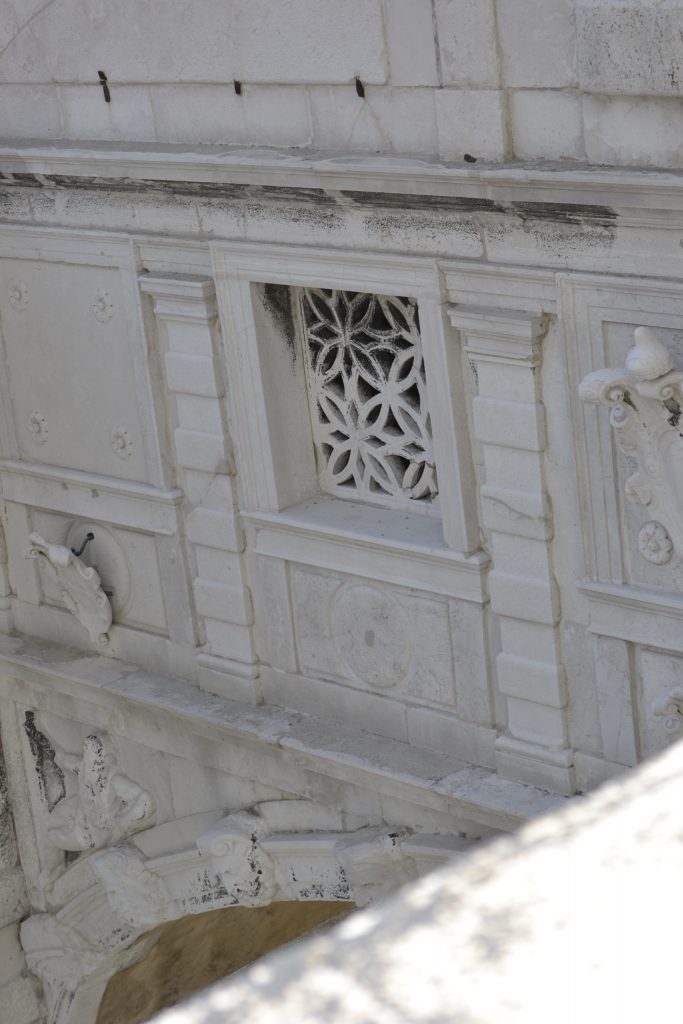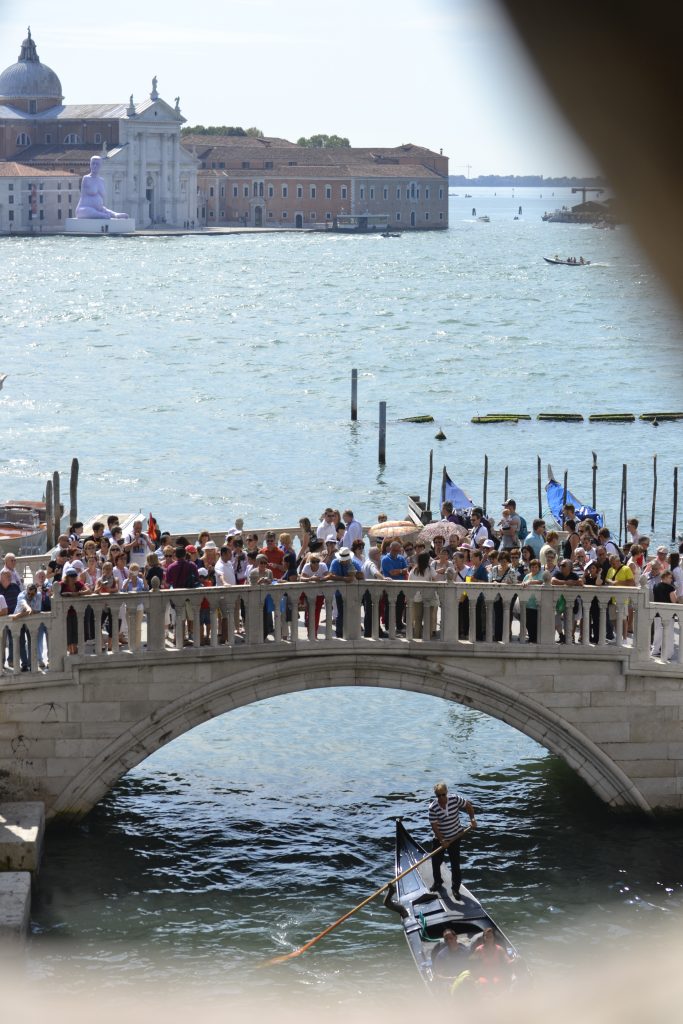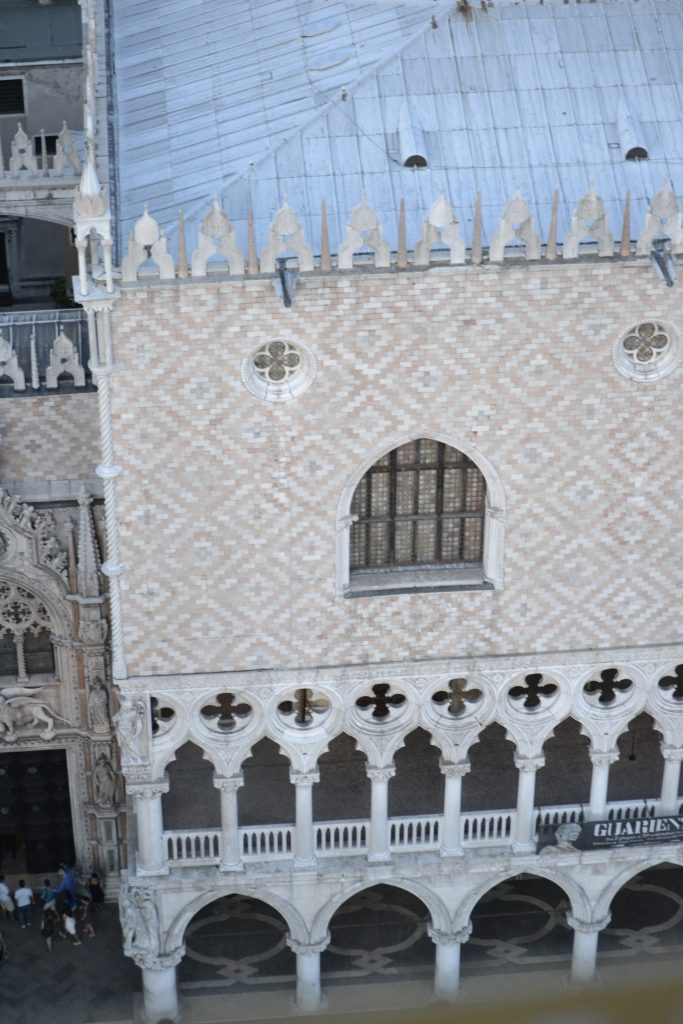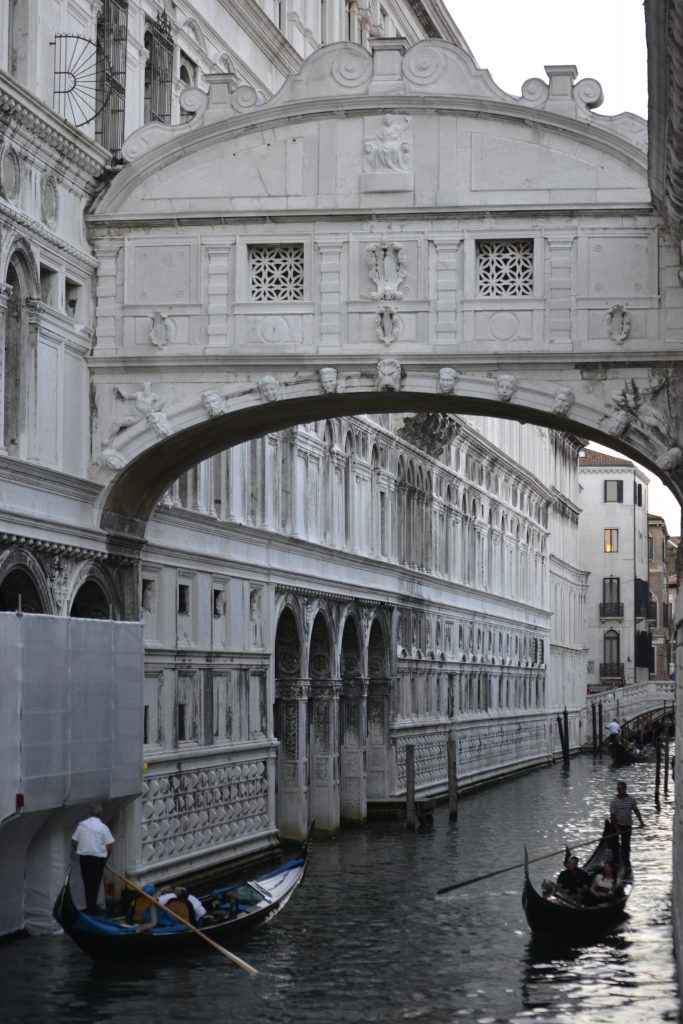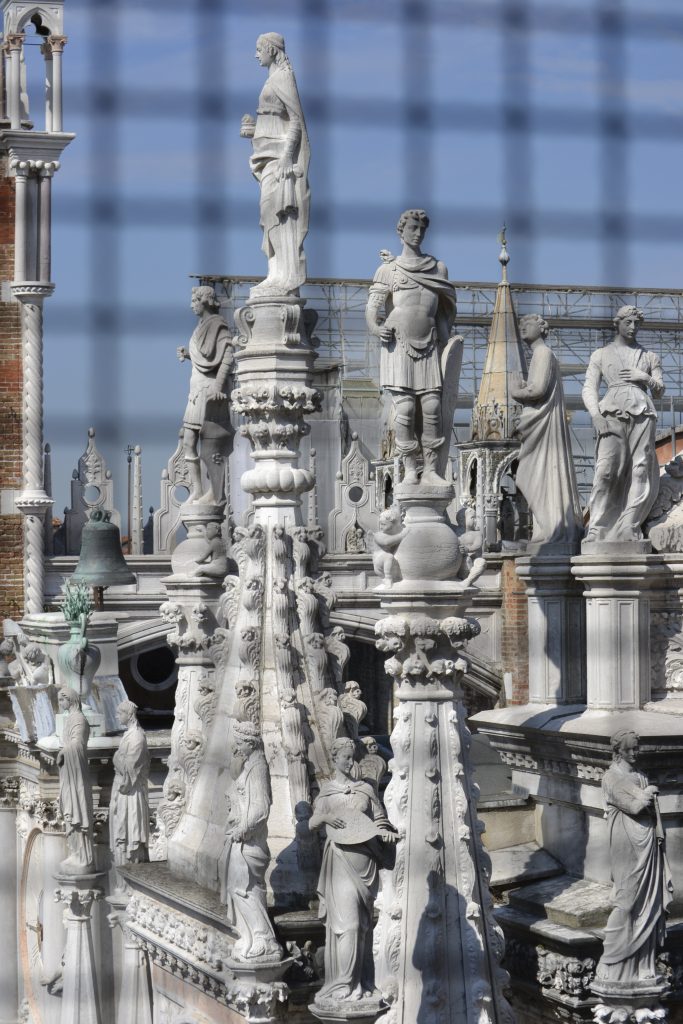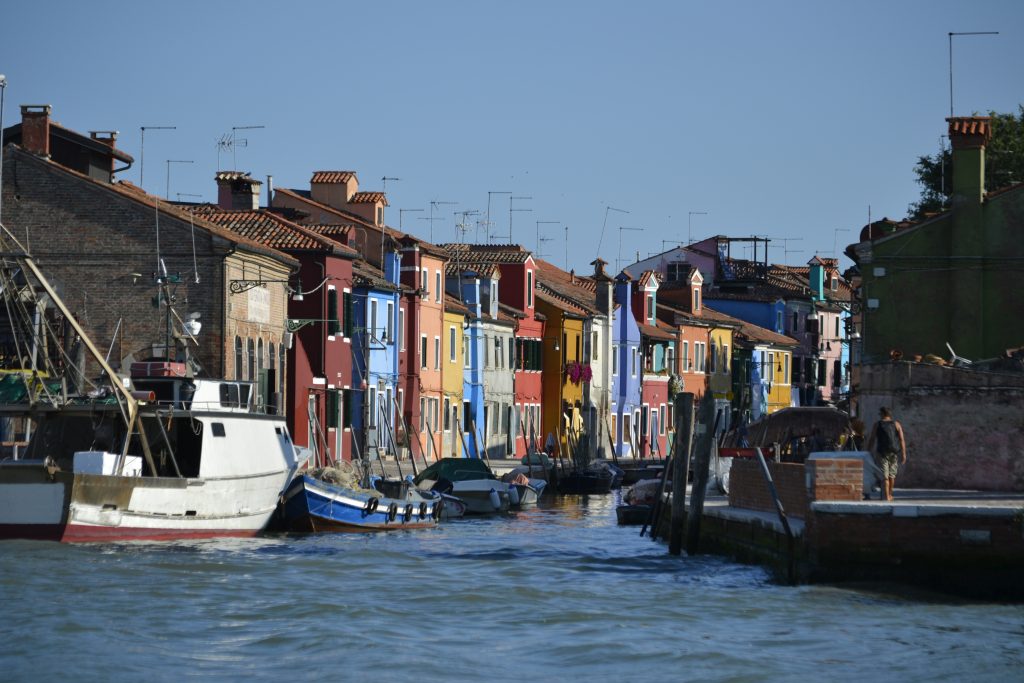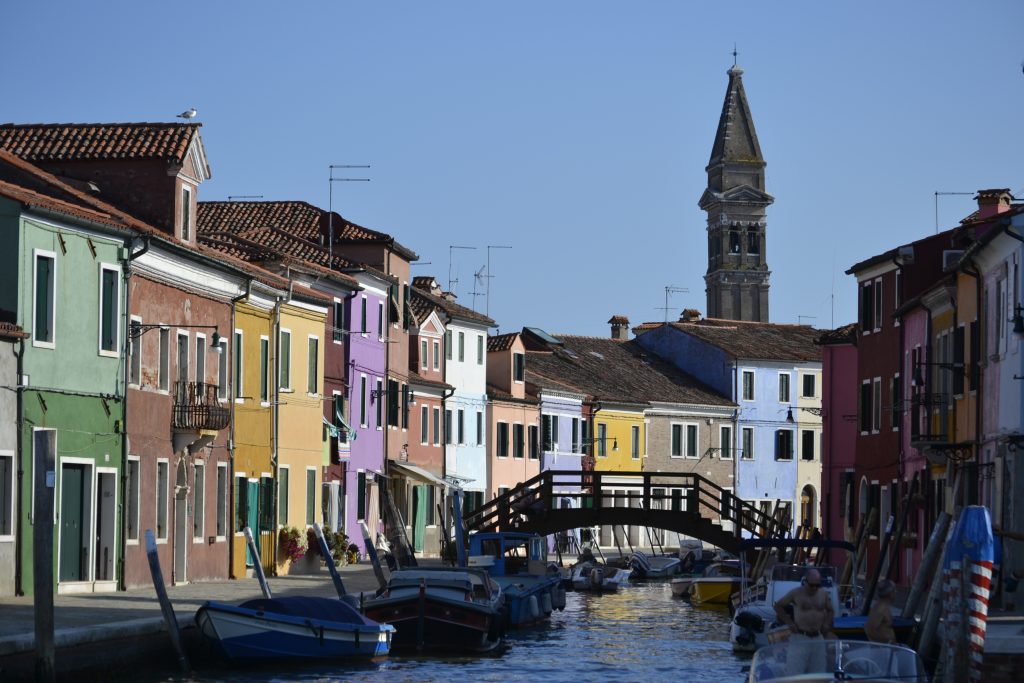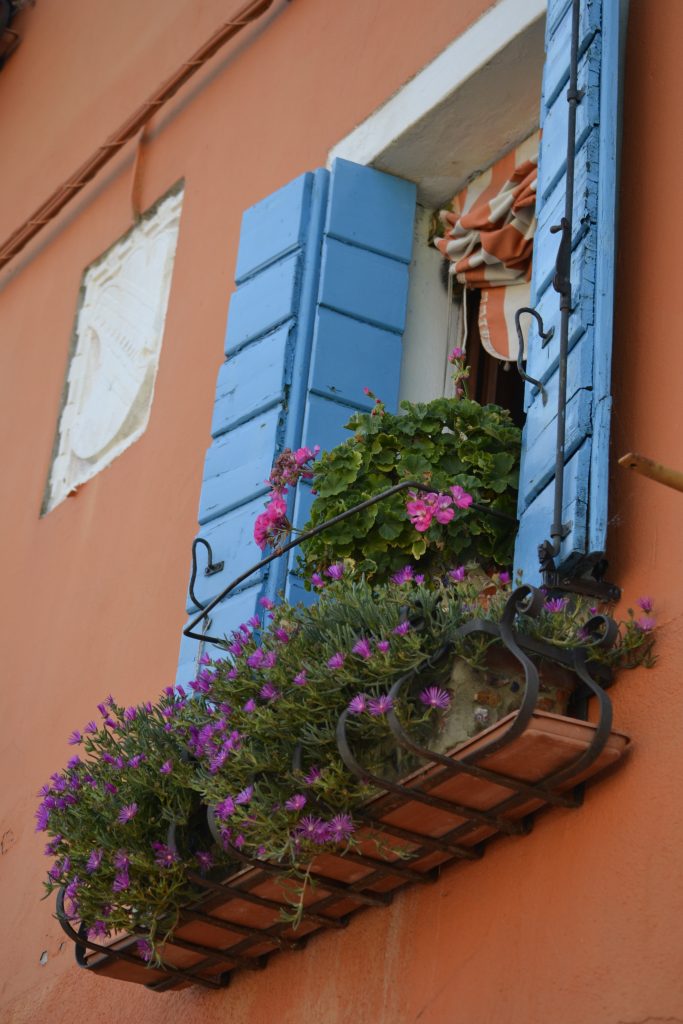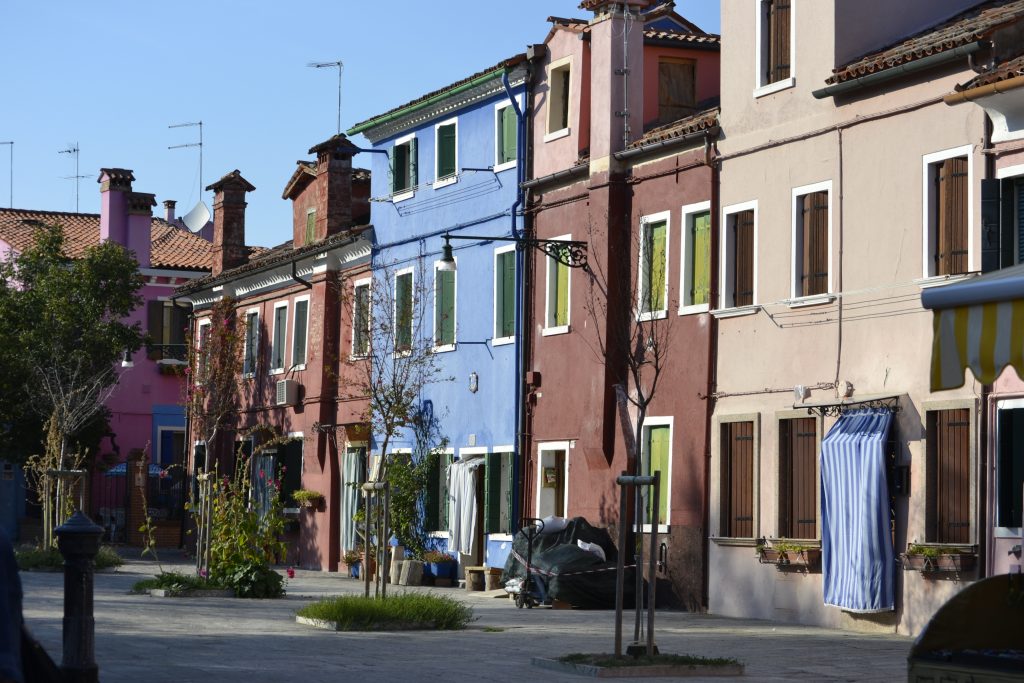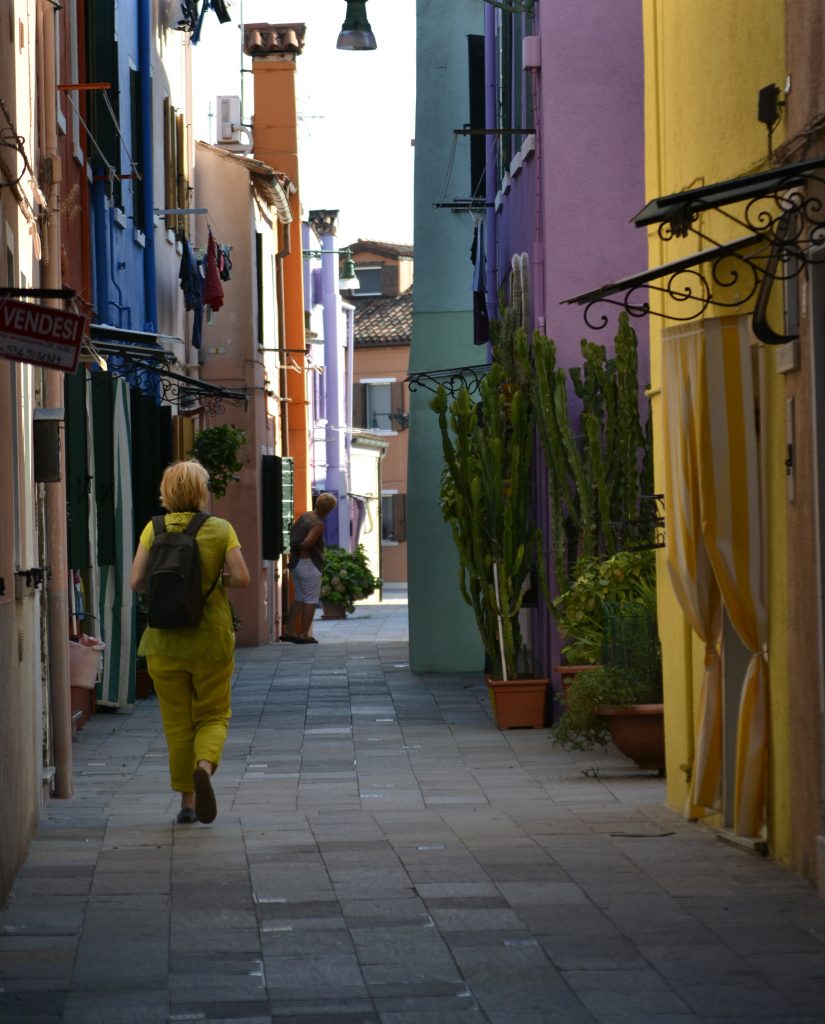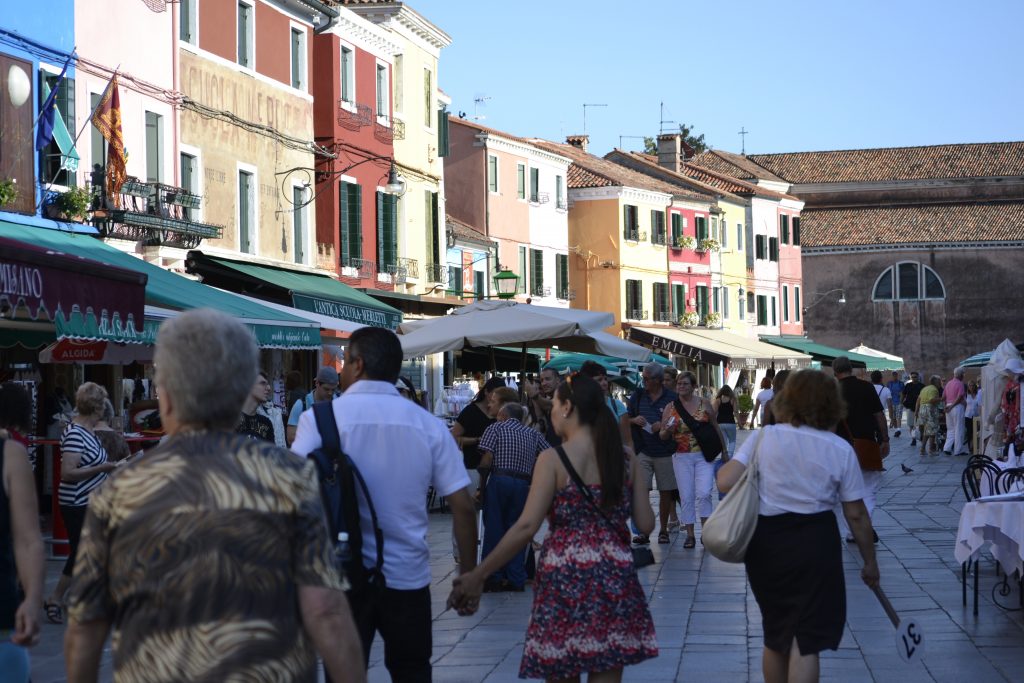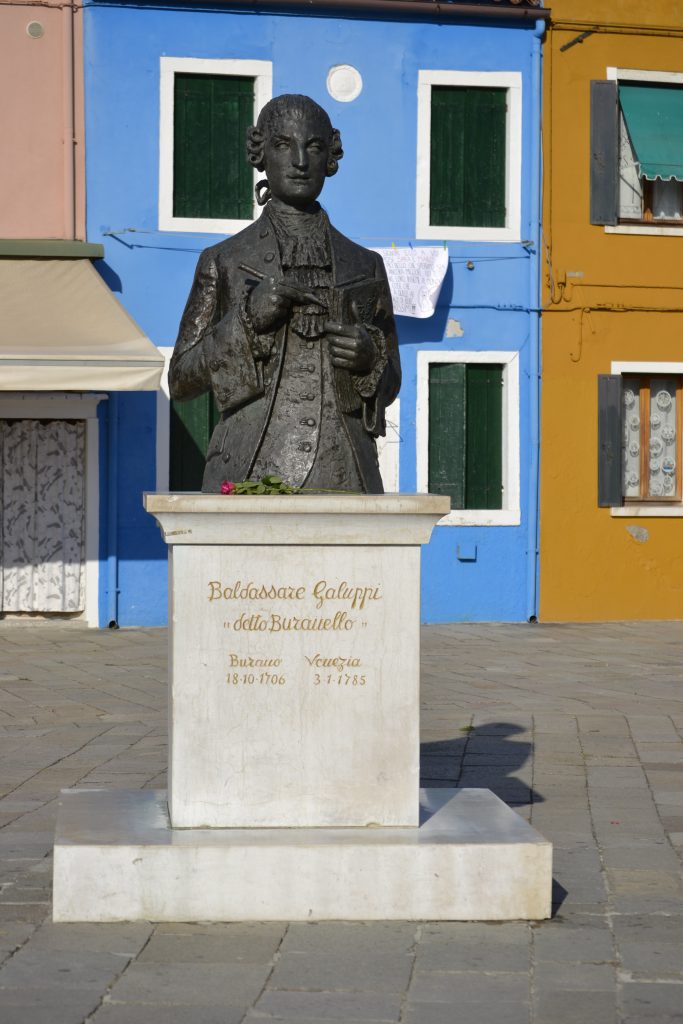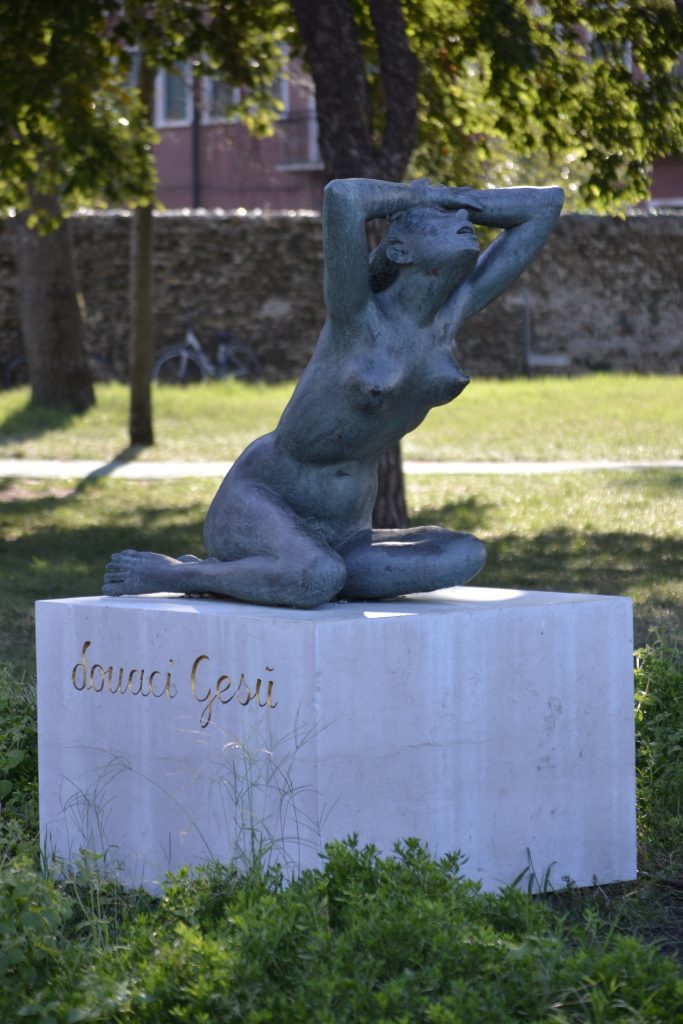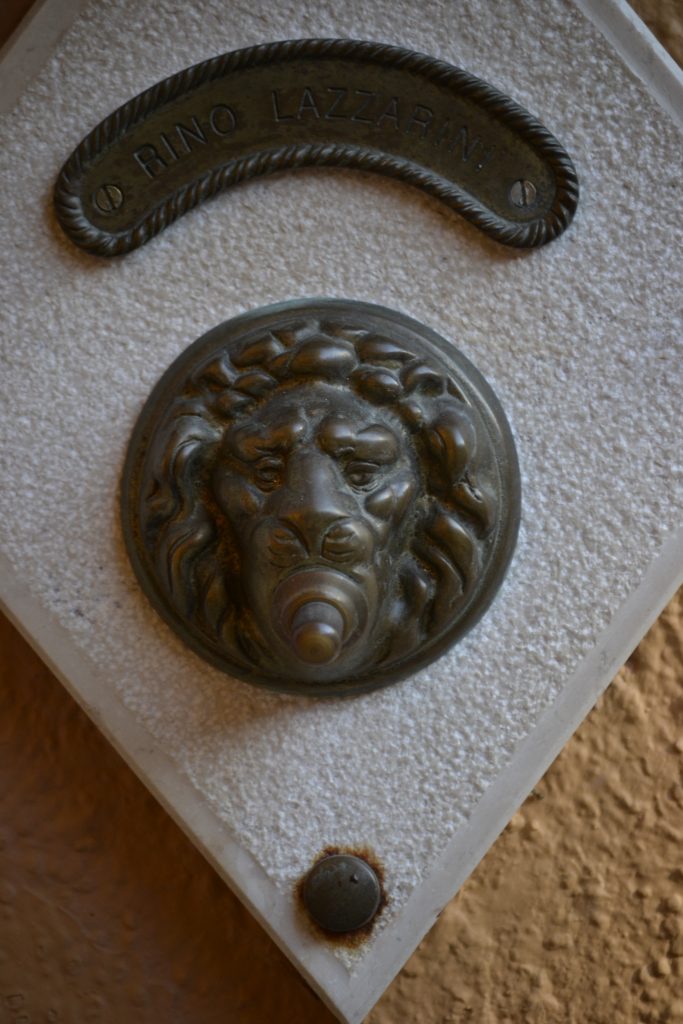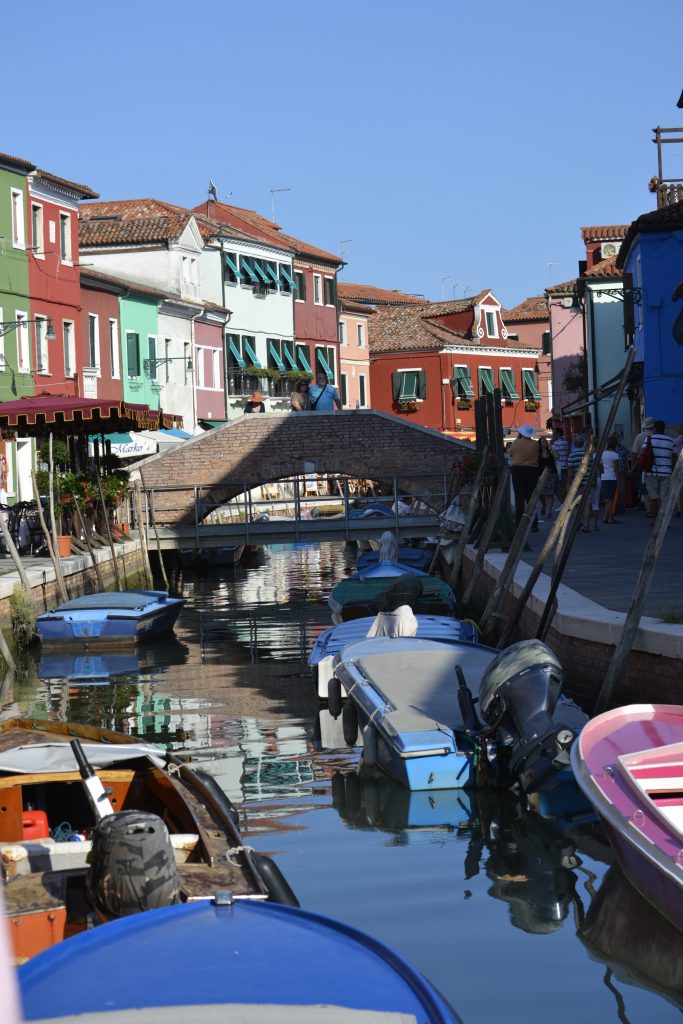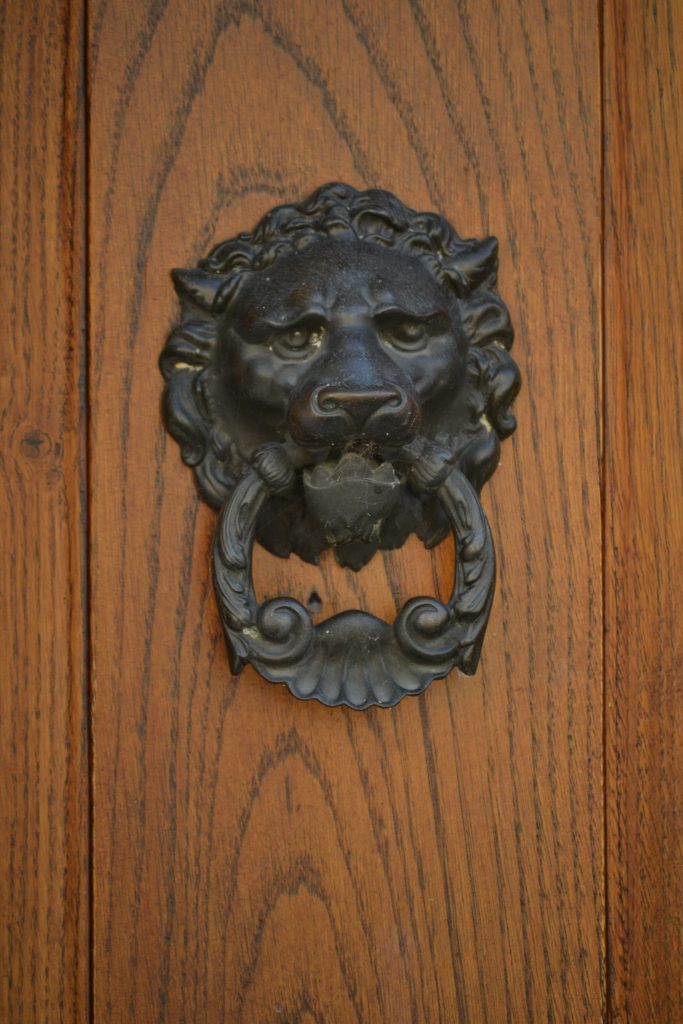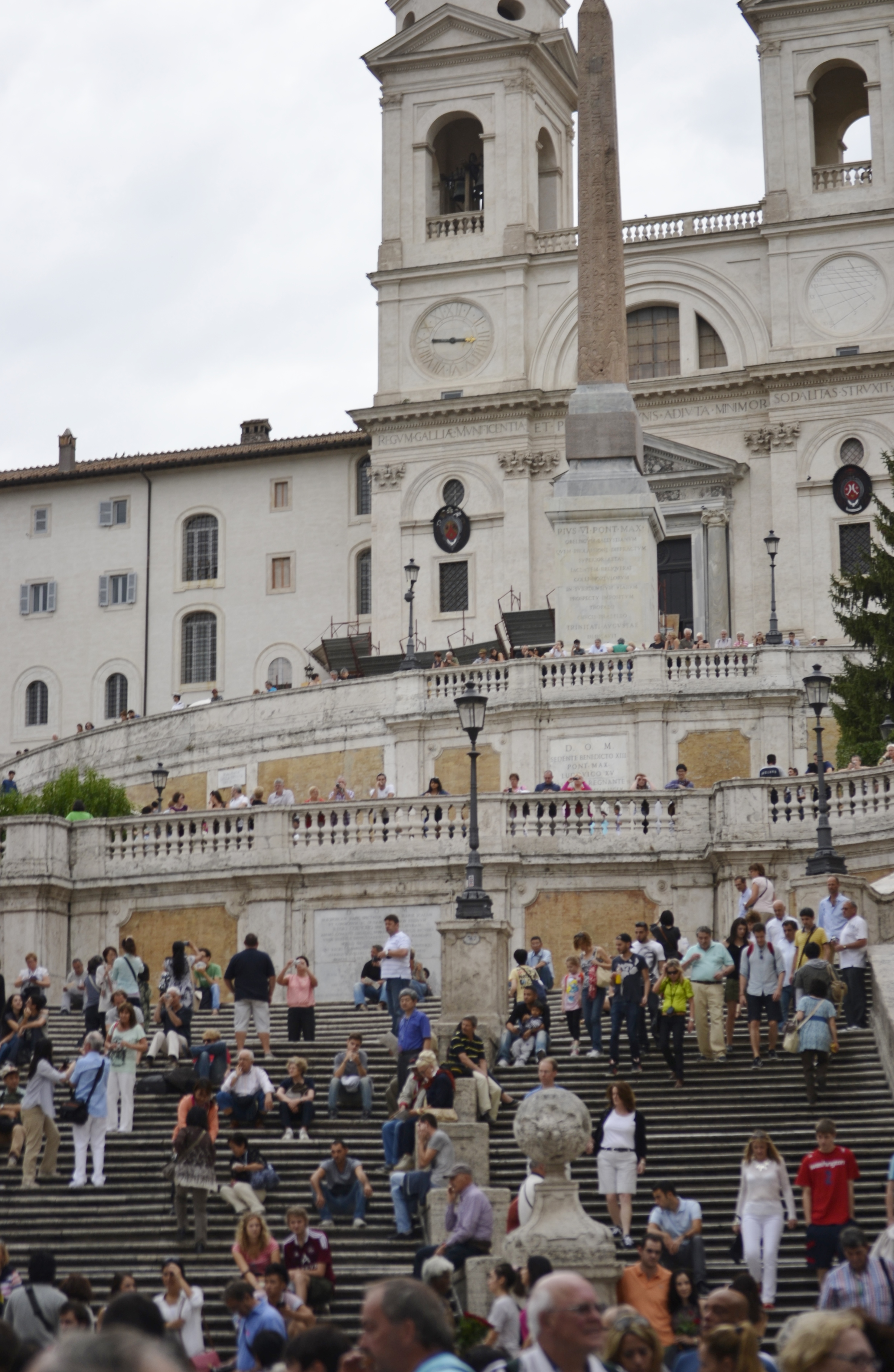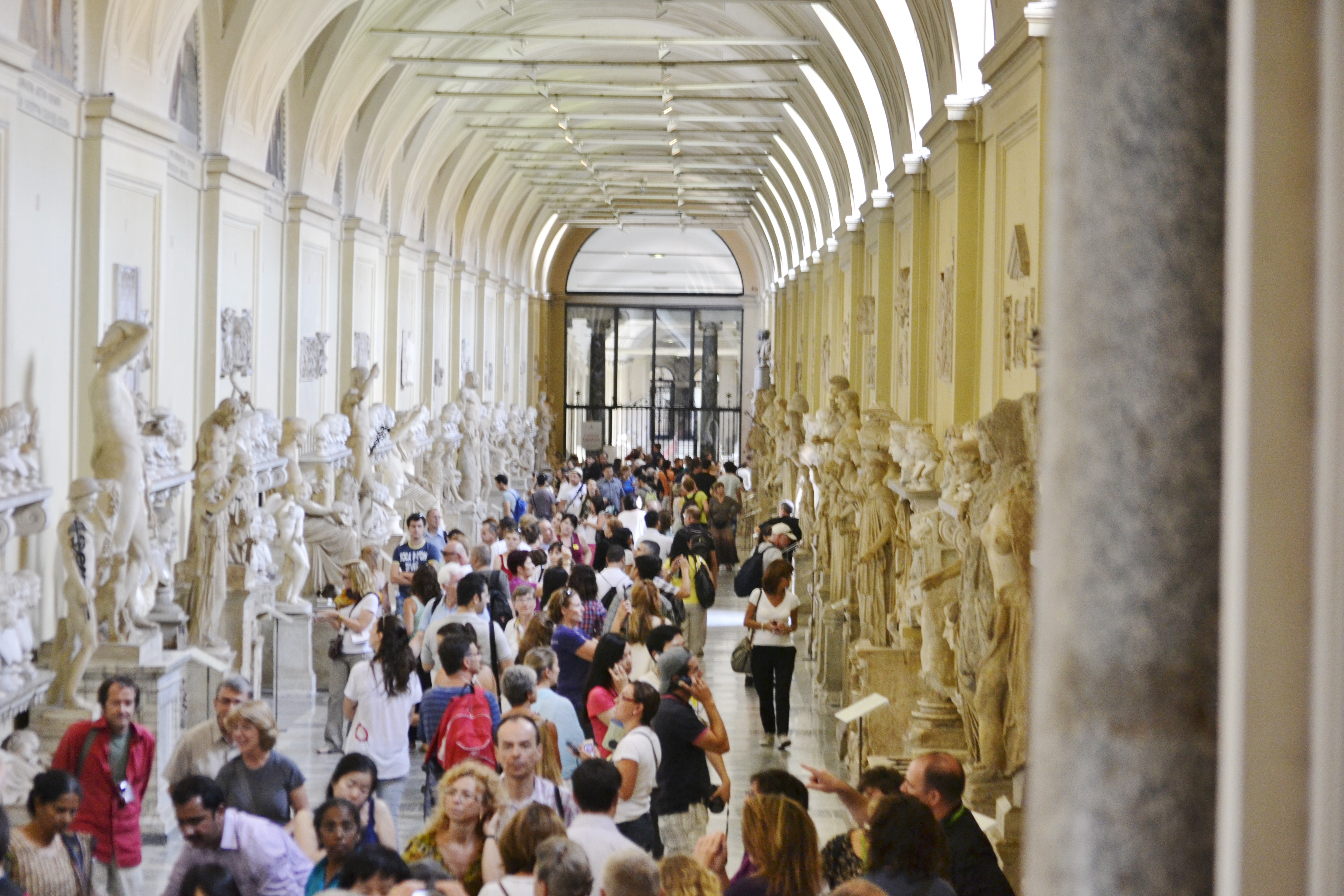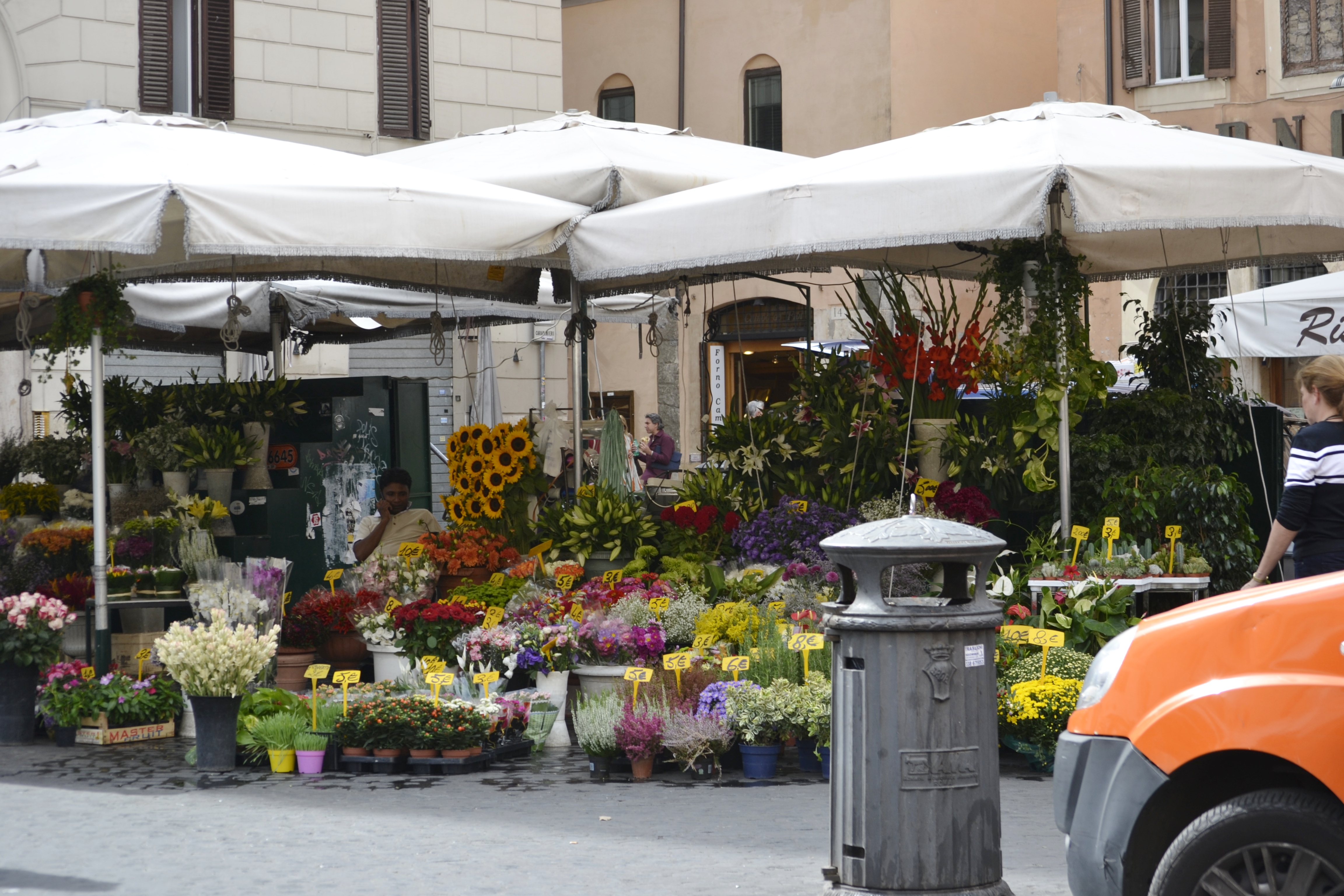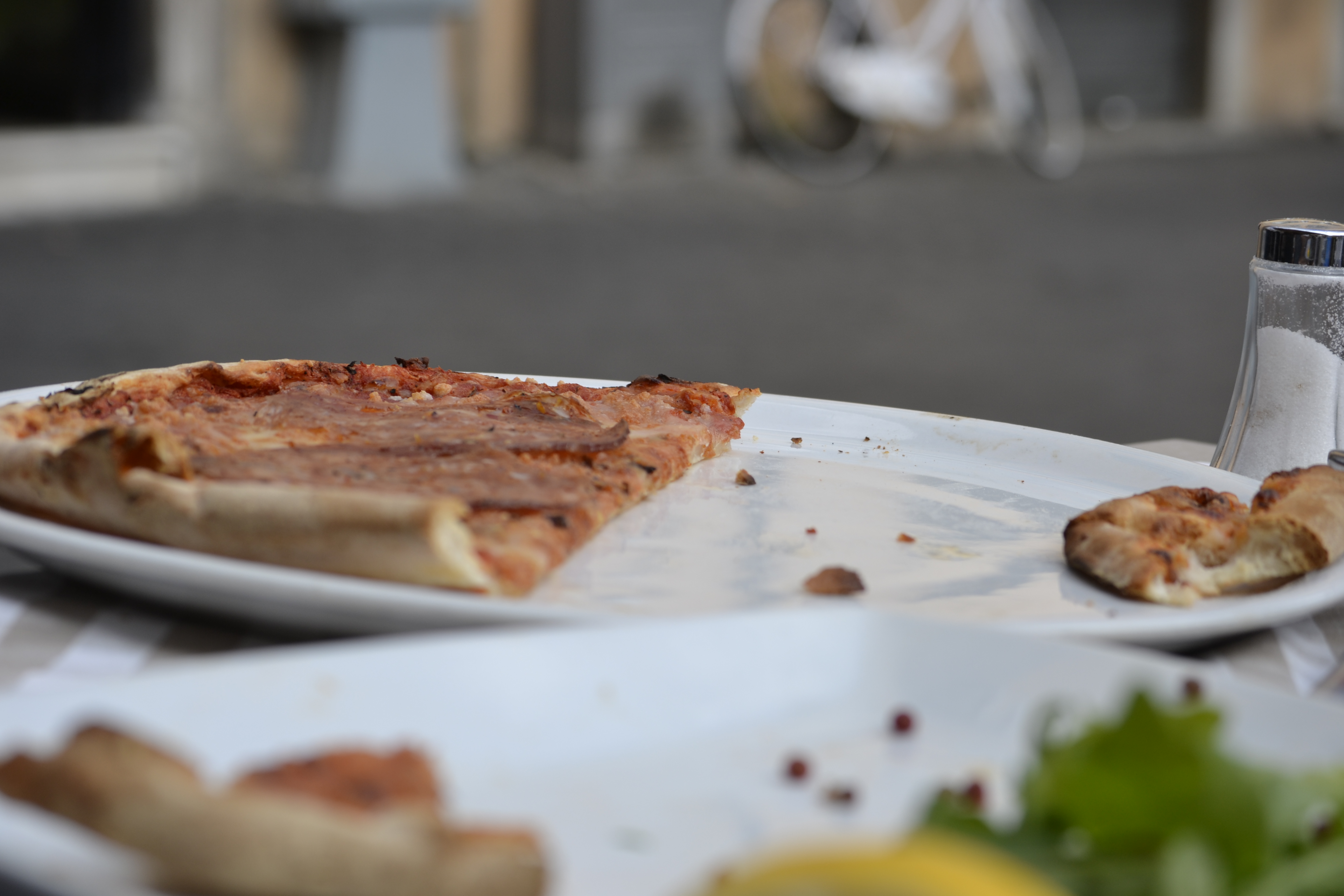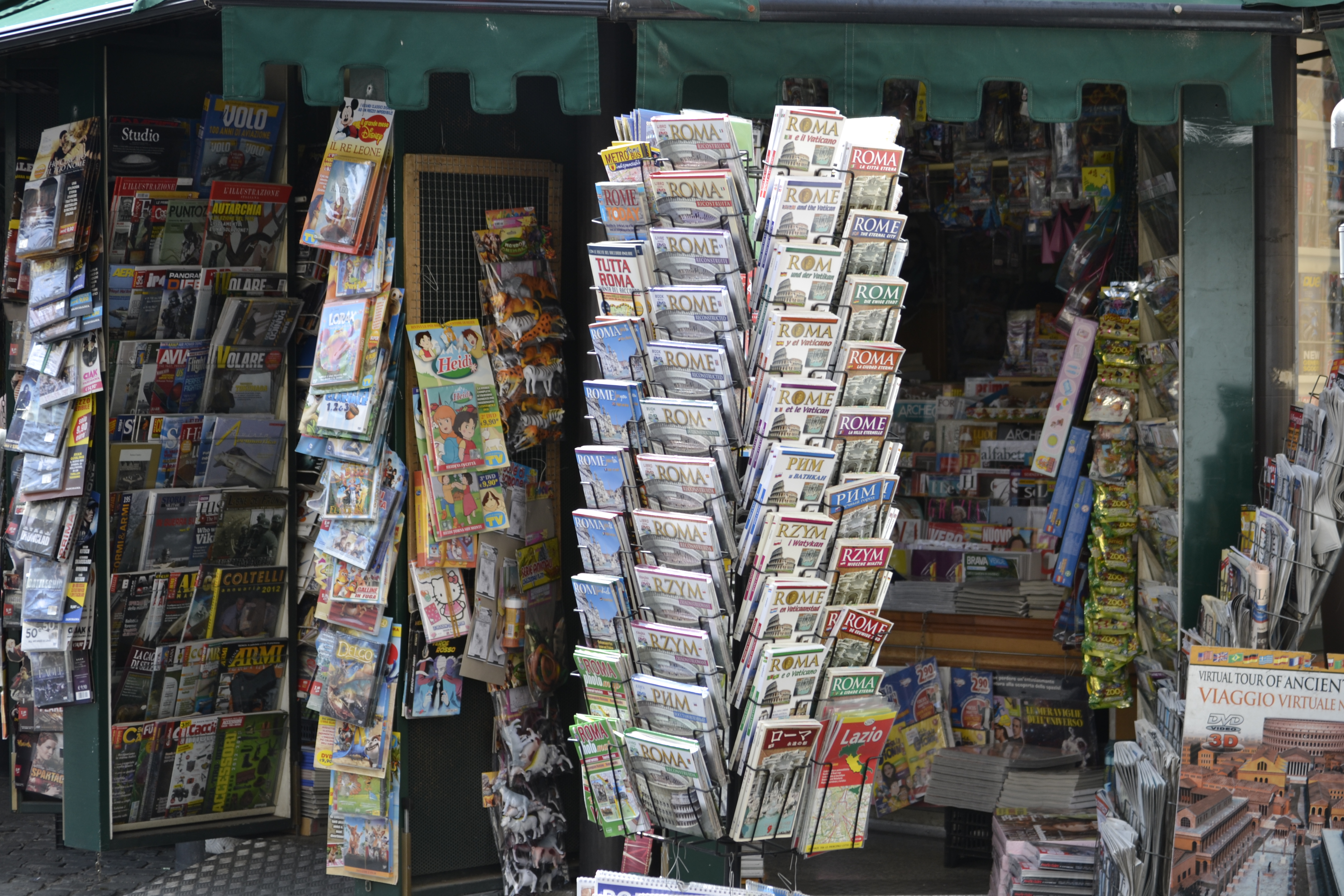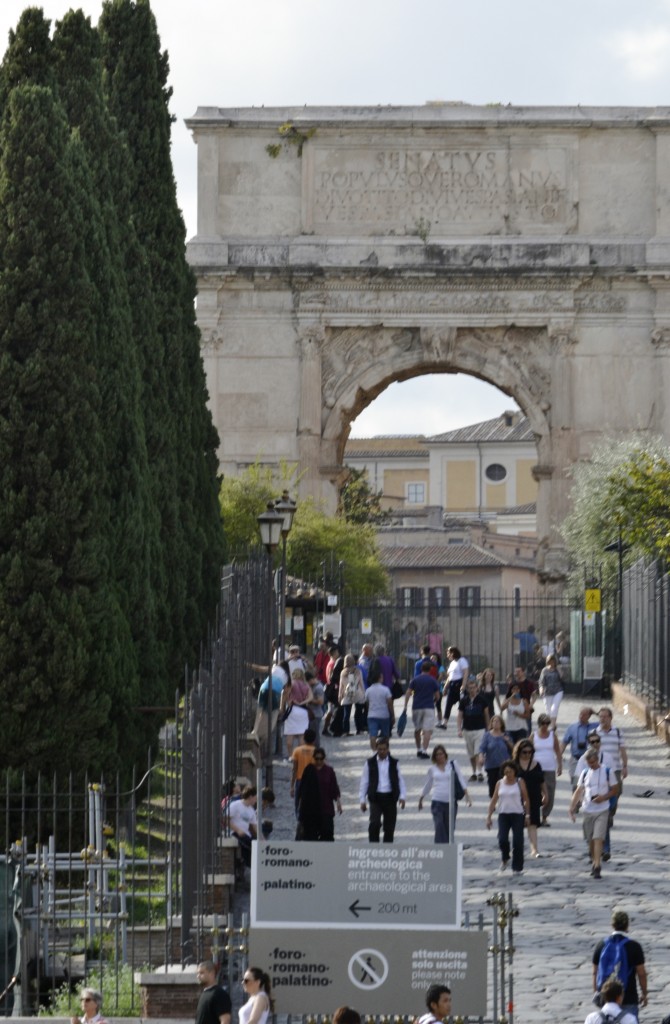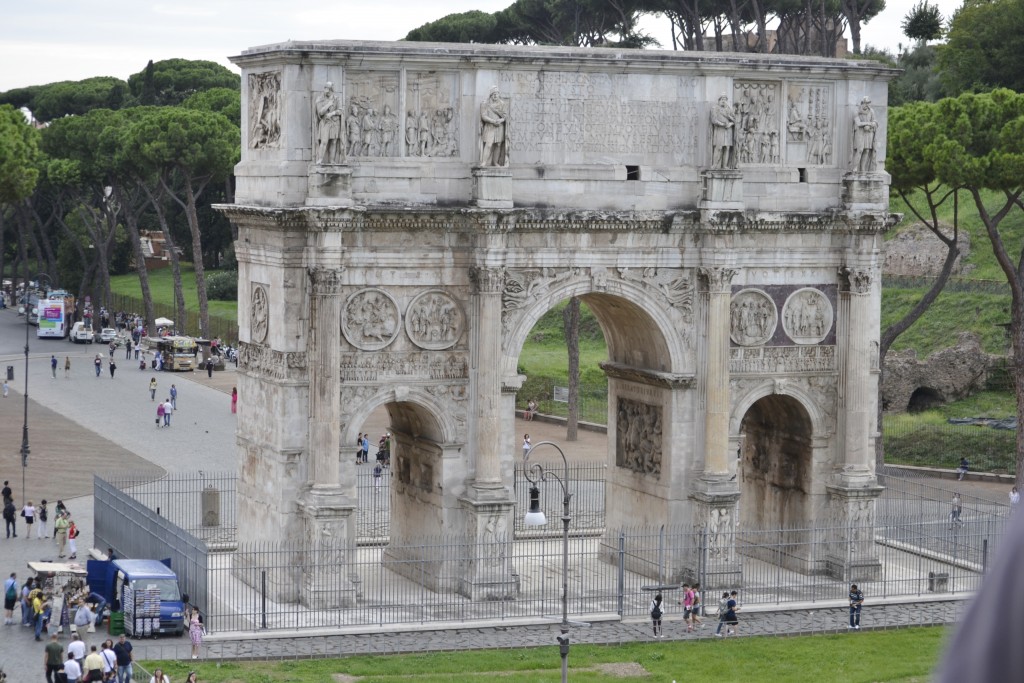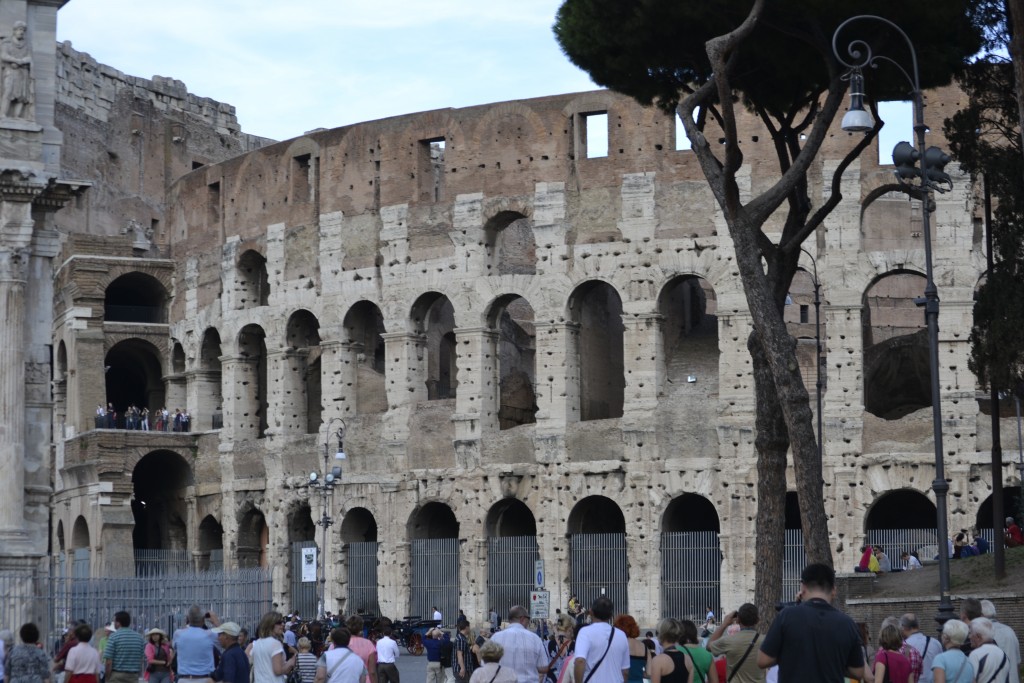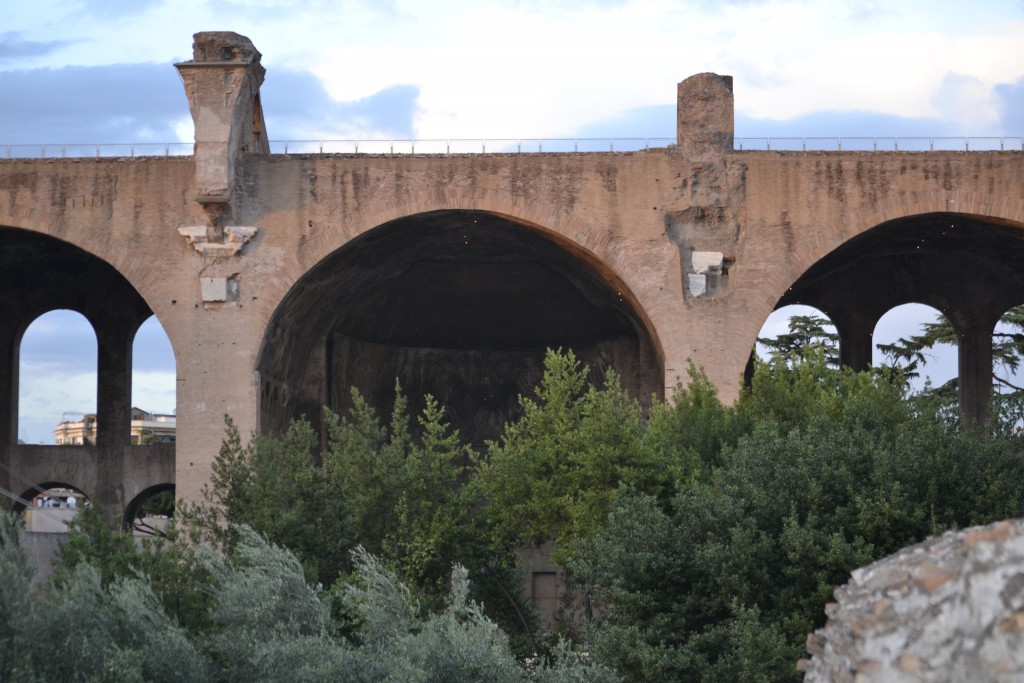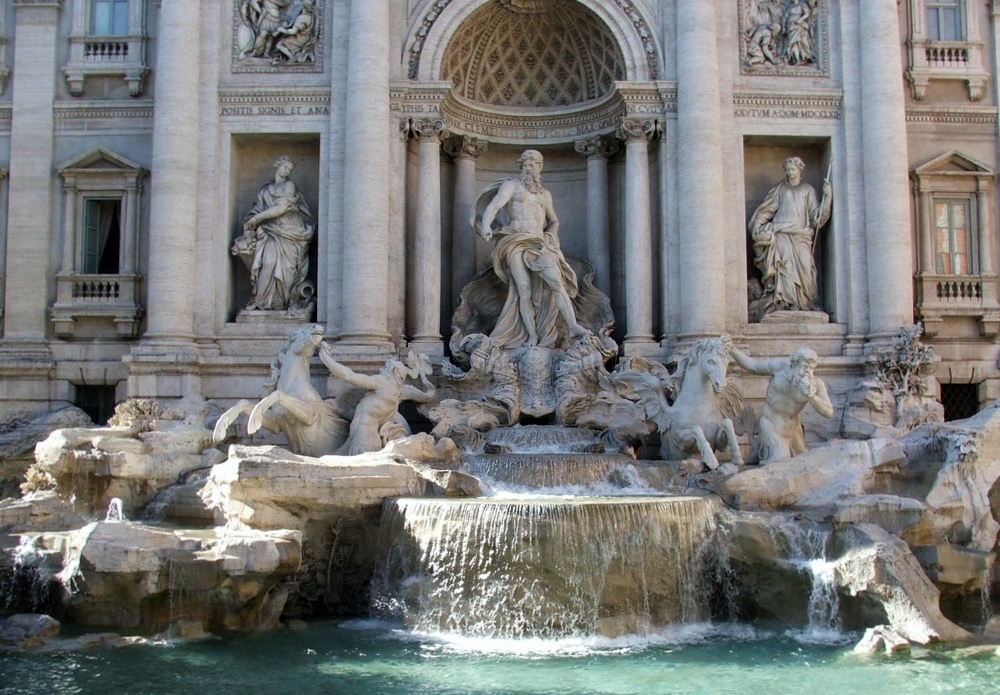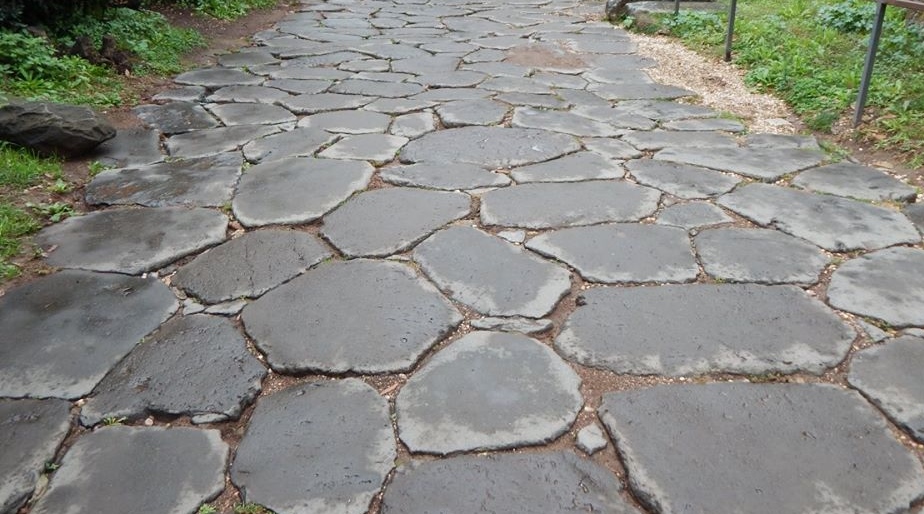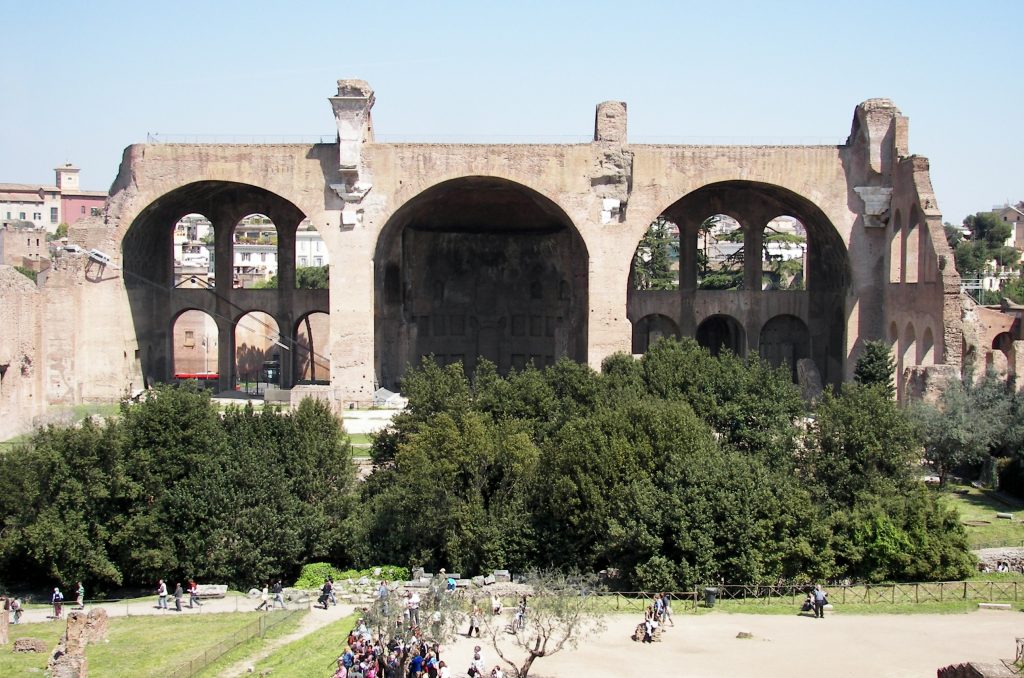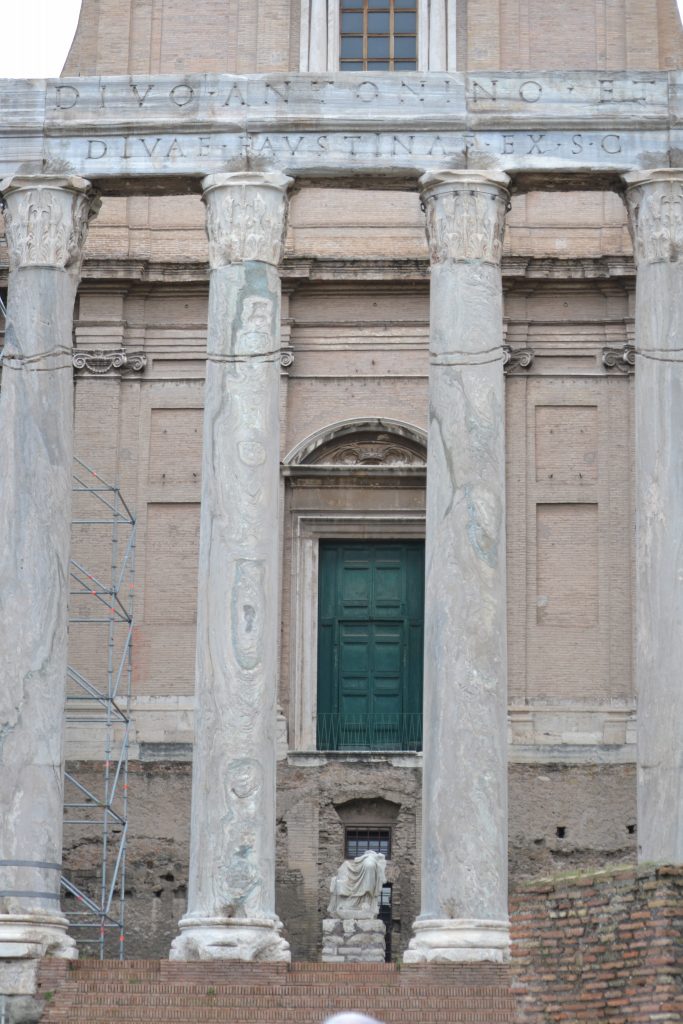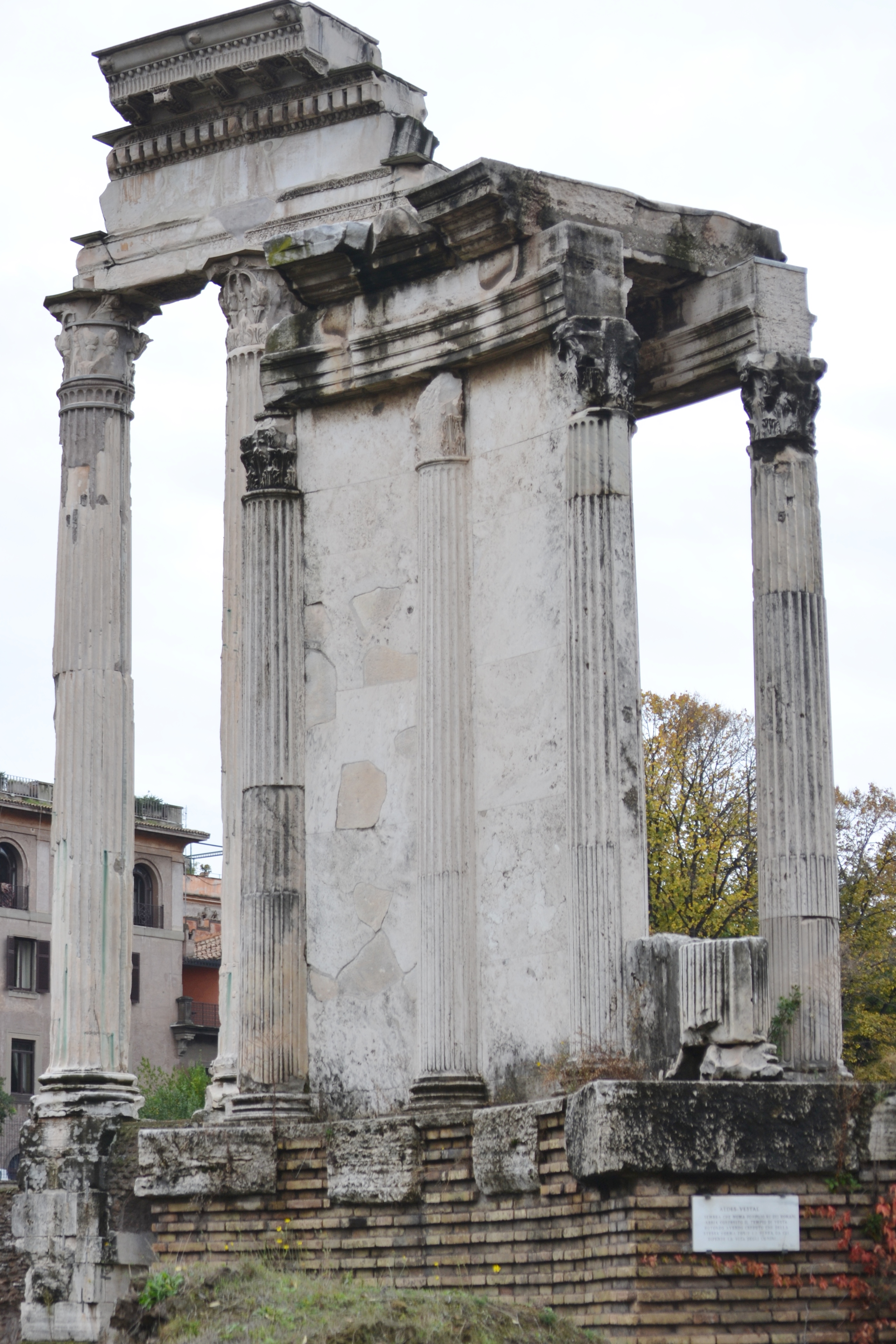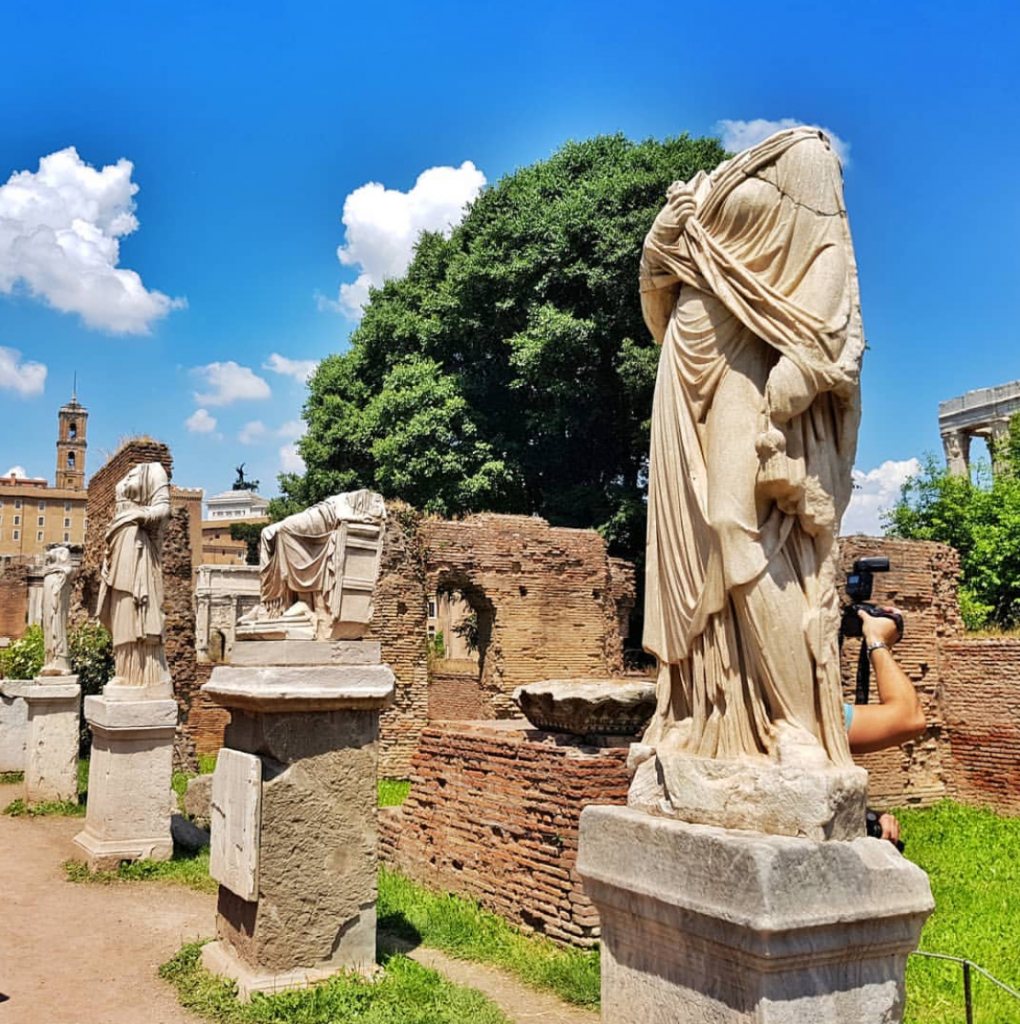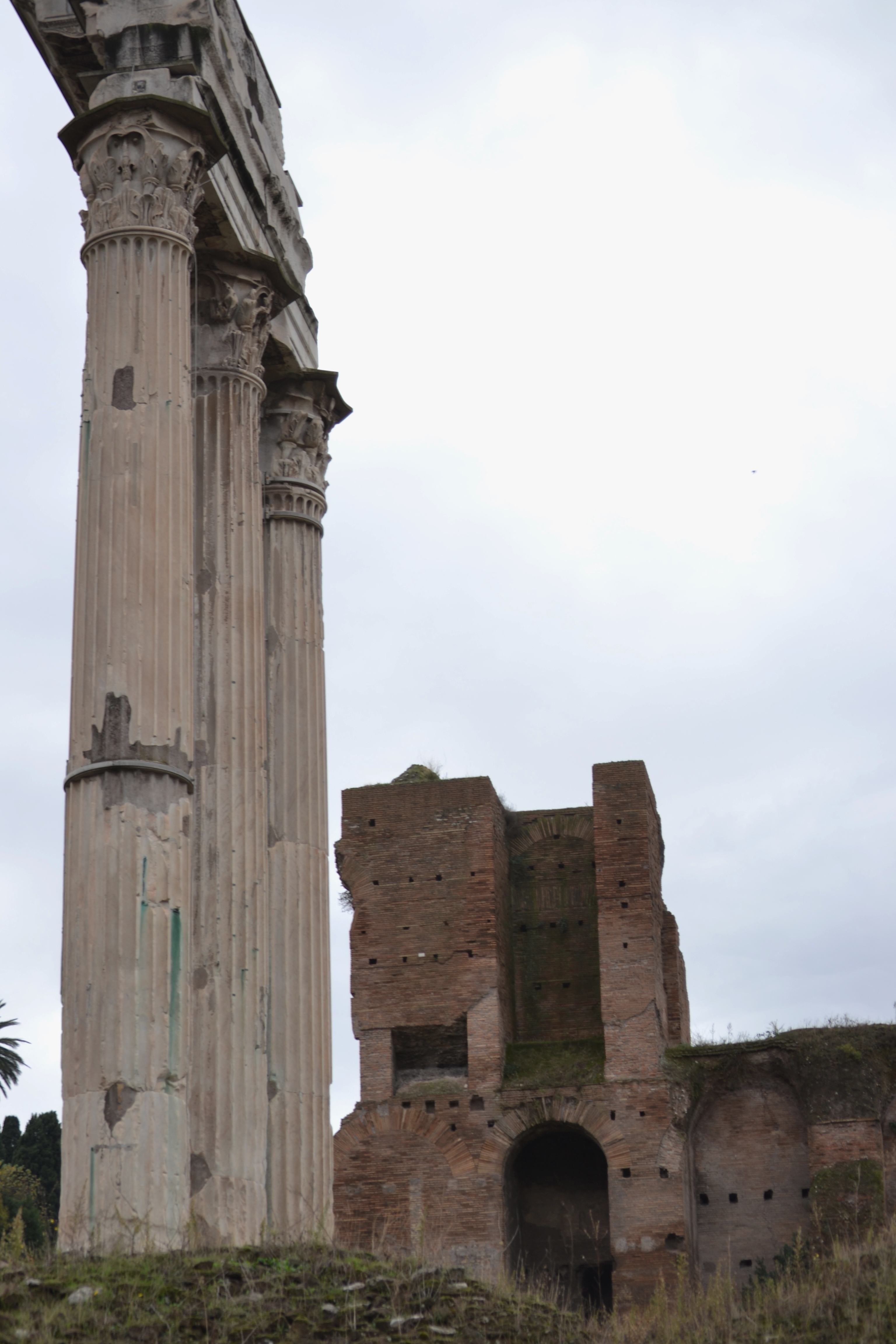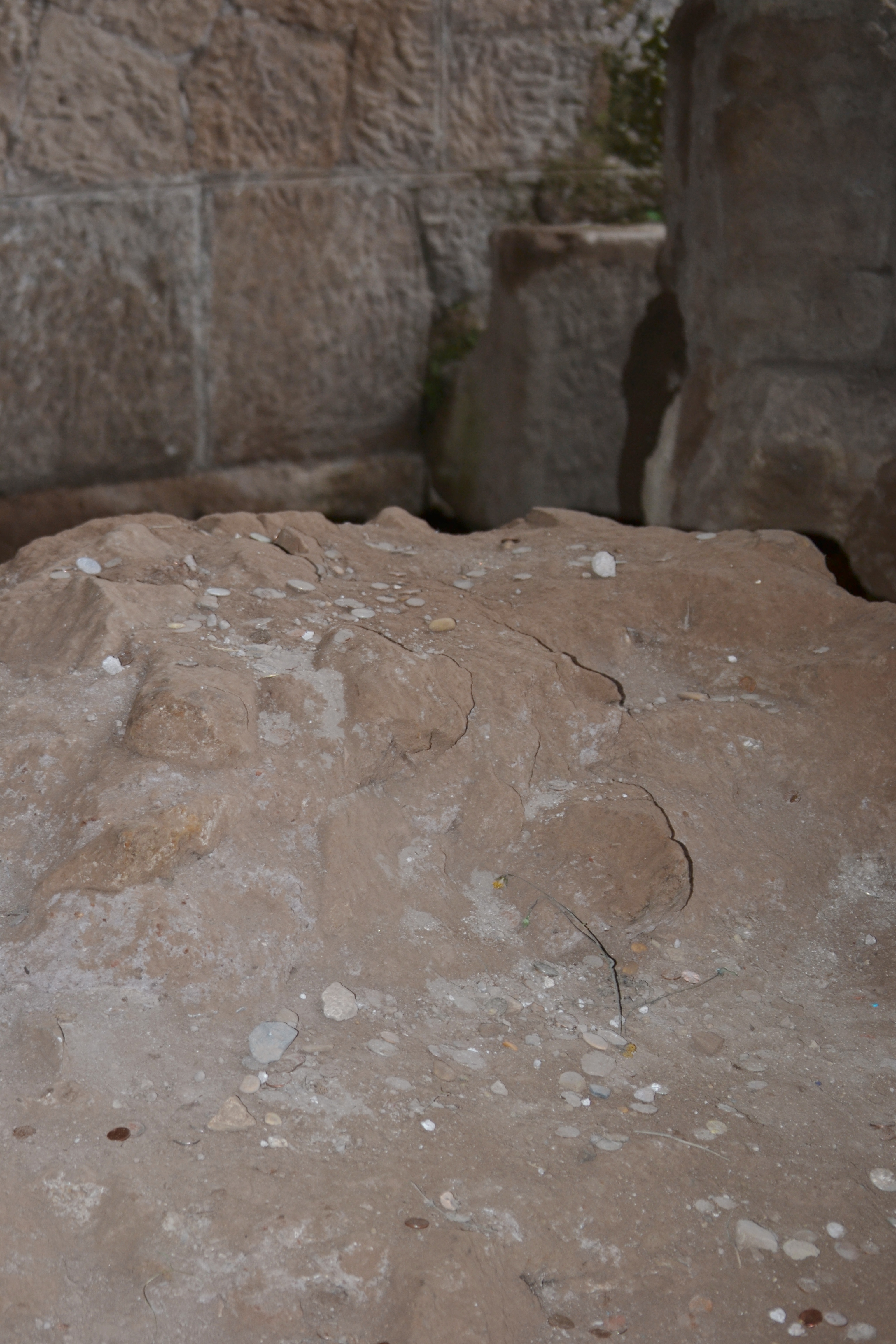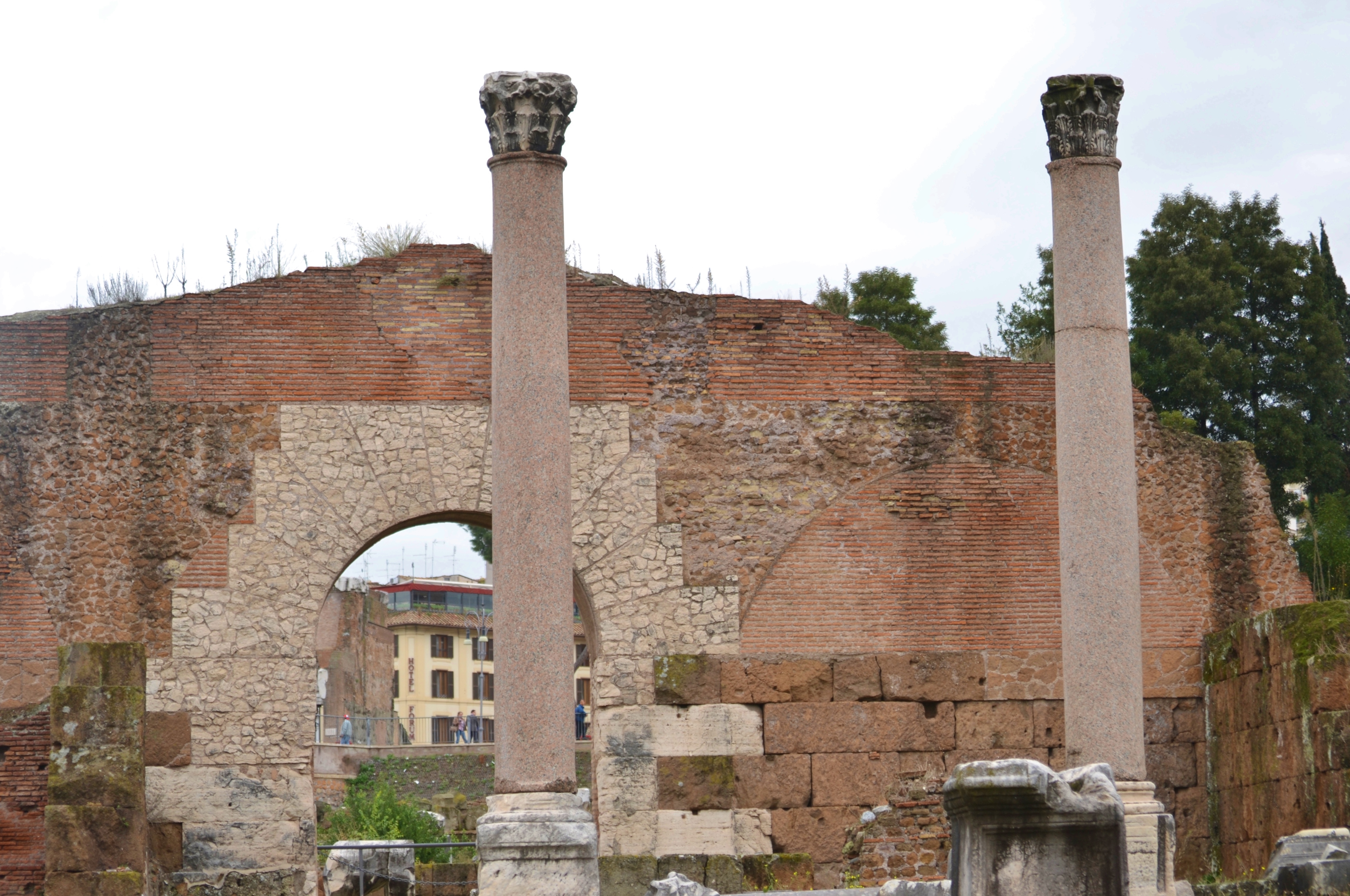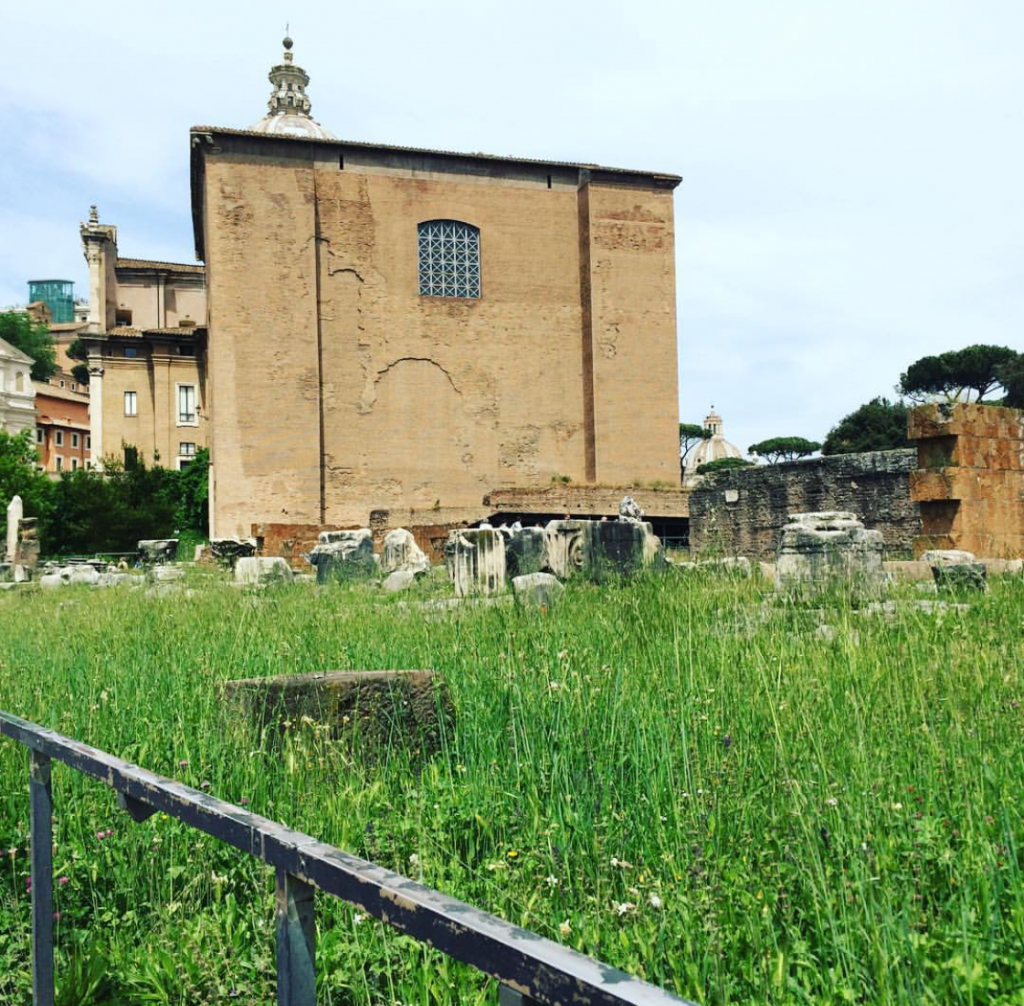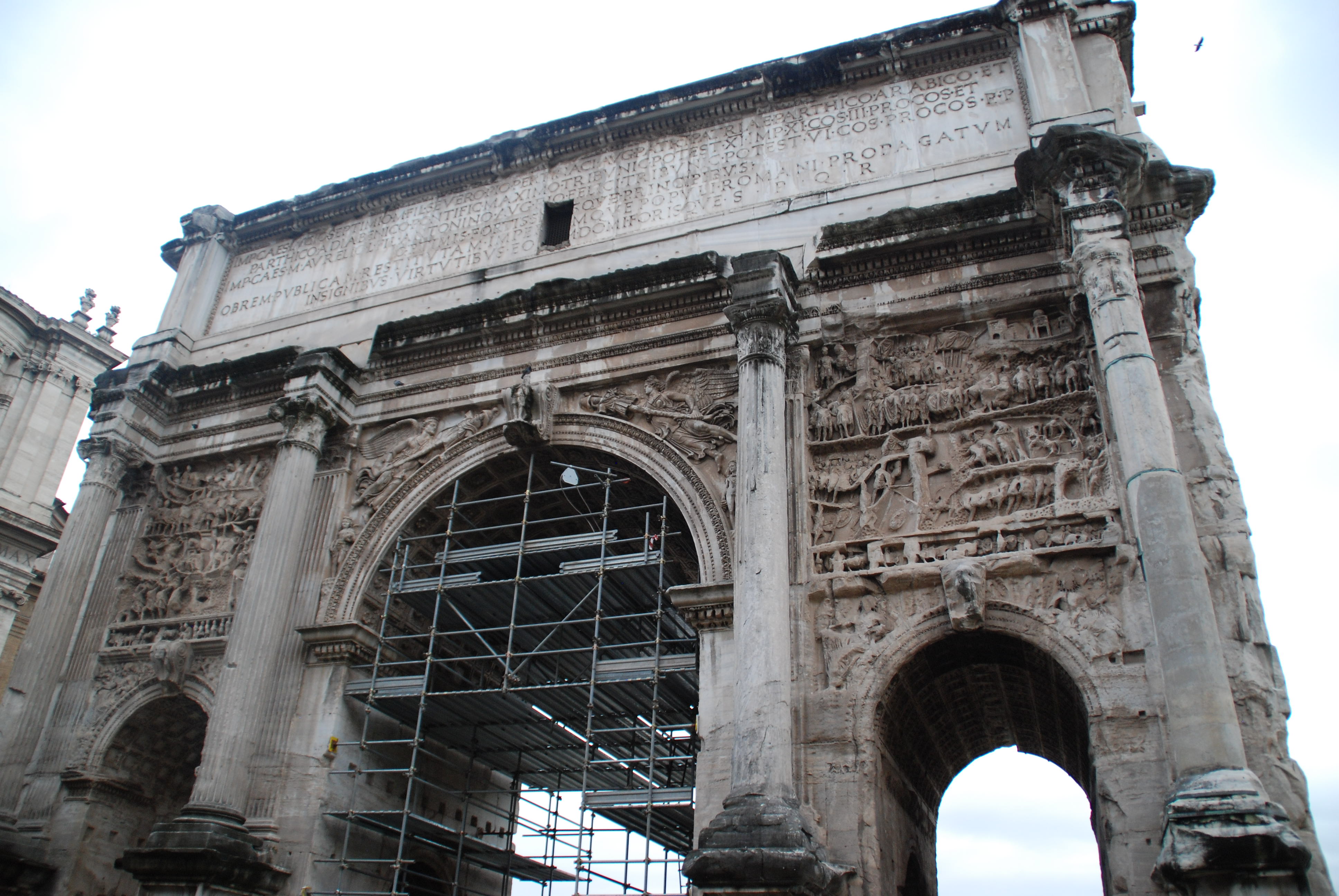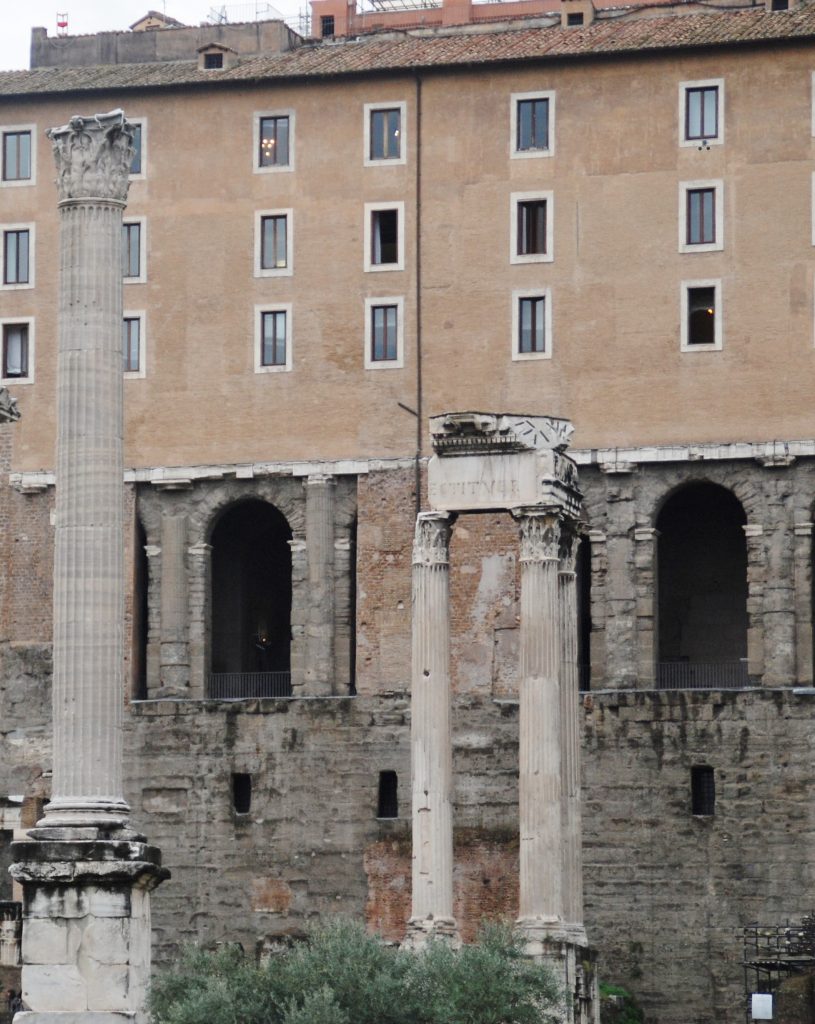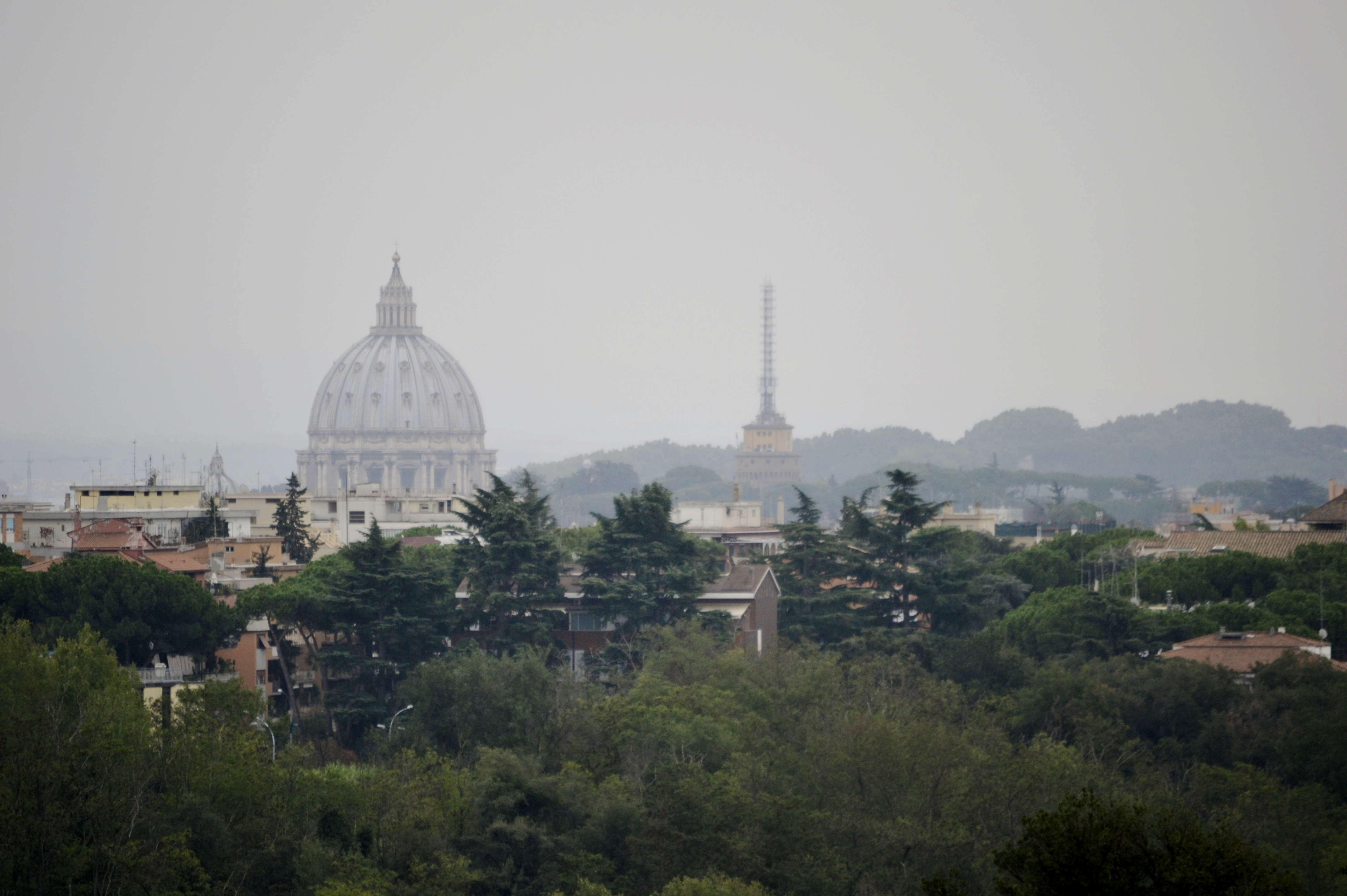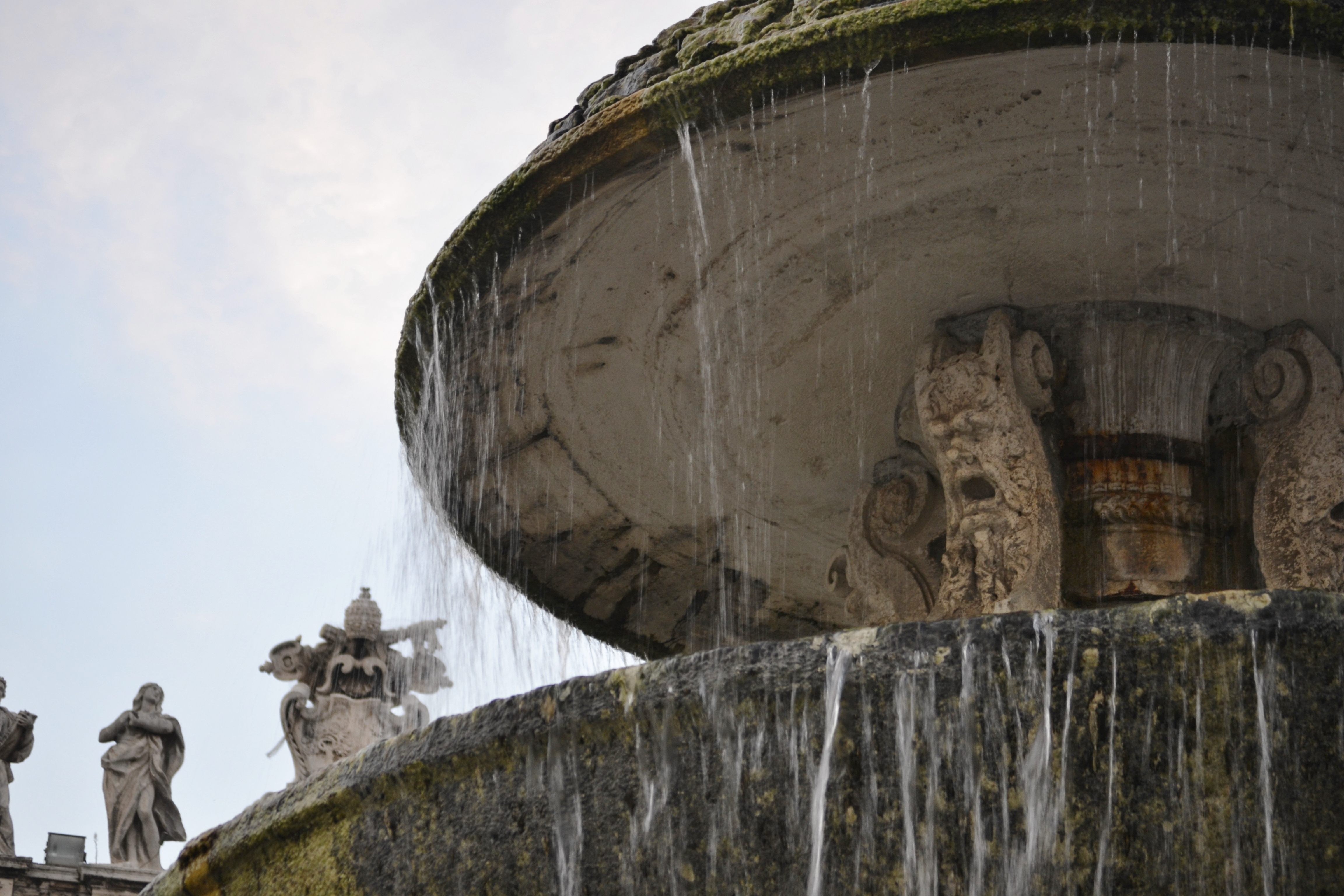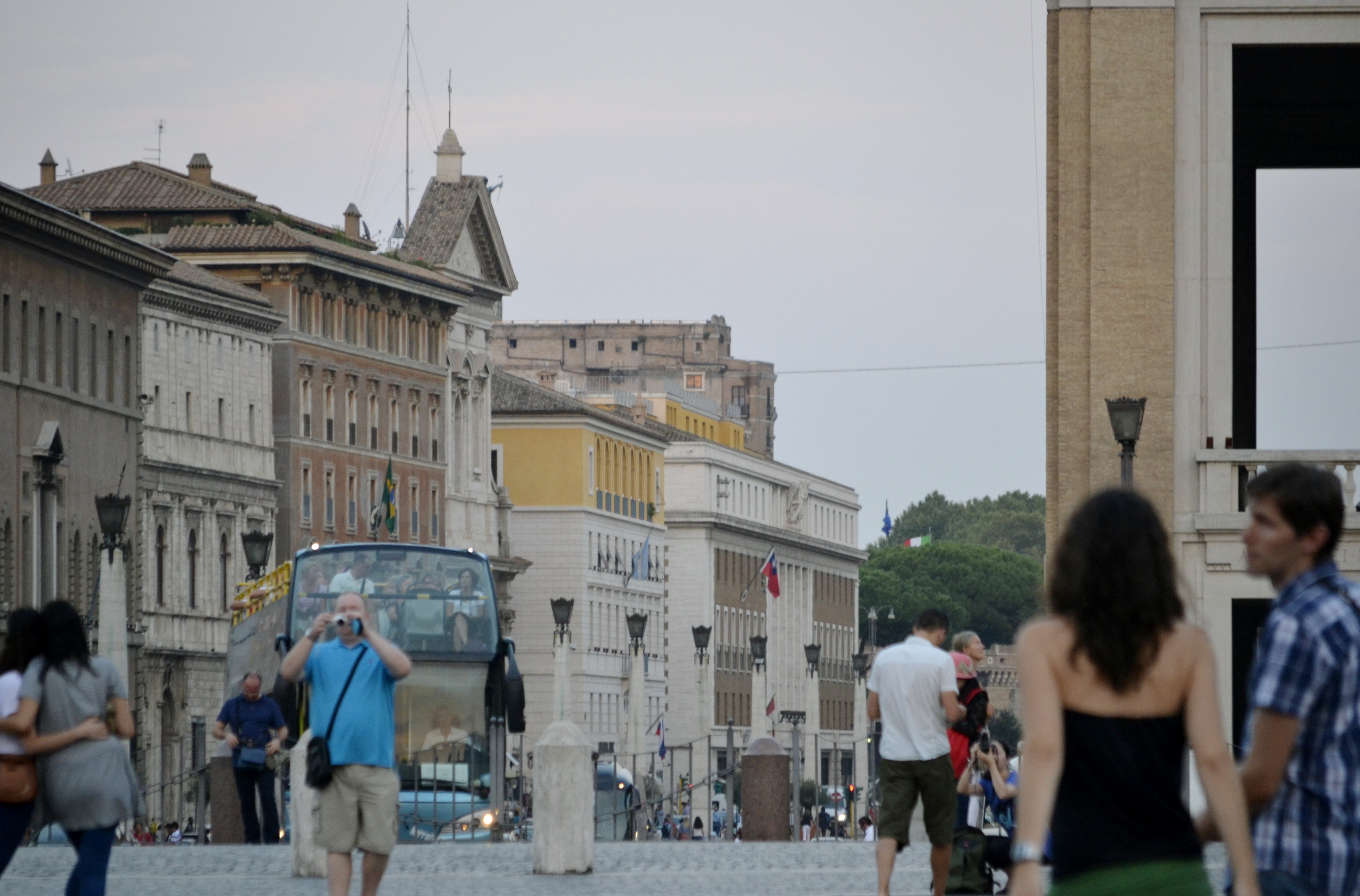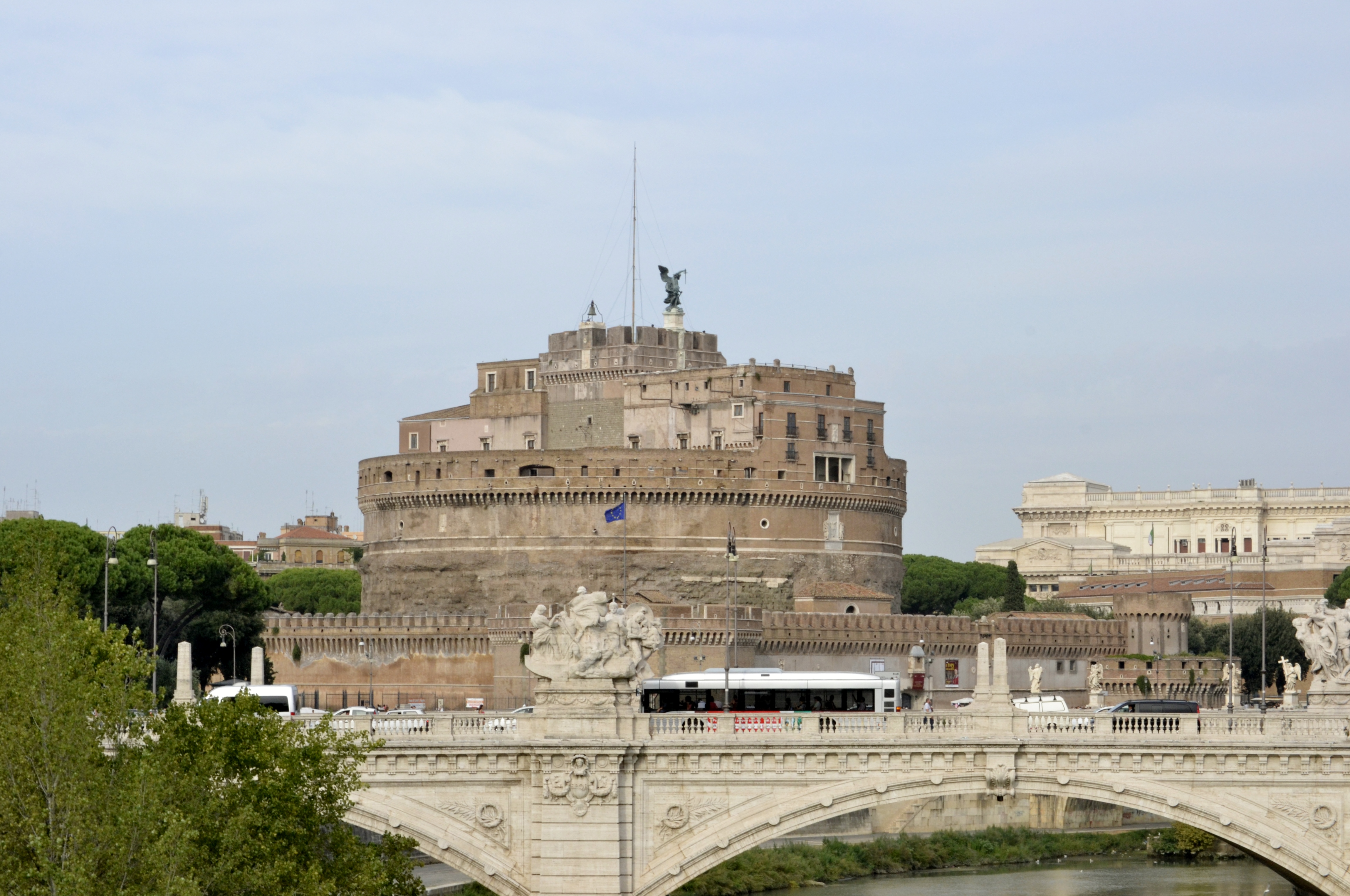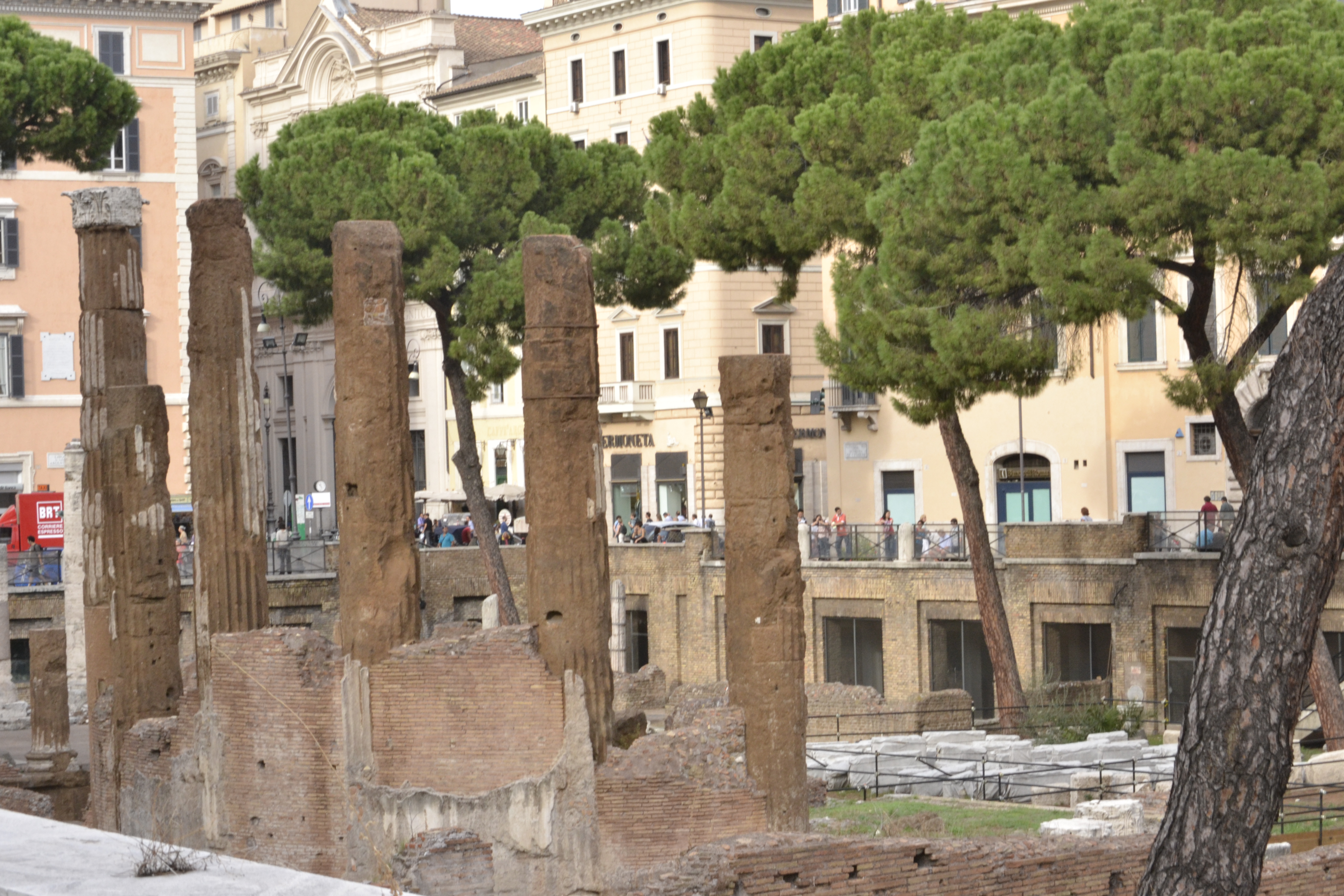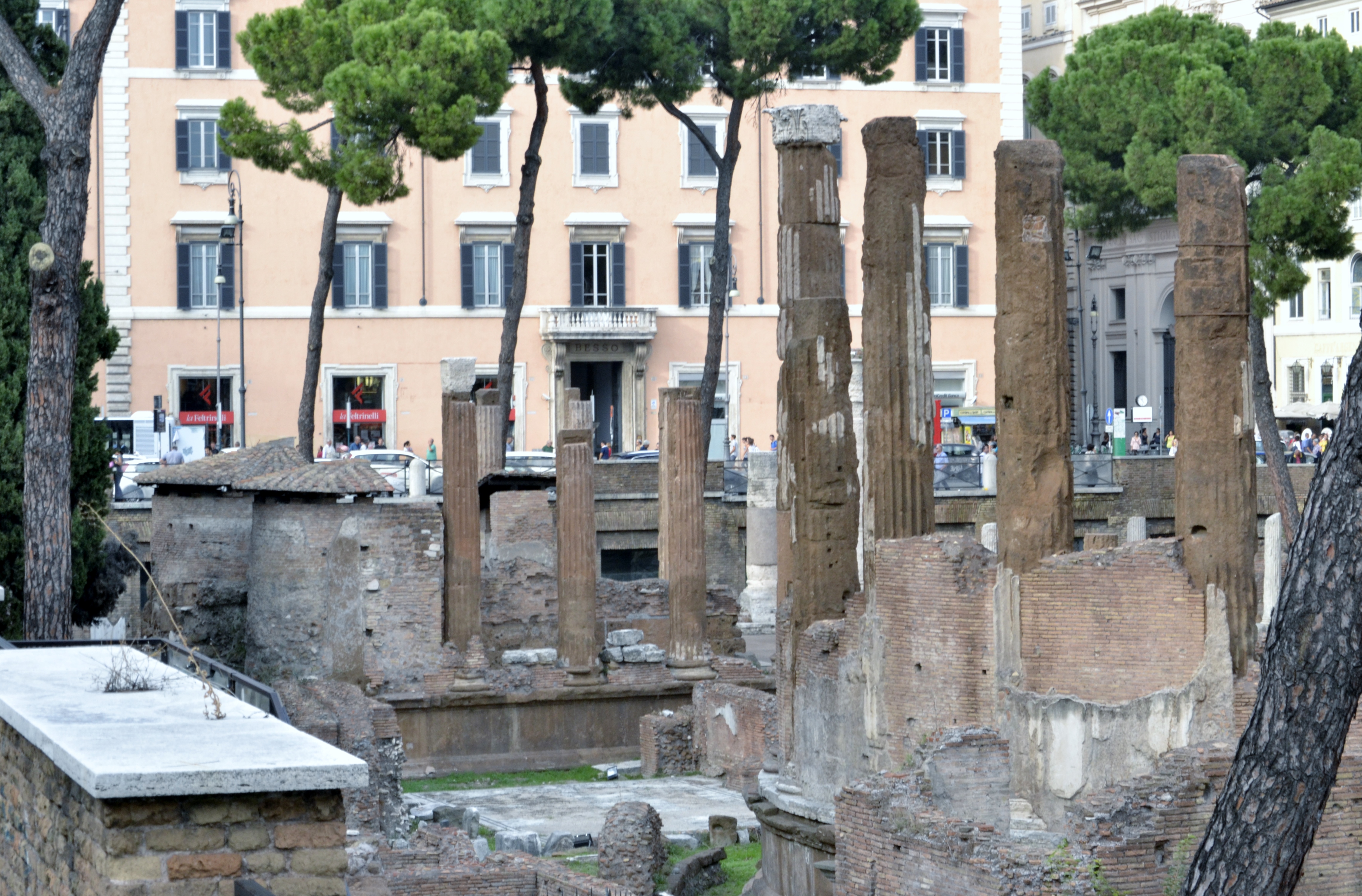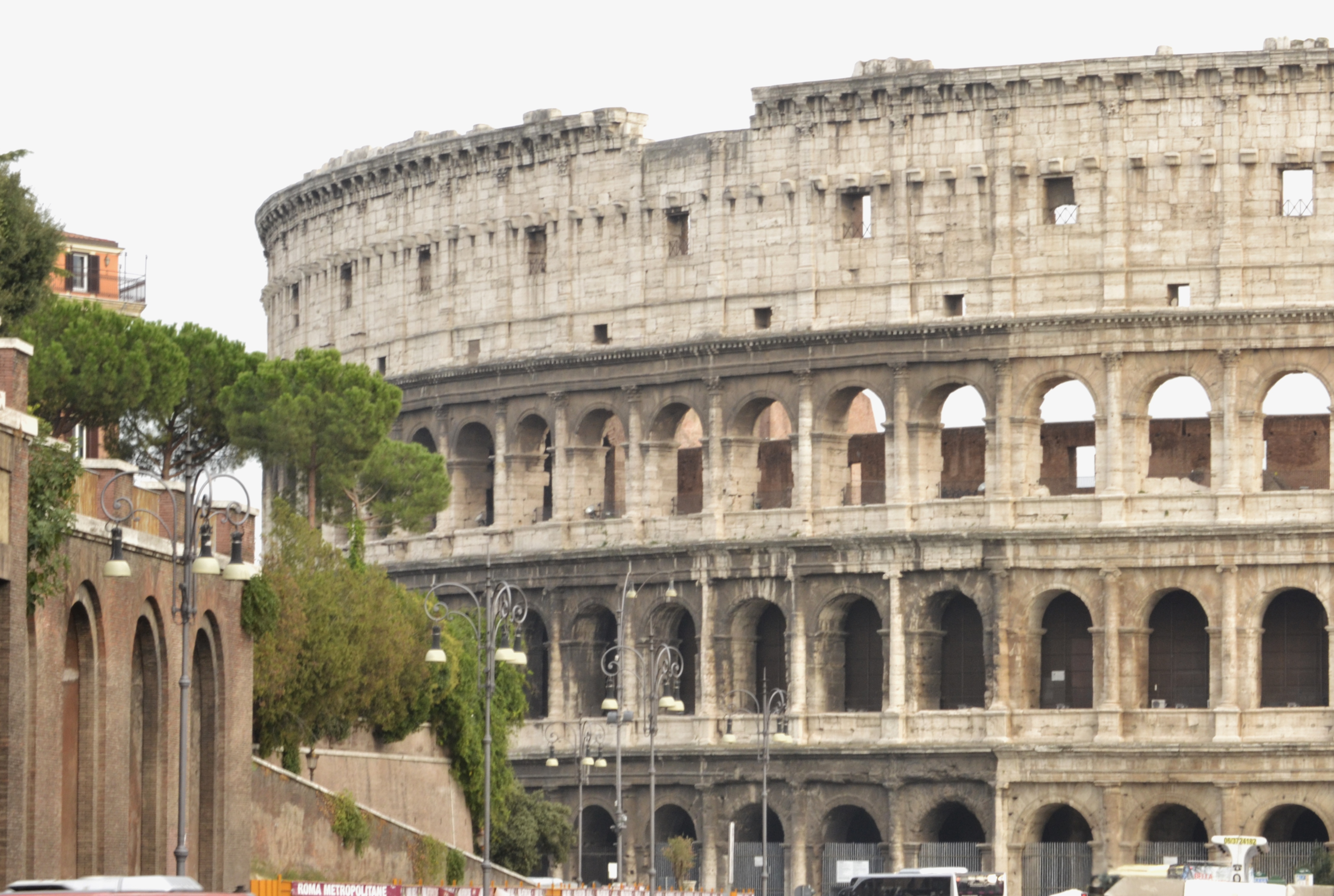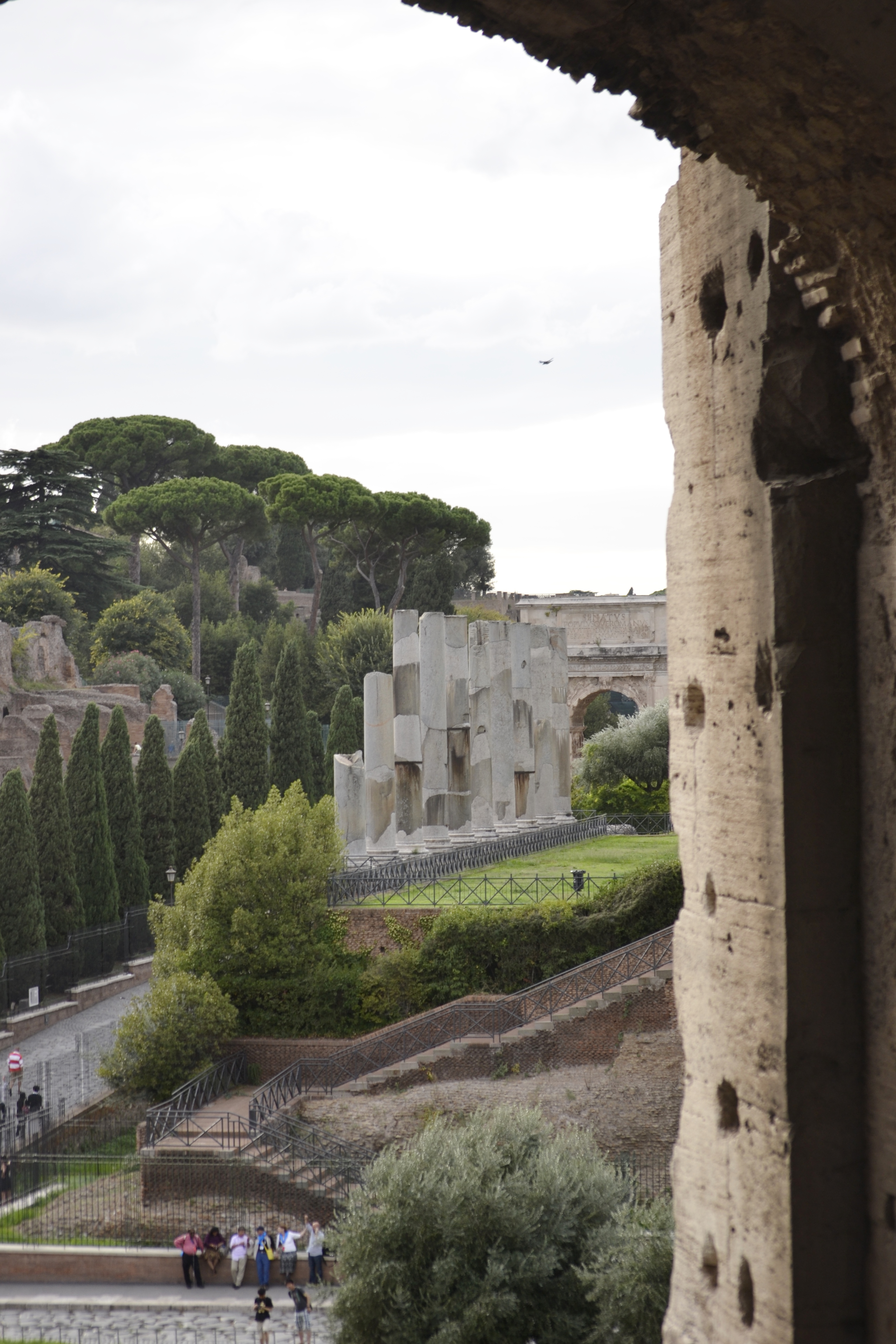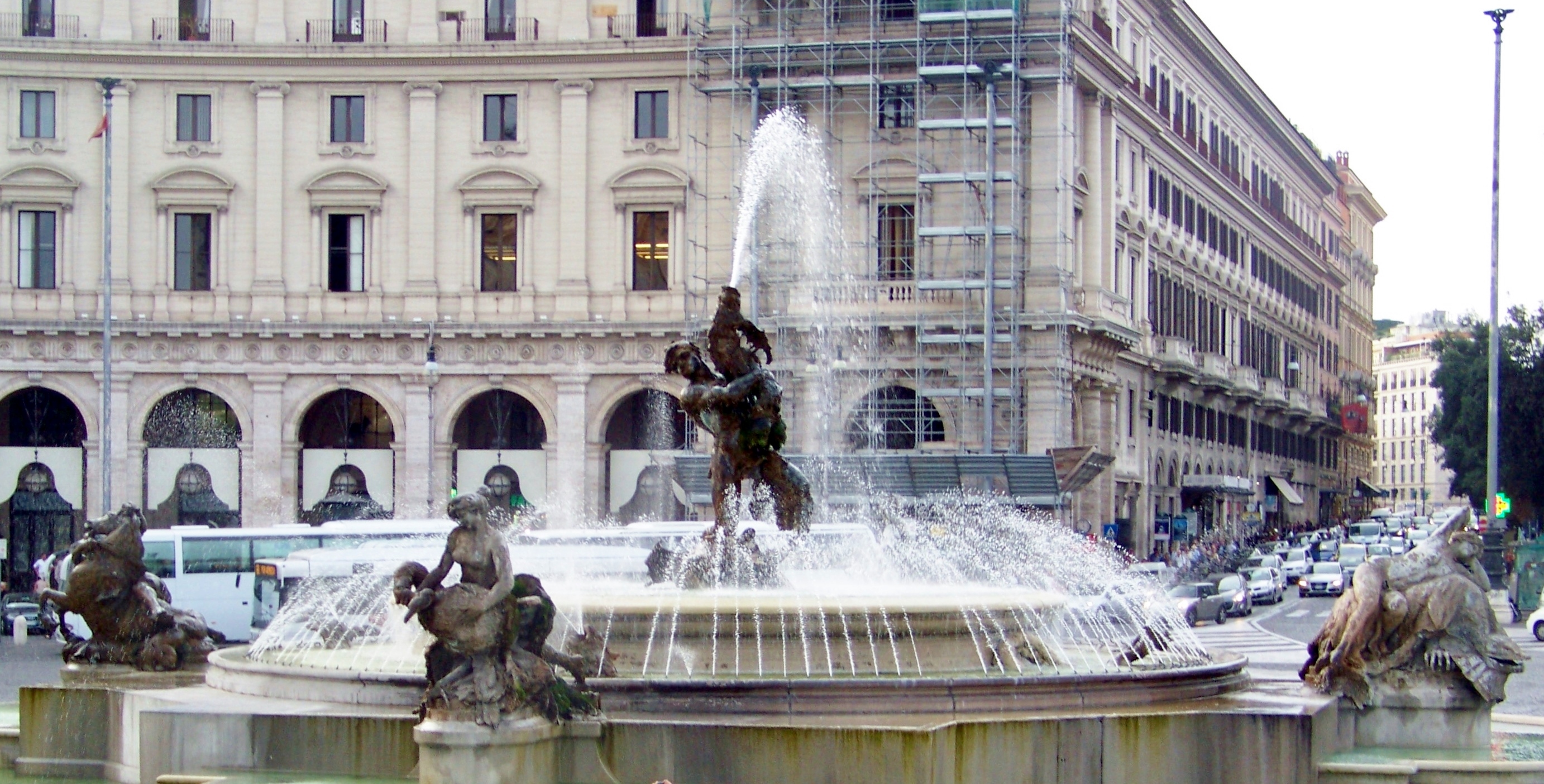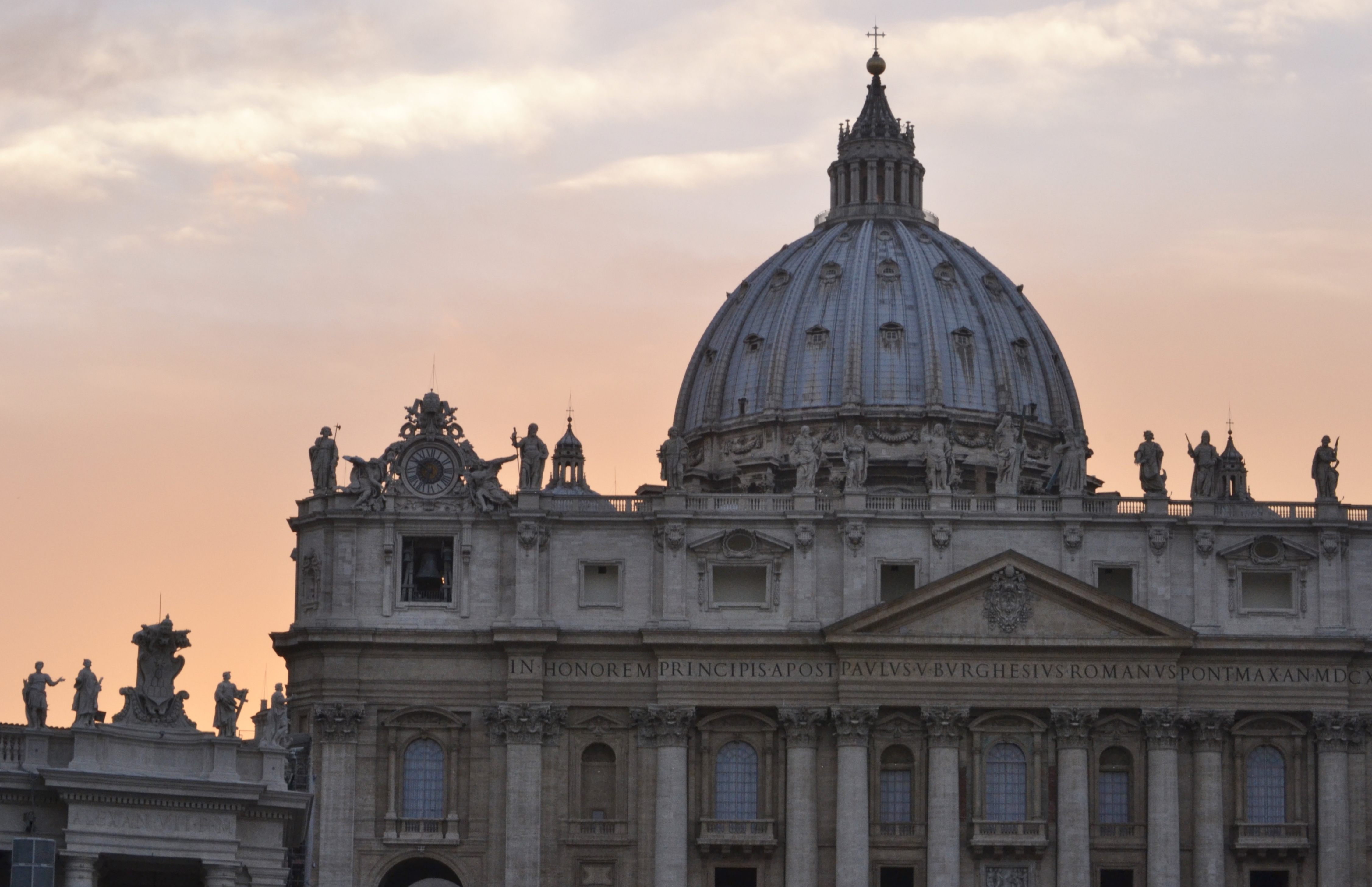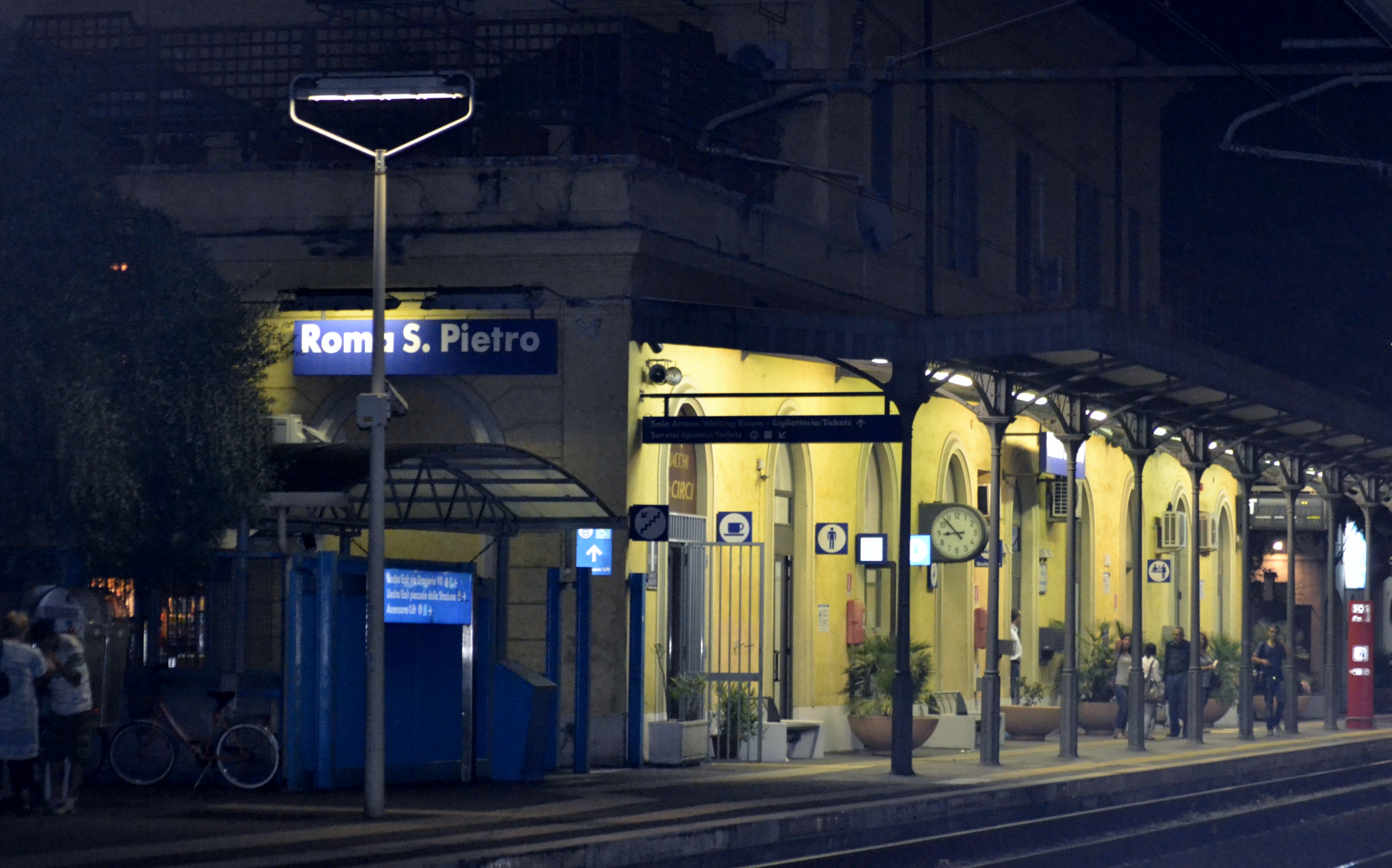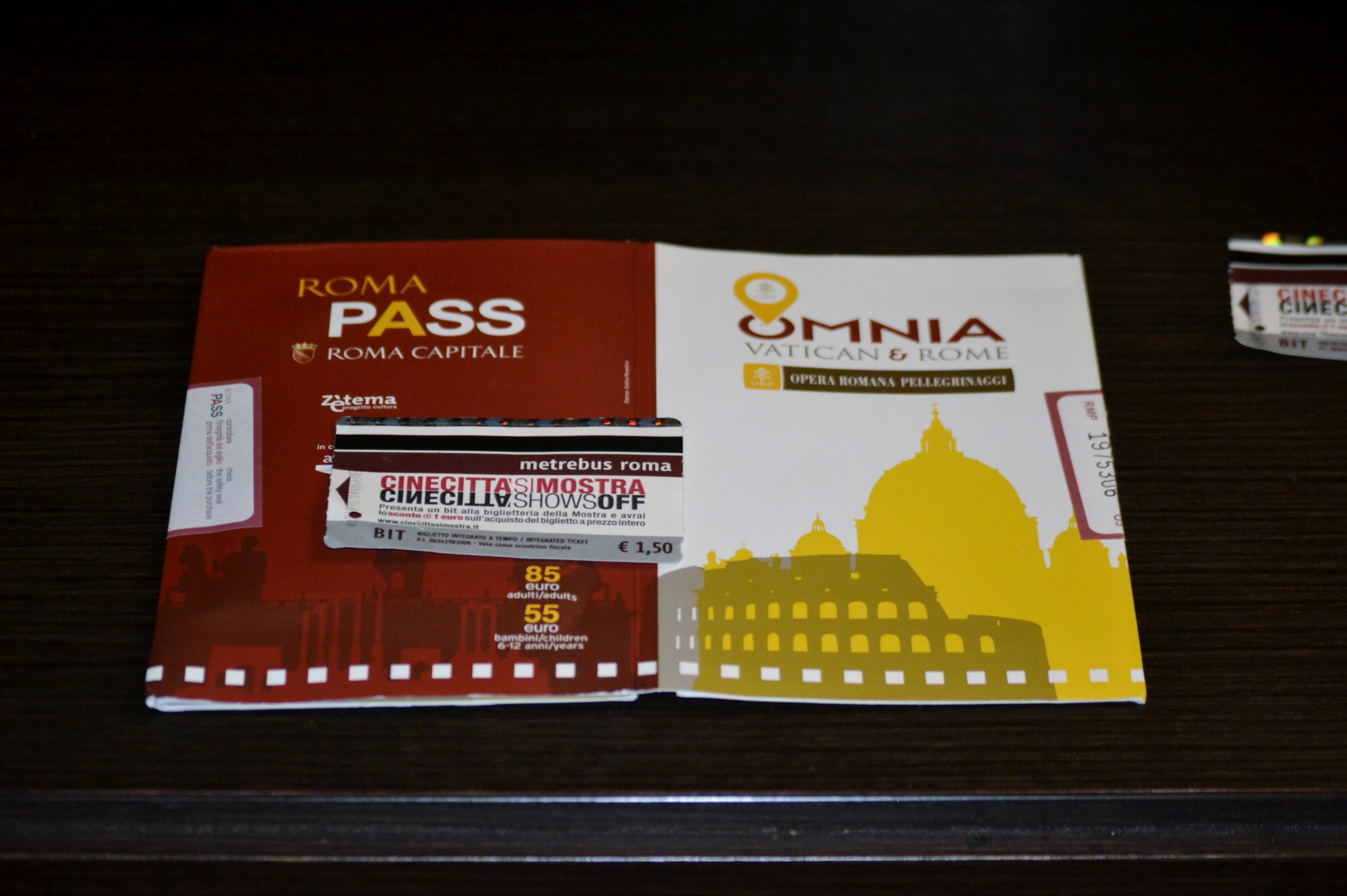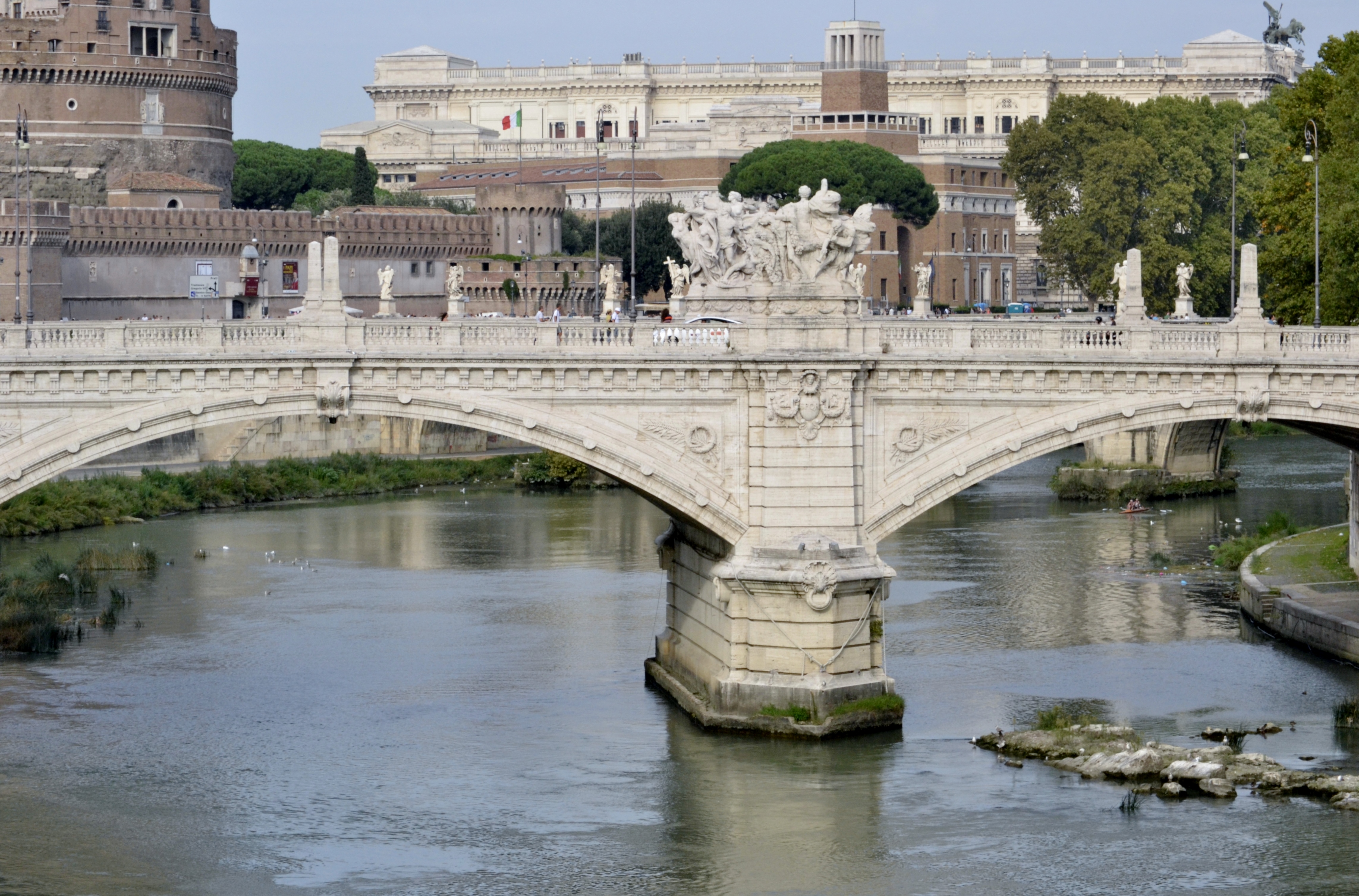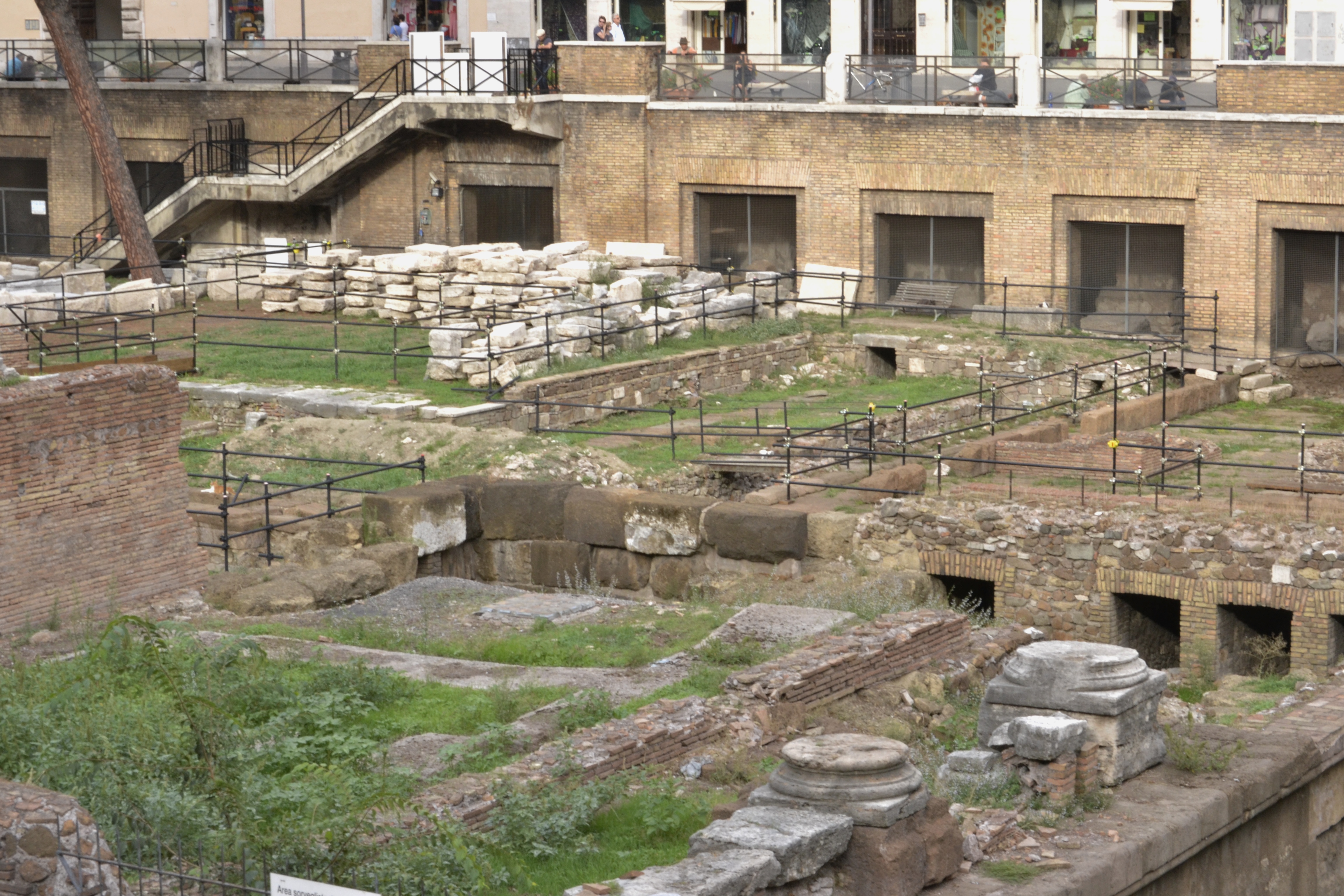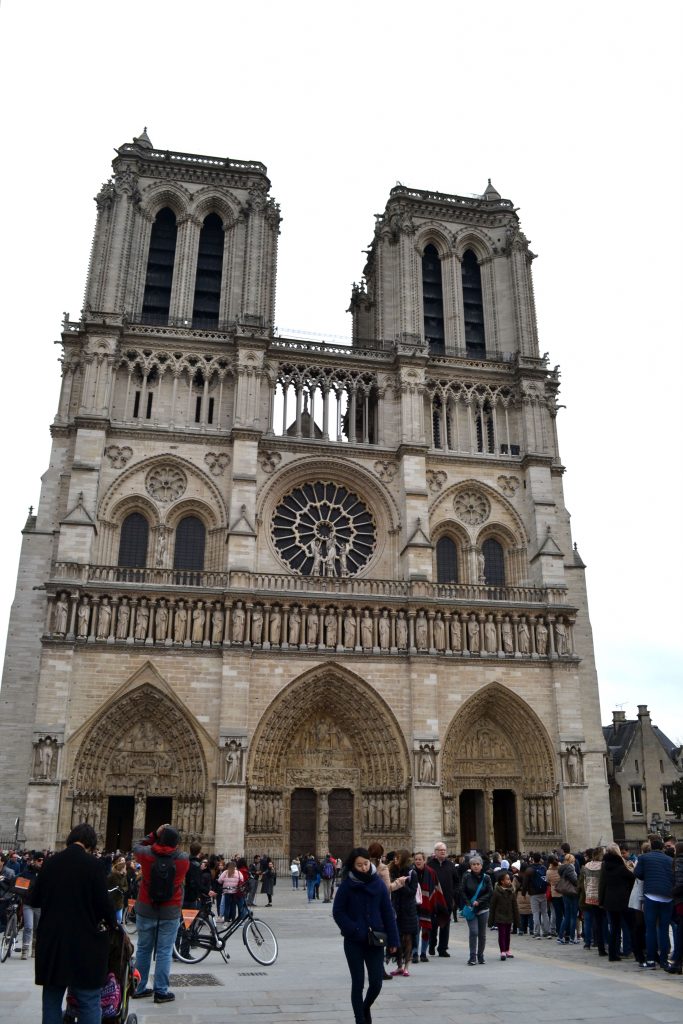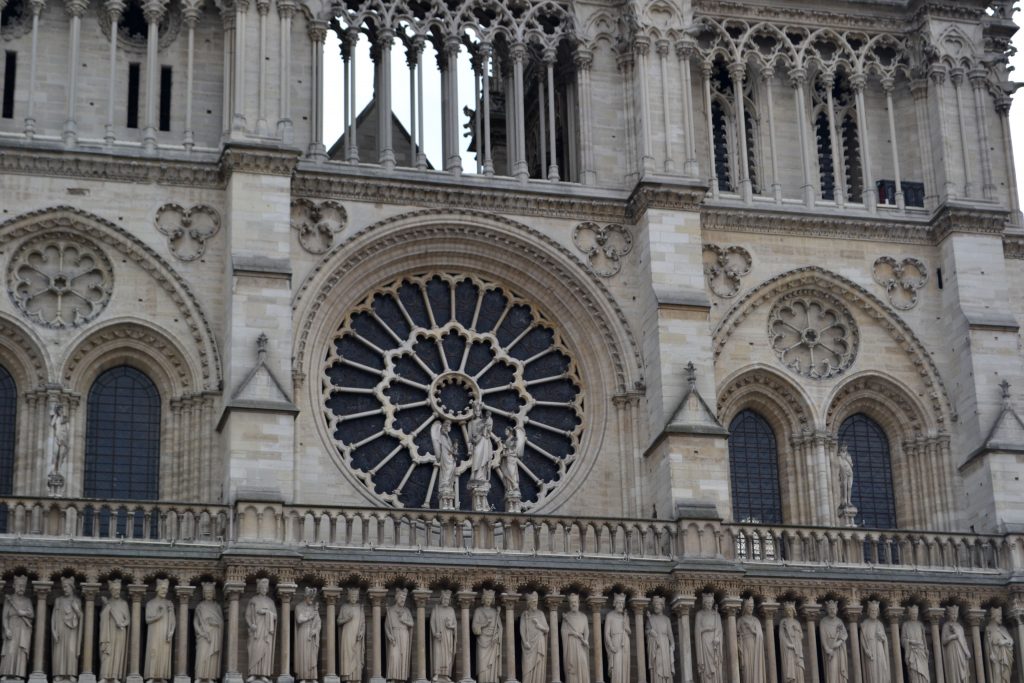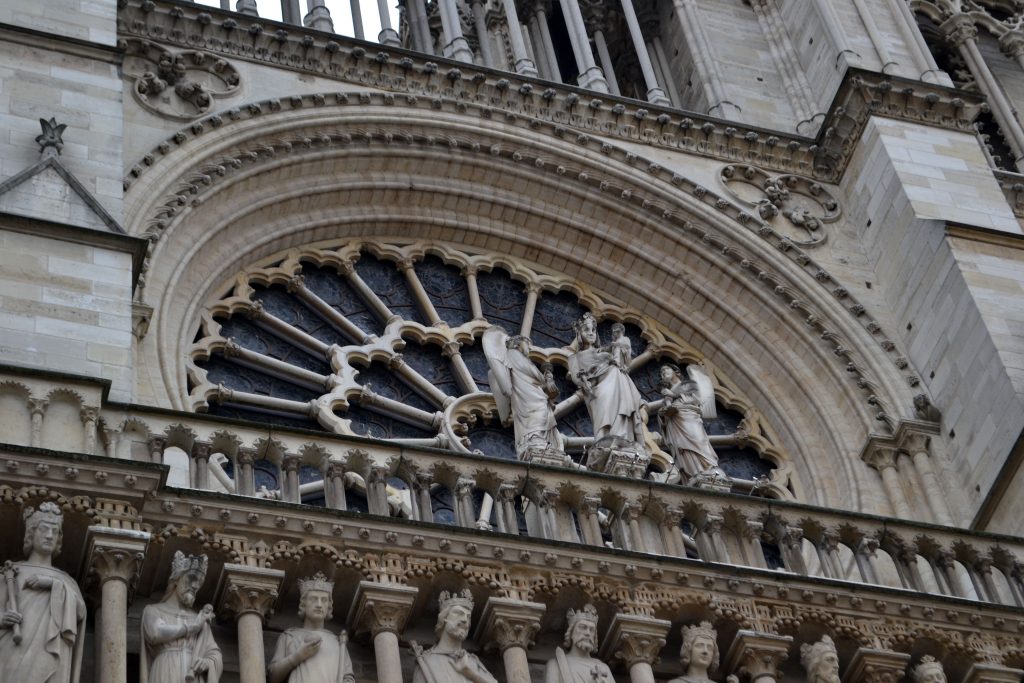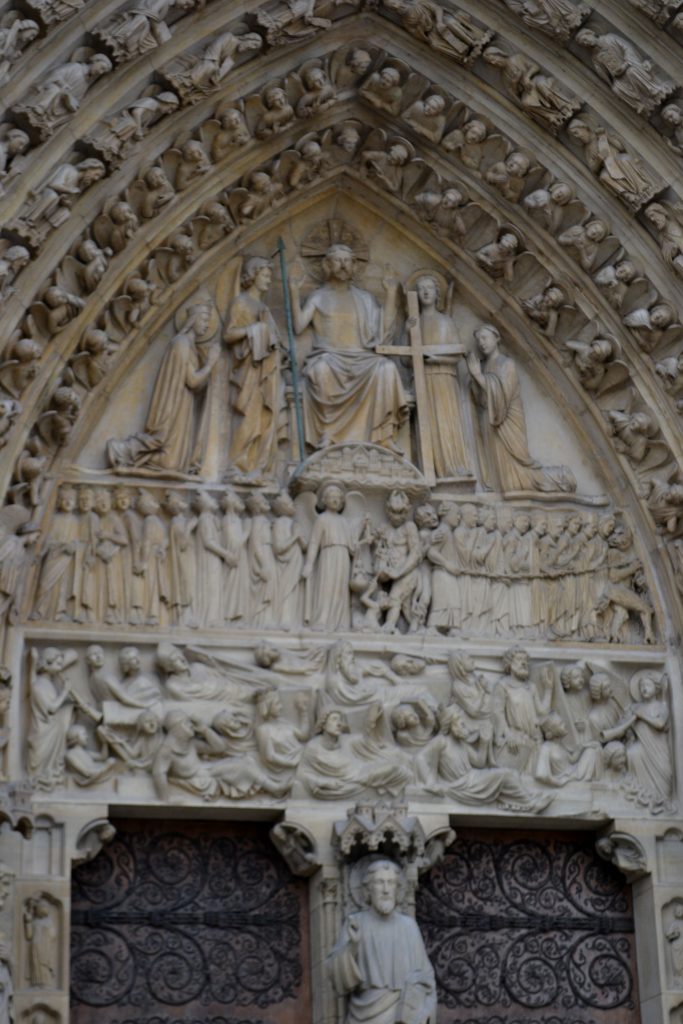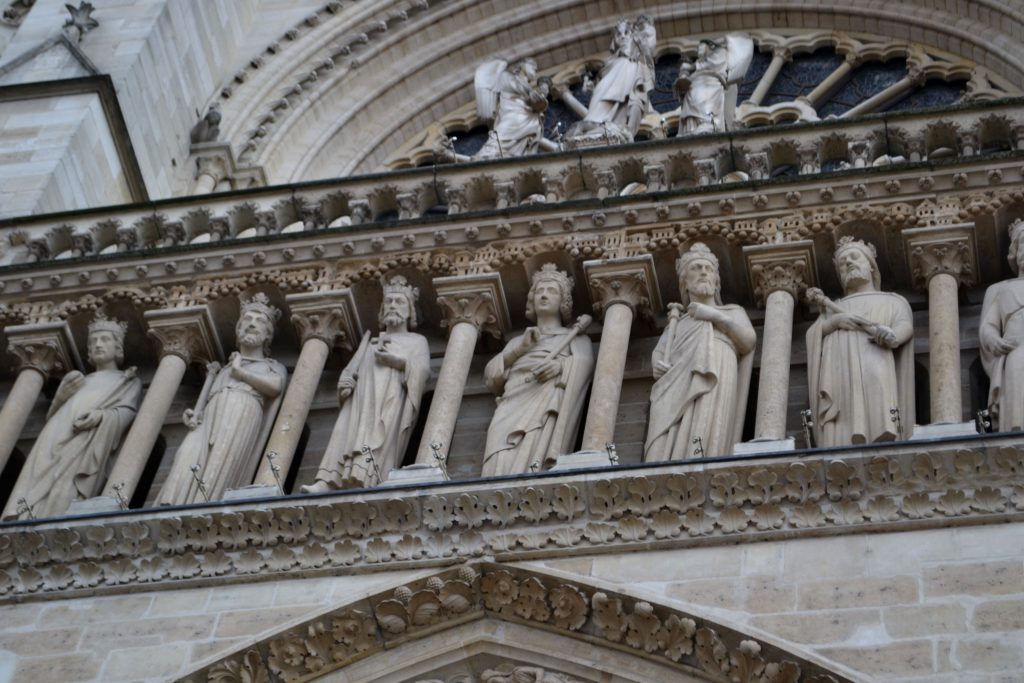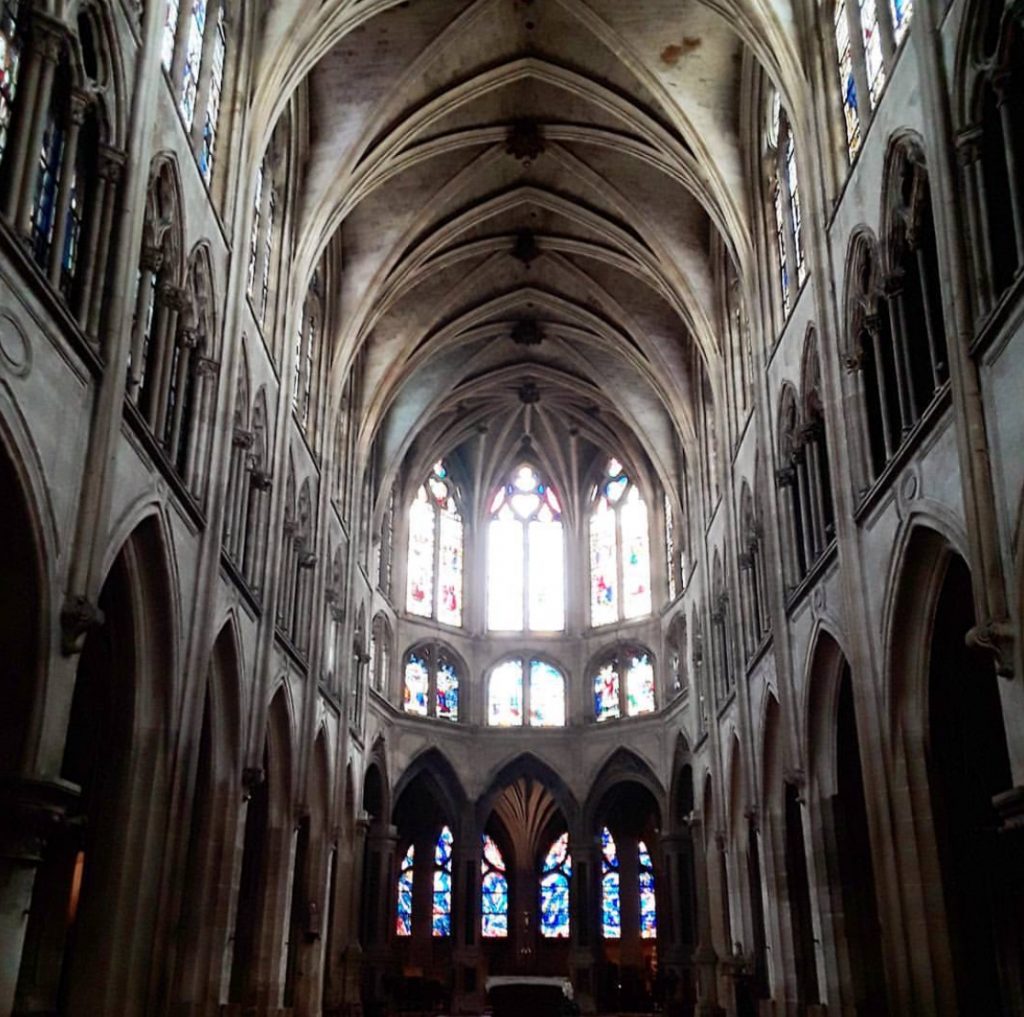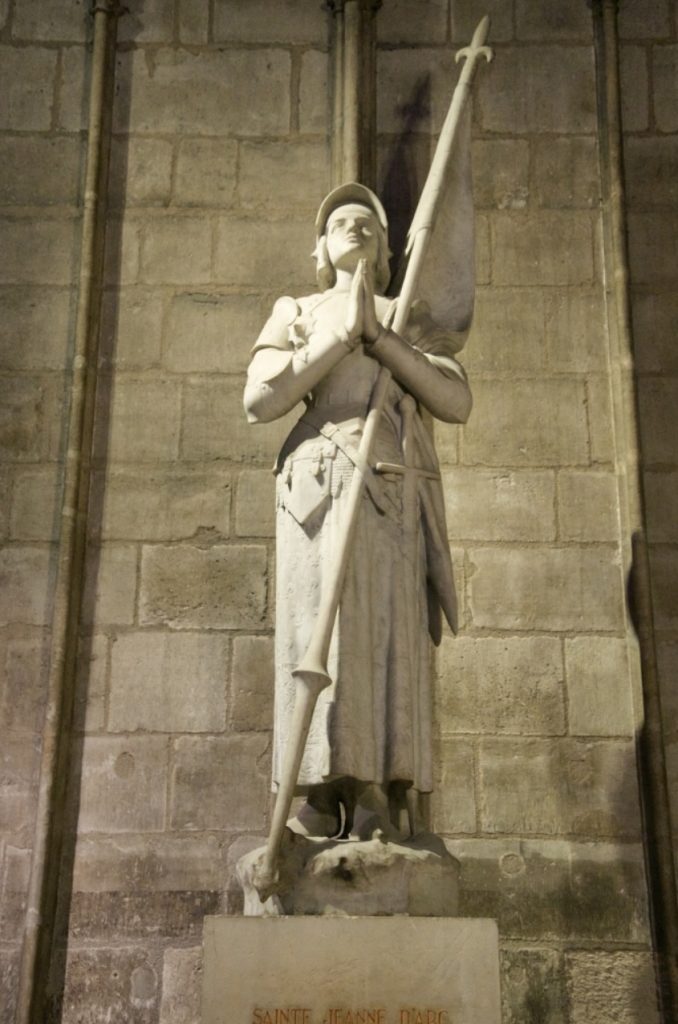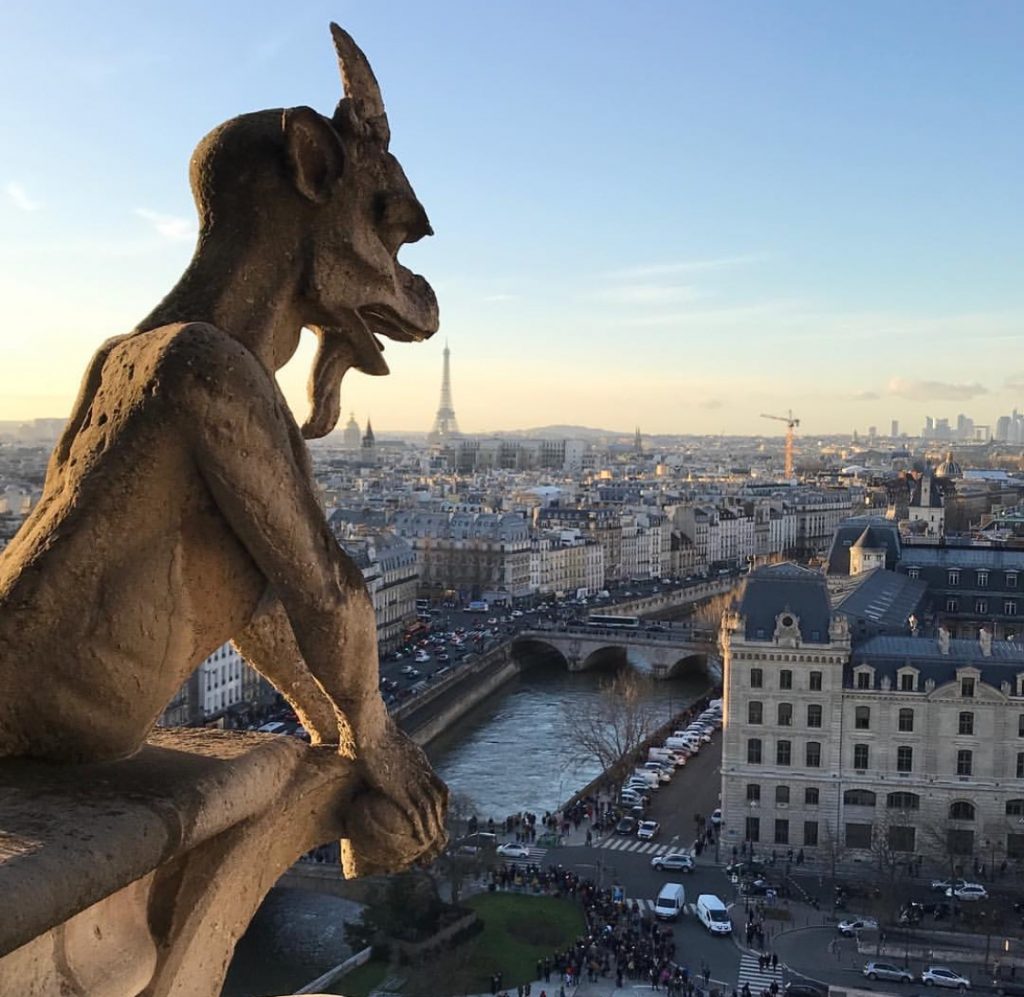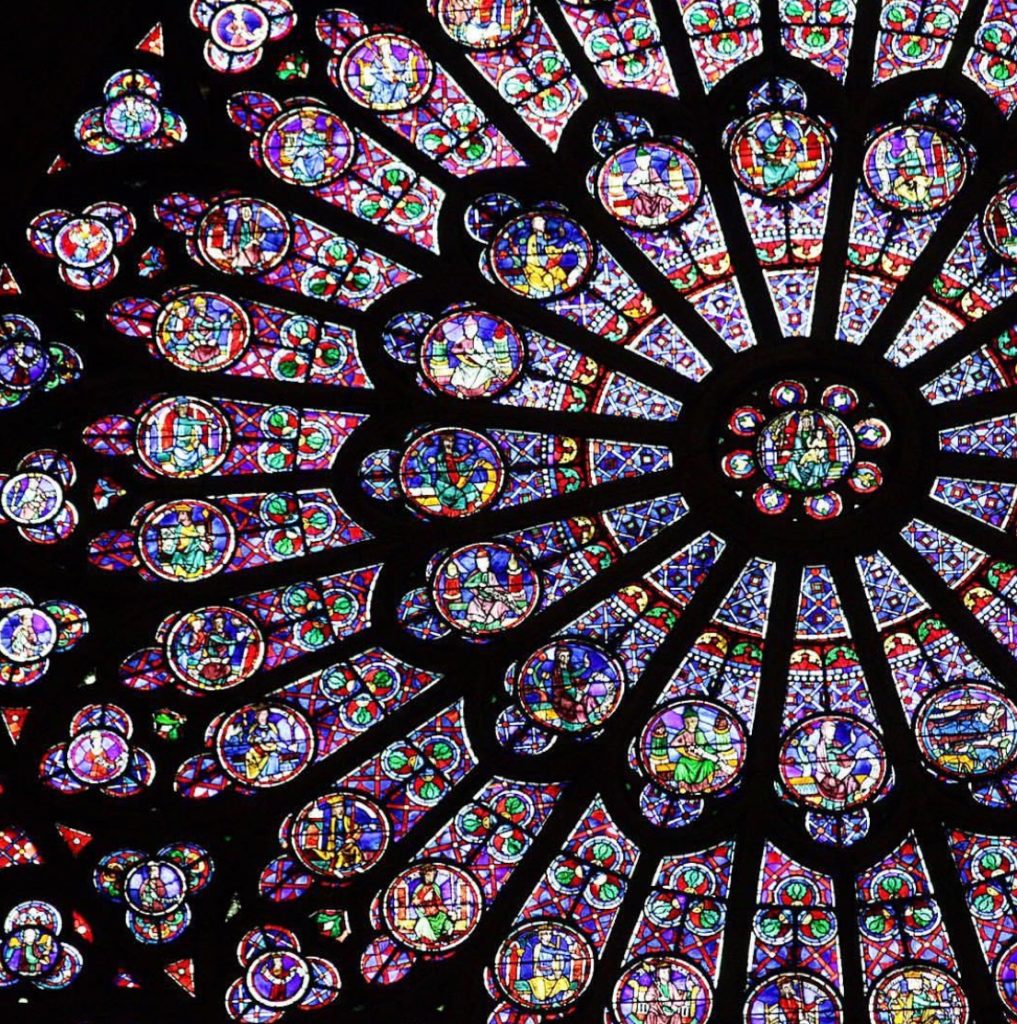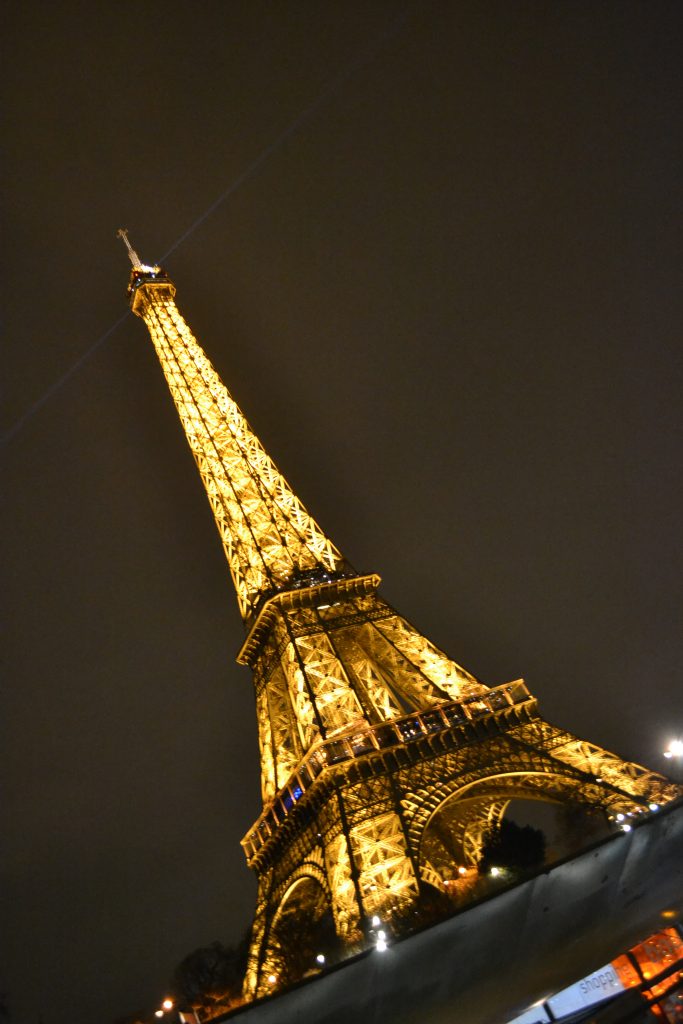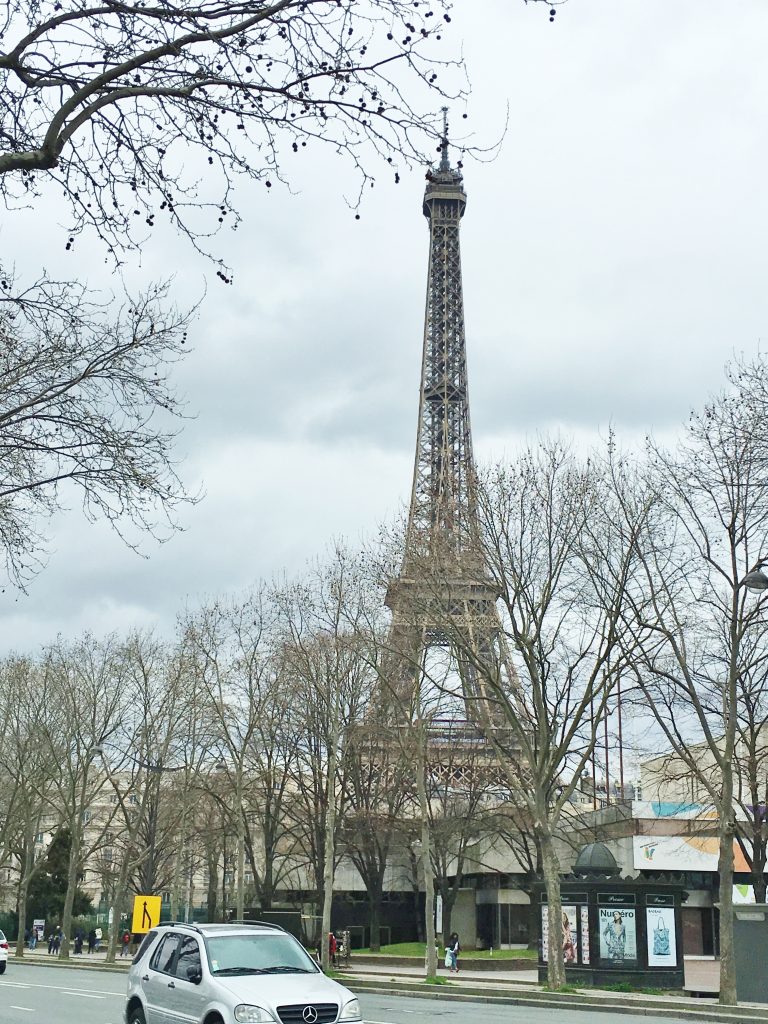The Vatican is the smallest country in the world, located in what was once the largest, most powerful city in Italy, Rome. Today, this spiritual epicenter is the birth of Catholicism dating back to 32 AD when St. Peter was credited as the first Bishop of Christianity. Since the early century AD, there have been close to 250 popes guiding the church and offering spiritual support to billions of Catholics for 2,000 years.
Within the Vatican is a church, the burial place of St. Peter and its infamous museums which house archives and artifacts of nearly 200 decades of history. It is also a living community of Christians working within its ancient city walls, providing leadership to the Catholic faith.
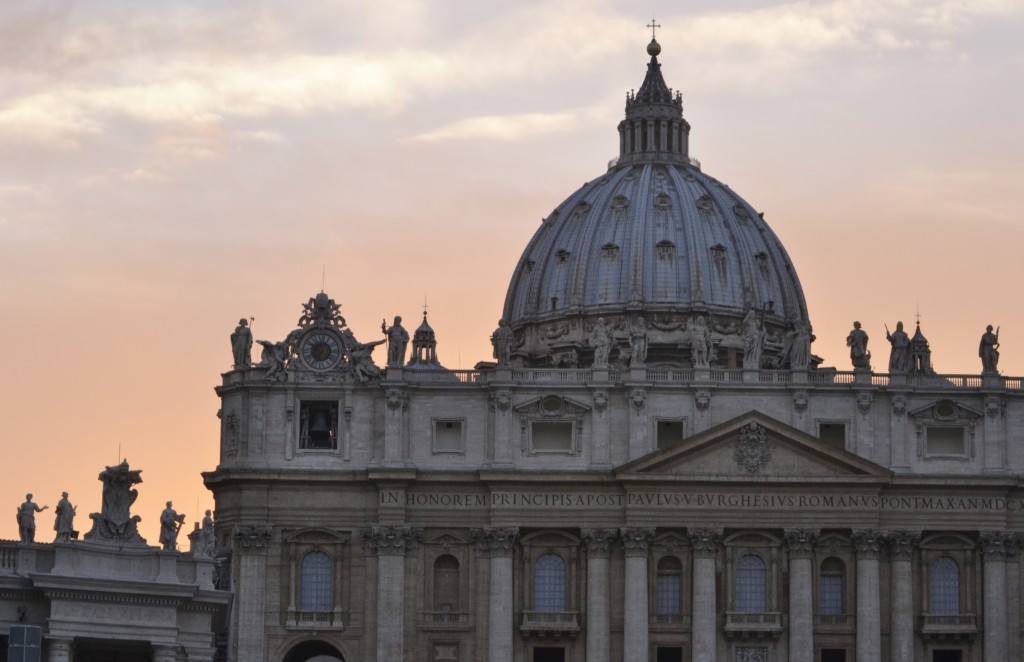
The architecture of The Vatican is spiritual, spacious and spectacular. The original basilica was demolished to make way for the more modern structure that remains today. Four great architects contributed to its construction, but Italian architect Carlo Maderno is credited with its fascinating façade.
Standing in the middle of St. Peter’s Square, the portico of the Basilica is mesmerizing. Looking towards the dome and taking in a panoramic view of its structure, the 140 saints peer down upon inquisitive pilgrims seeming to offer them blessings and peace. My favorite time to visit the square is at dusk when the sun begins to set behind it.
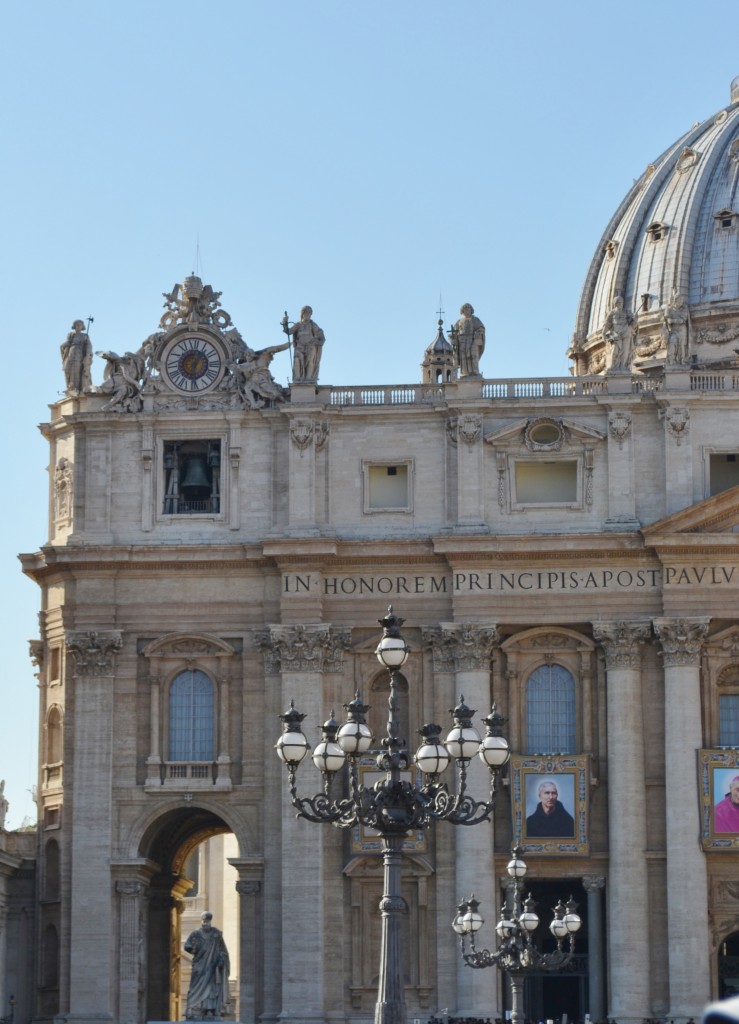
There are two clock towers and corresponding bell towers on each side of the camponile. Angels stand guard along the face of the clock while the Pope’s crest rests atop of it. Through an arched entryway is the statue of St. Peter holding the keys to the church as the faces of saints adorn the façade in preparation of a ceremony.
Throughout the building’s frontage are historical tributes to the Popes that have contributed to the expansion of The Vatican. The design details of St. Peter’s basilica is exquisite. The Crest of the Colonnade pays homage to Pope Alexander VII who commissioned the portico designed by famous Italian architect Gian Lorenzo Bernini. The crest contains the Coat of Arms of the pope as well as the papal tiara and keys that sit atop the ensign.
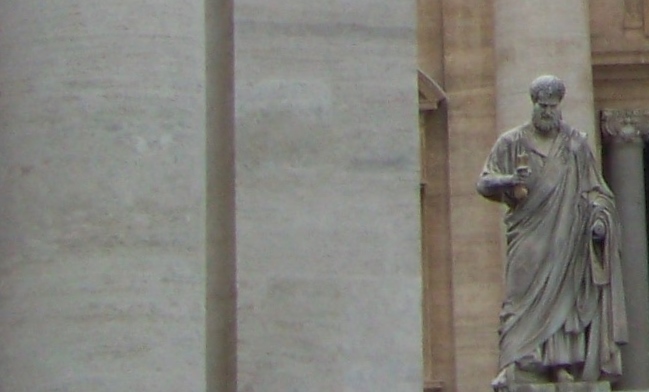
According to early writings, it was here, on Vatican Hill, that St. Peter was crucified upside down. History claims that his martyrdom took place near the first basilica built by Constantine and “near the obelisk”, which was at one time, to the right of the cathedral.
On St. Peter’s Square there are two fountains, one designed by Gian Lorenzo Bernini and the other by Carlo Maderno. The Bernini Fountain was added after the obelisk was raised to create a symmetrical look to the square. To resemble the fountain created by Maderno, Gian Lorenzo designed the new fountain which was completed in 1677.
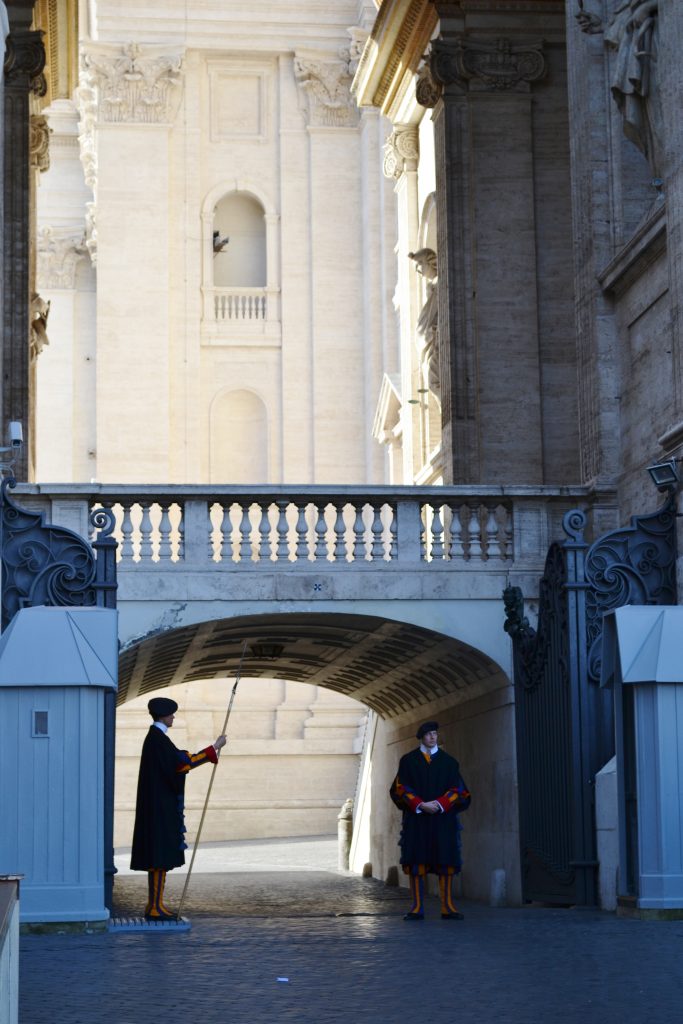
The Swiss Guards have been protecting the Vatican 24 hours a day since 1506 and is one of the oldest military units in the world. They are stationed at the Arch of the Bells’ Petrine Gate, the Bronze Door and St. Anne’s Gate. Wearing striped uniforms of blue, red, orange and yellow, they are considered the bodyguard of the Pope. Qualifications to hold the position of Swiss Guard include “unmarried Swiss Catholic Males between the ages of 19 and 30 years old who have completed training with the Swiss Armed Forces”.
Moving away from the square, I could see the spectacular façade of St. Peter’s. During my visit, preparations were underway for the Canonization Ceremony, conducted by Pope Francis. The saints that were recognized were temporarily displayed on large banners in preparation for the event.
In 1983, Pope John Paul II, began the practice of recognizing saints for their contribution to the Catholic faith. A formal process was put in place to review the life of a nominated saint, followed by the approval of the application by the Pope.
The façade of the basilica is decorated with images of those to be canonized. They included Kuriakose Elias Chavara, Nocholas Longobardi, Rosa Eluvathingal, Giovanni Antonio Farina and Ludovico of Casoria. Unfortunately, we were leaving the next day and would not be able to attend the festivities.
St. Peter’s Square is the masterpiece of Gian Lorenzo Bernini, providing a majestic entrance into the largest Basilica in Christendom. This piazza becomes a type of open-air church service for the hundreds of visitors that make their pilgrimage to seek the guidance of the Pope. It is also a serene, spiritual place for those who come for a moment of reflection and solitude. Whatever one’s reasoning for visiting St. Peter’s Square, anyone will agree that it represents those of many faiths that have a heart for the goodwill of all mankind.
Have you visited St. Peter’s Square in Rome? What was your first impression? I would love to hear about your travel to The Eternal City if you would kindly leave your message in the comments section below. Many thanks for reading about my visit to St. Peter’s Square! Wishing you many Happy Travels!
What to See and What to Do:
St. Peter’s Square
Piazza San Pietro
00120 Città del Vaticano
Vatican City
Telephone: +39 06 0608
Where to Stay:
Courtyard Rome Central Park
Via Giuseppe Mosacti 7
Rome 01168 Italy
Telephone: +39 06 355741
Where to Eat:
Pastasciutta
Via delle Grazie 5
00193, Rome Italy
Telephone: +39 333 650 3758
The first day I tried this restaurant, I ordered the Pappardelle alla Carbonara. I had been waiting for the opportunity to try this Italian dish and fell in love!
My second day of visiting, I tried the Pappardelle ai funghi (mushrooms). Excellent for the price!
What to Eat:
- Artichokes: steamed or fried
- Cacio e Pepe: Cacio is a type of cheese from Rome’s countryside made from sheep’s milk. The dish is served over pasta and seasoned by black pepper.
- Carbonara: creamy white pasta served with pancetta and noodles
- Gelato: You have not had gelato until you have had it in Rome!
- Maritozzi is a popular breakfast pastry with chocolate chips served with espresso. Some maritozzi are filled with cream as well.
- Pecorino Romano cheese
- Pizza al Taglio is Rome’s answer to pizza with red sauce, meats, vegetables and cheeses. I also love the Italian margarita pizza with red sauce, mozzarella cheese and topped with basil.
- Porcetta: Pork wrapped around herbs and roasted on a spit
- Saltimbocca is a dish made with veal and sage wrapped in prosciutto, cooked in white wine and butter.
- Suppli is considered an Italian snack made of rice and meat with tomato sauce and filled with mozzarella cheese and then deep-fried. It reminds me of arancini in the US.
Where to Drink:
Il Goccetto (for wine)
Via dei Banchi Vecchi, 14
00186, Roma RM, Italy
Telephone: +39 06 9944 8583
Terrazza Borromini
Via di Santa Maria dell’Anima, 30A
00186 Roma RM, Italy
Telephone: +39 06 6821 5459
While the drinks are pricey, it will be worth the cost for the fabulous views.
What to Read:
- Imperium, by Robert Harris
- Roma, by Steven Saylor
- SPQR, by Mary Beard
- The Twelve Caesars, by Robert Grave
Photo Guide for Rome:
- Campo de’ Fiori for photos of the market
- The Colosseum
- Monti for upscale boutiques, restaurants and vintage stores
- The Pincio Terrace overlooking Piazza del Popolo in northern Rome
- The top of St. Peter’s Basilica
- Trastevere neighborhood for scenic alleyways, artisan workshops, the piazza at sunset, and tiny boutiques. Find the corner of Vicolo delle Torro off of Via della Lungaretta for photo-worthy pics.
- Trevi Fountain
A beautiful view of St. Peter’s Square at night
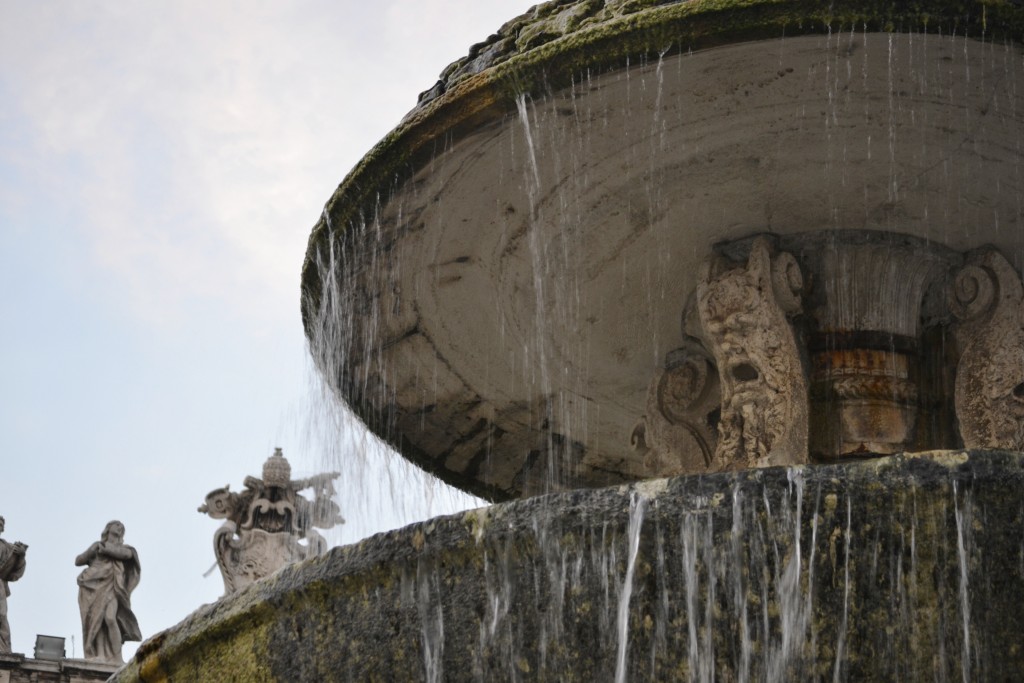
The interesting faces on the fountains at St. Peter’s Square
